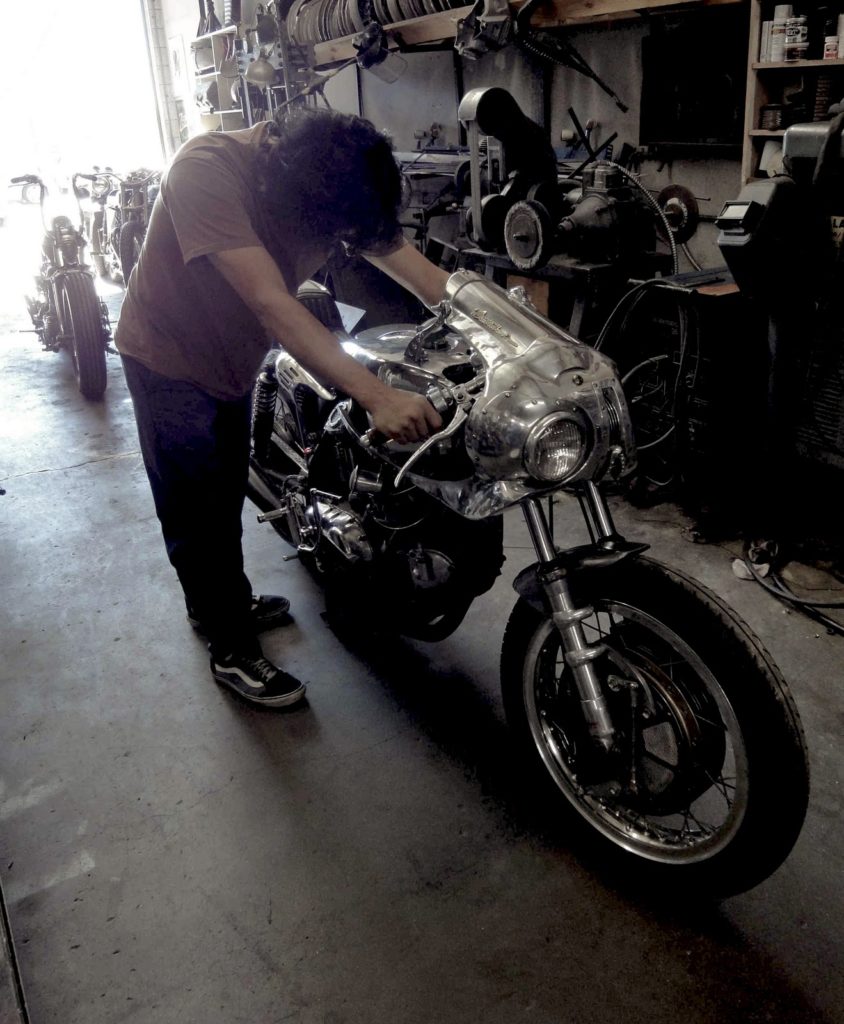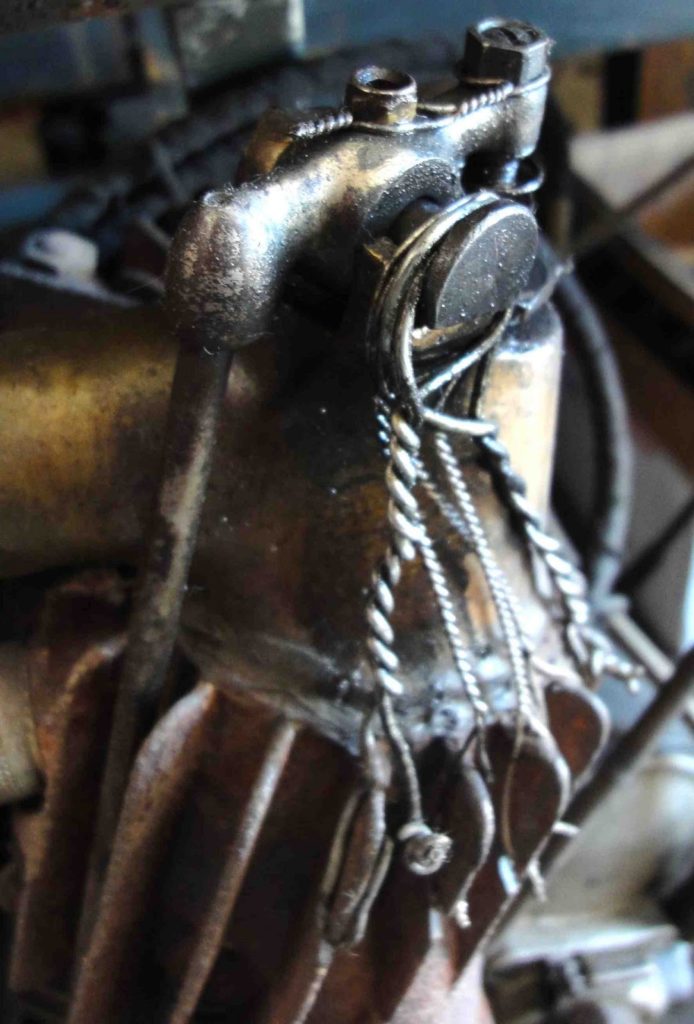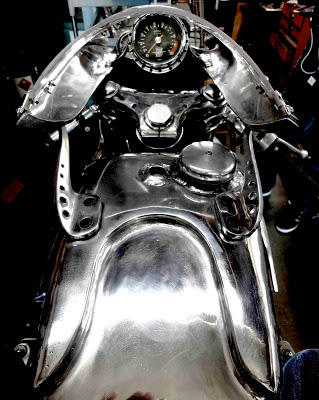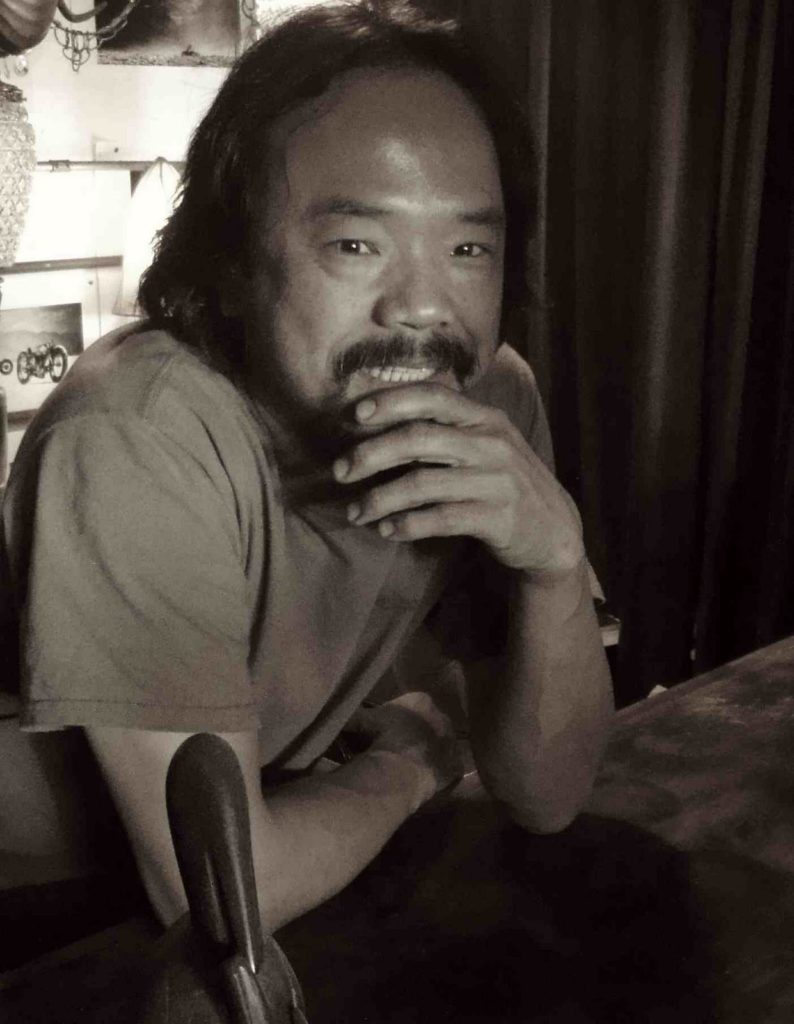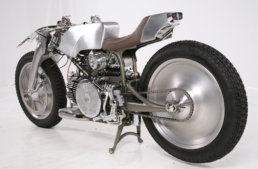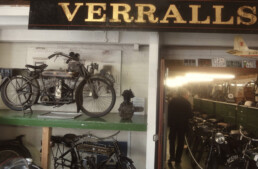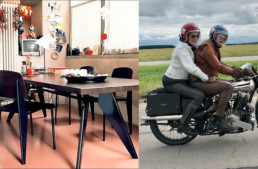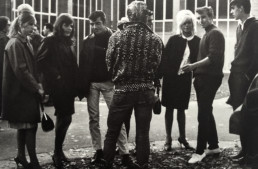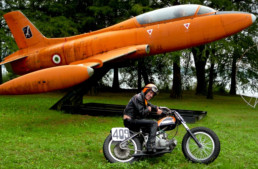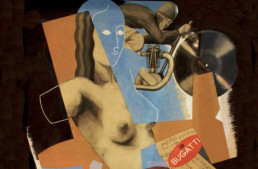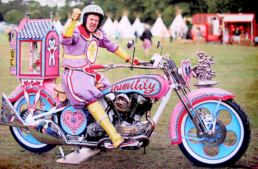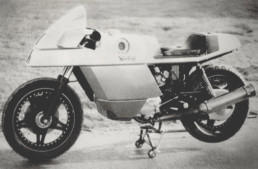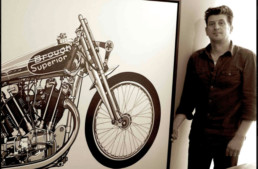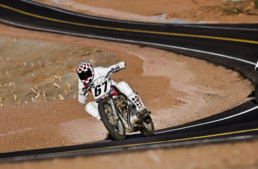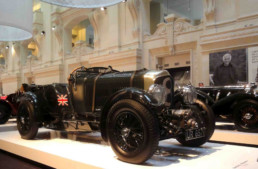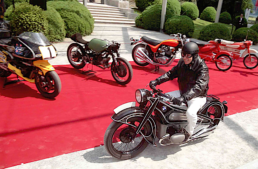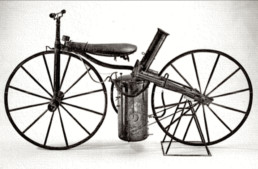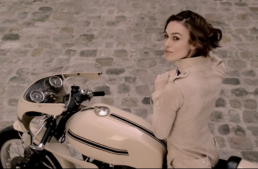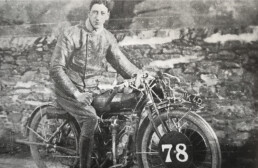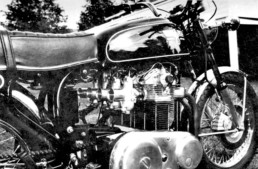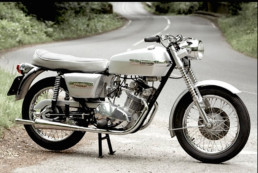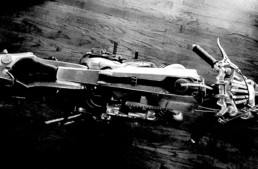Nuovo Nuovo Falcone Cafe
Just when you thought all Custom shows were tail-chasing exercises in better-bobberism, Don Cronin delivers a Moto Guzzi Nuovo Falcone updated for the 21st Century. Don's custom shop in Ireland - Medaza - focusses on Italian powerplants for his creations; Ducati, Moto Morini, Moto Guzzi.
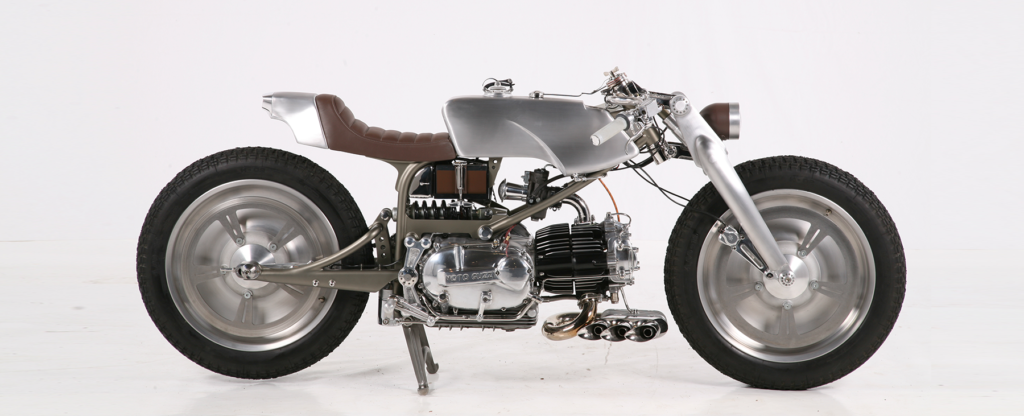
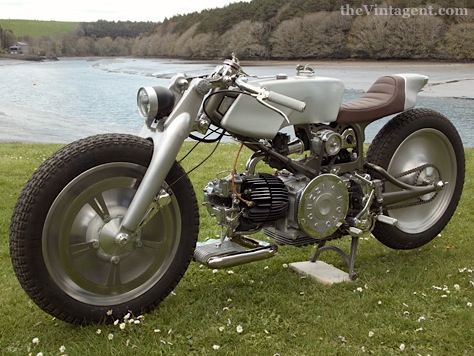
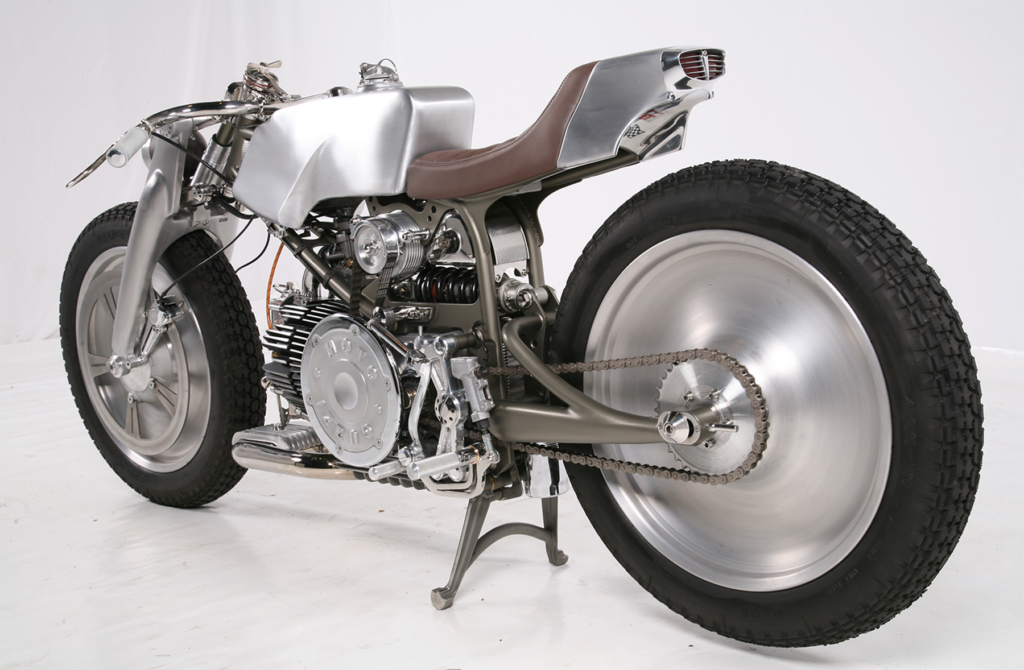
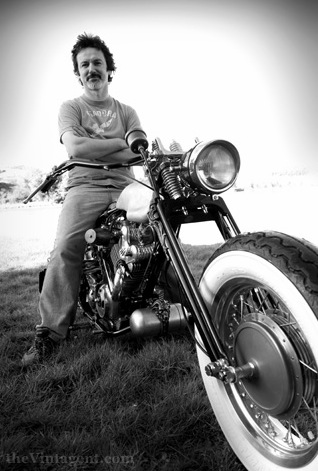
A Visit to Verralls
I don't often get the chance to stop in Verralls in Handcross, just south of London, but it's a venerable place with a great selection of older motorcycles, and a great pleasure to visit. Ian Hatton, who took over the business when Brian Verrall died a few years ago, has been a pal since 1987, when he was a lowly mechanic on Brian's machines (and about 19 years old, while I was a lofty 25). Ian liked my painted-up Velocette jacket, and I purchased an MZ 250 from his father, which I then rode to the Soviet border and back in a great loop around Western and Eastern Europe, a trip of many thousands of miles - all on back roads, with zero mechanical trouble. That's another story, but we've since remained friends, and I've long been a fan of the business. Ian has continued Brian's policy of looking after machines they've sold - if there's a problem, they'll deal with it, usually for free (unless you run the bike without oil). Enjoy this brief tour!
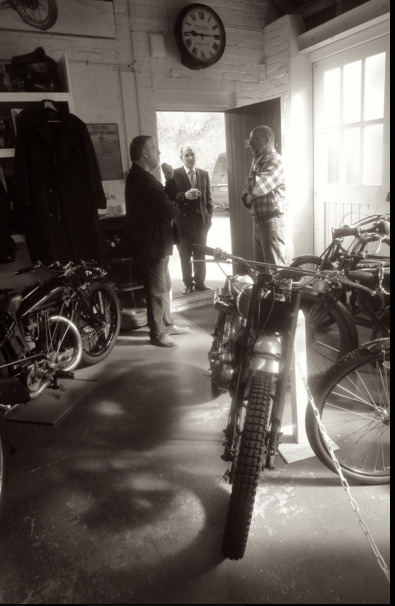
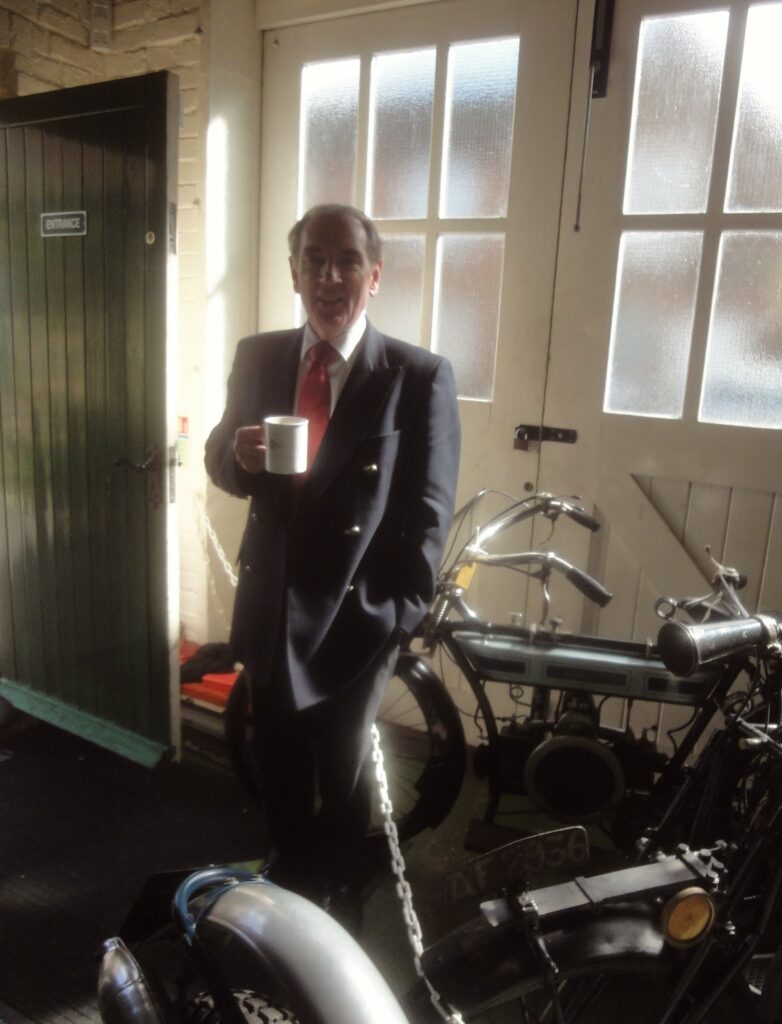
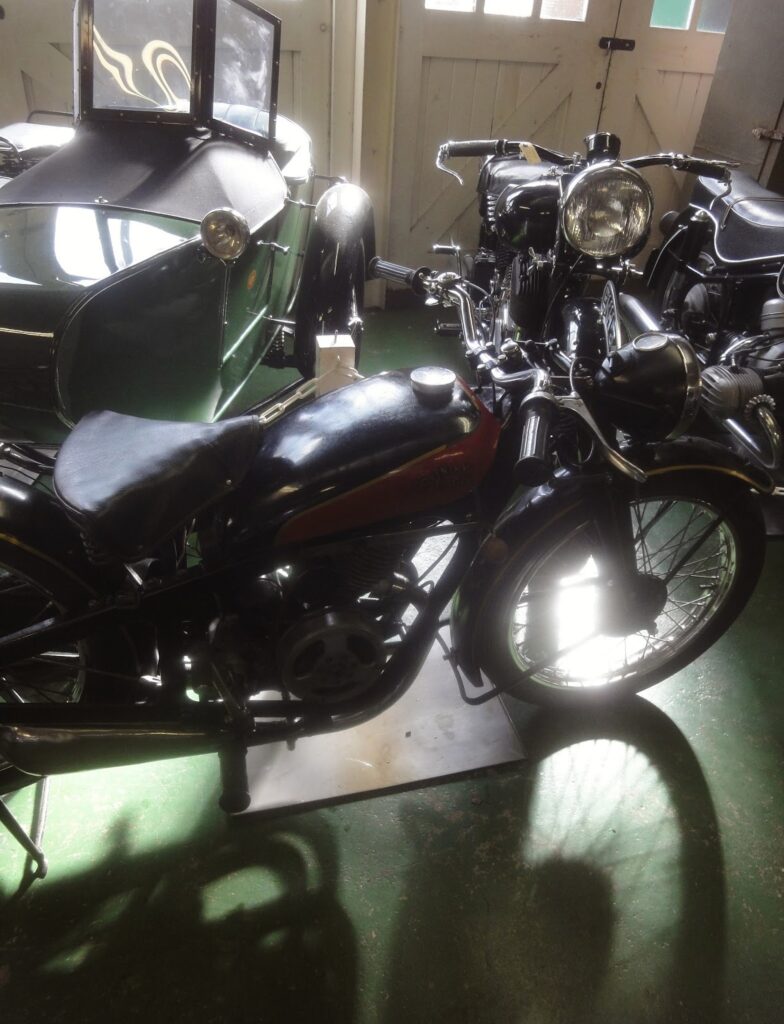
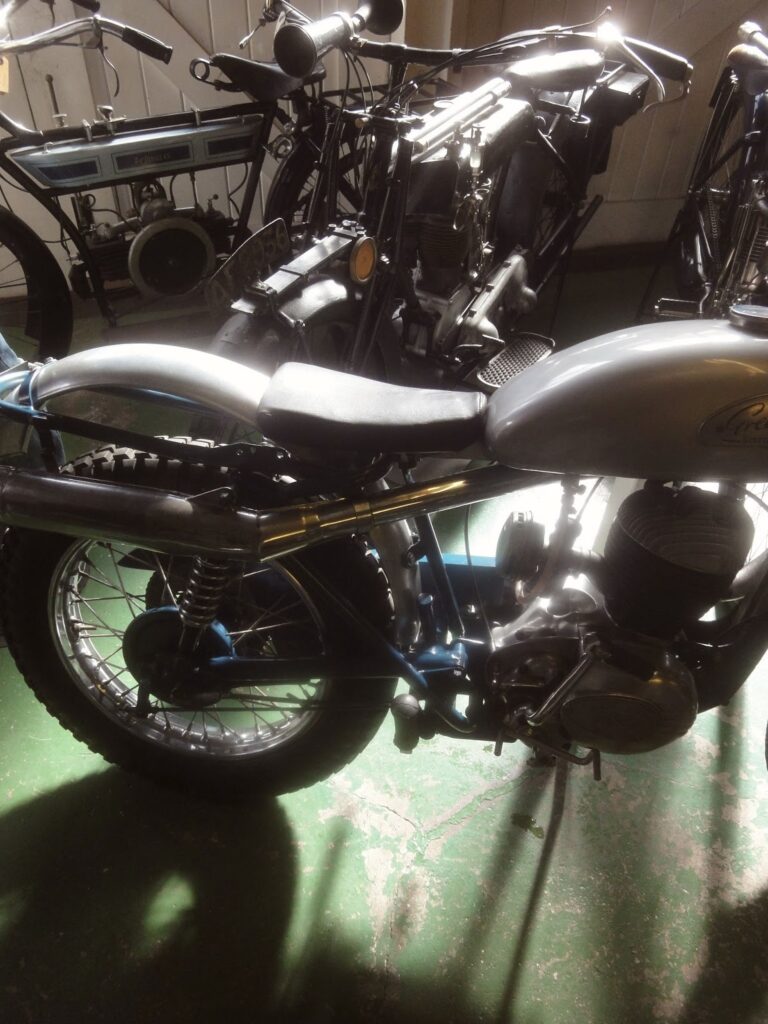
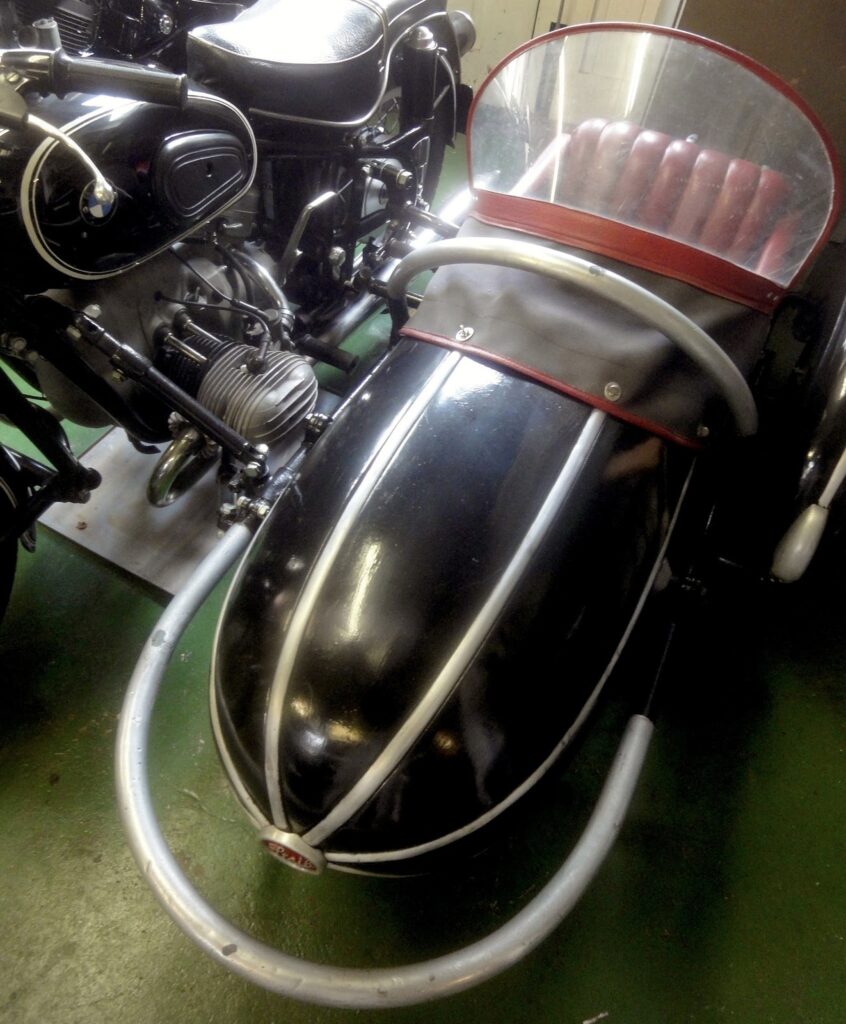
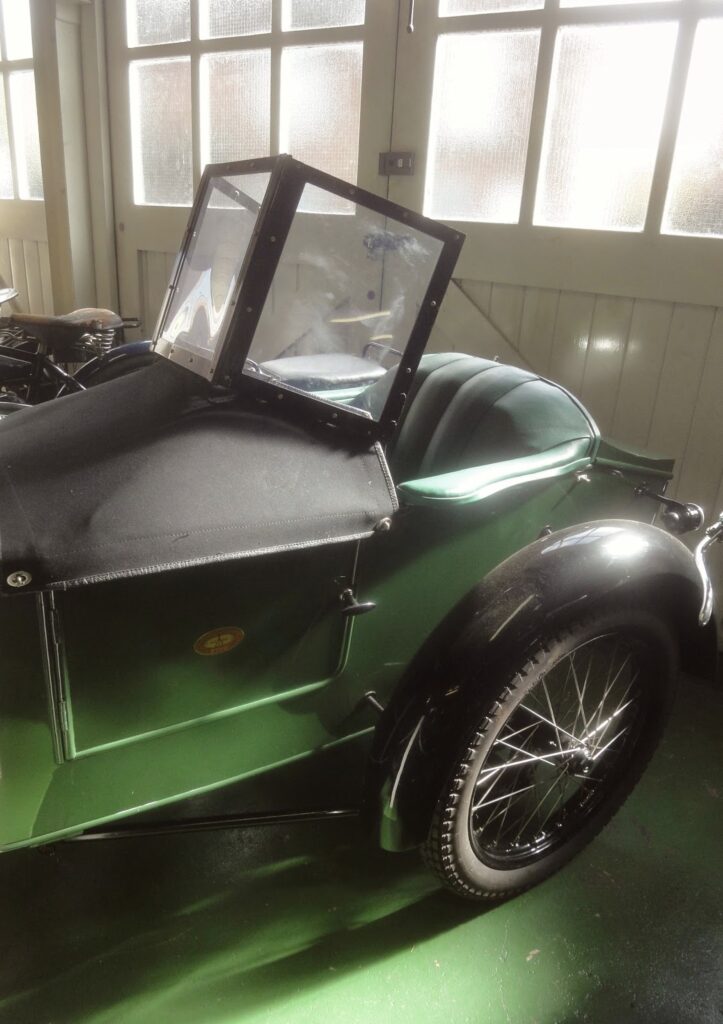
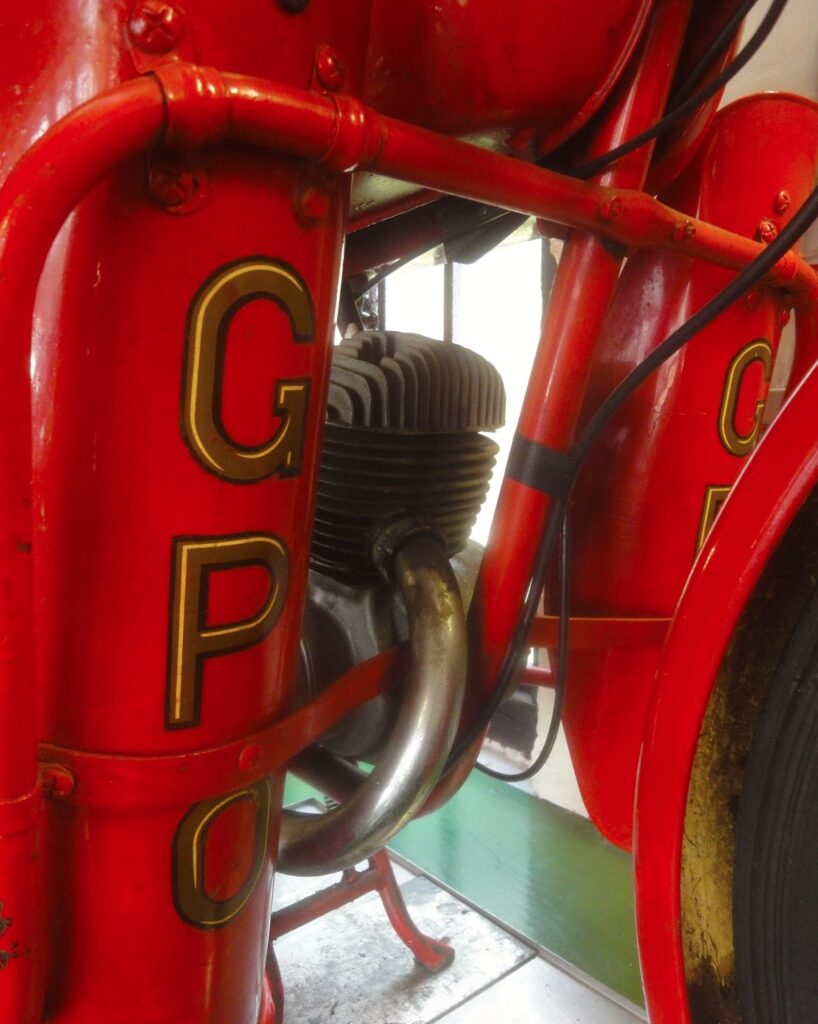
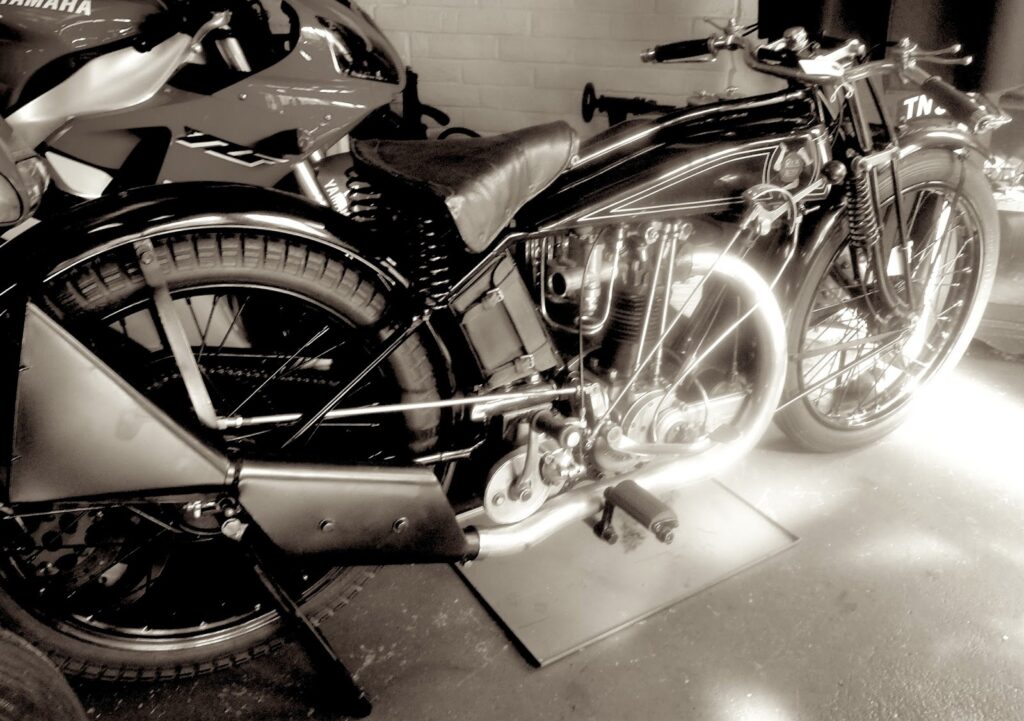
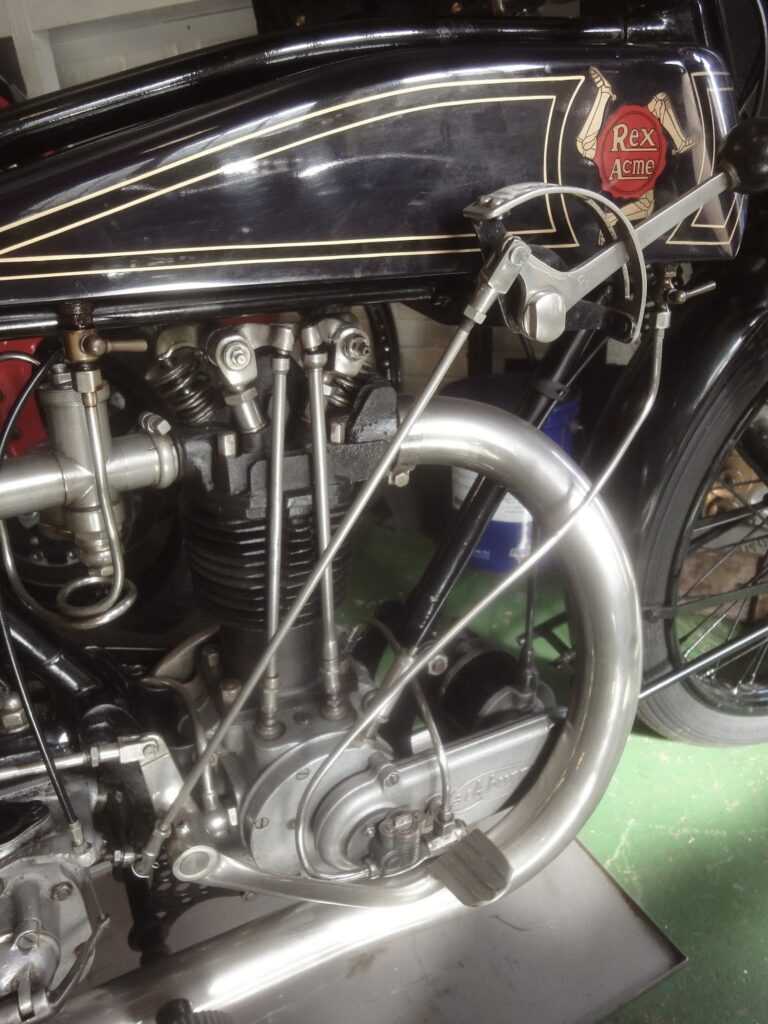
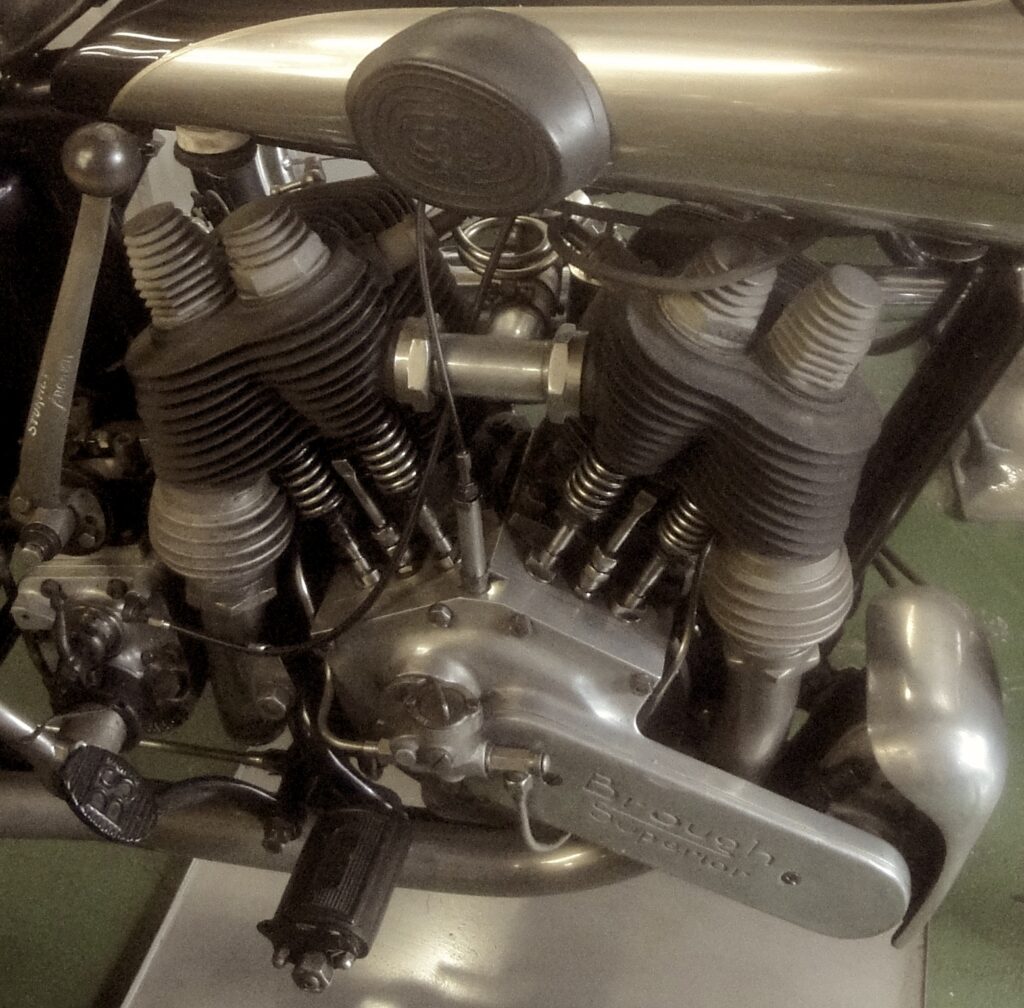
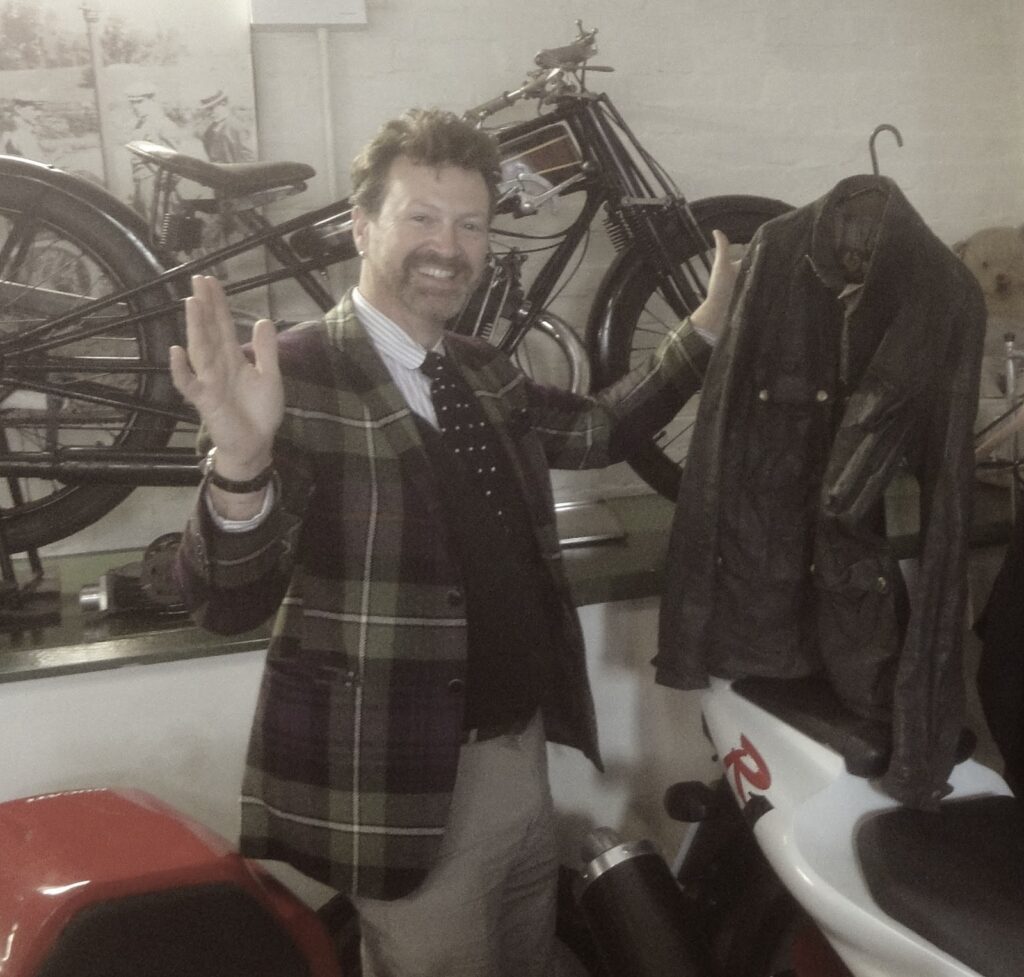
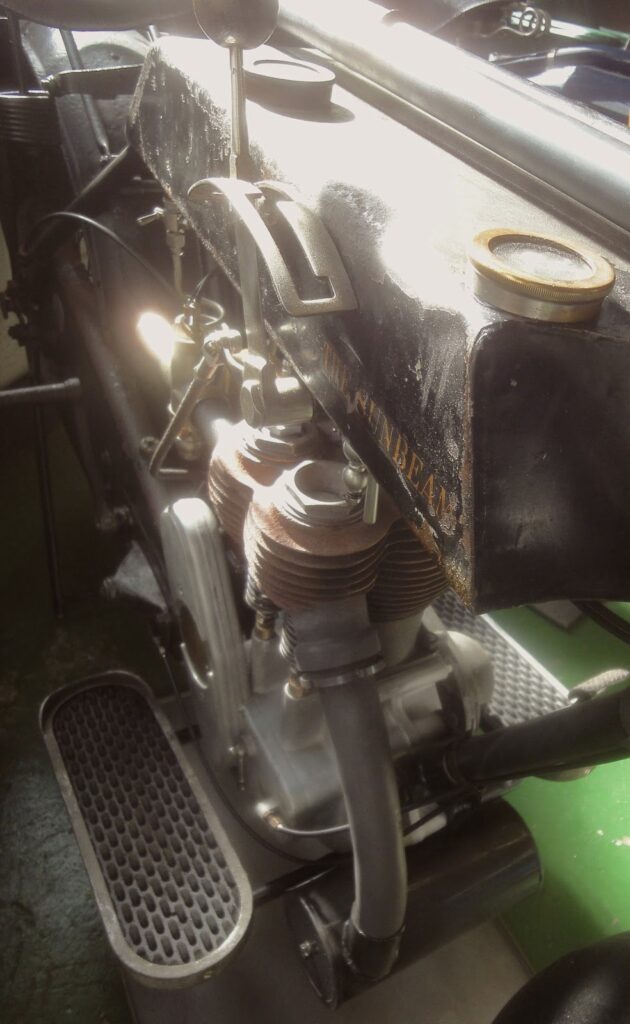
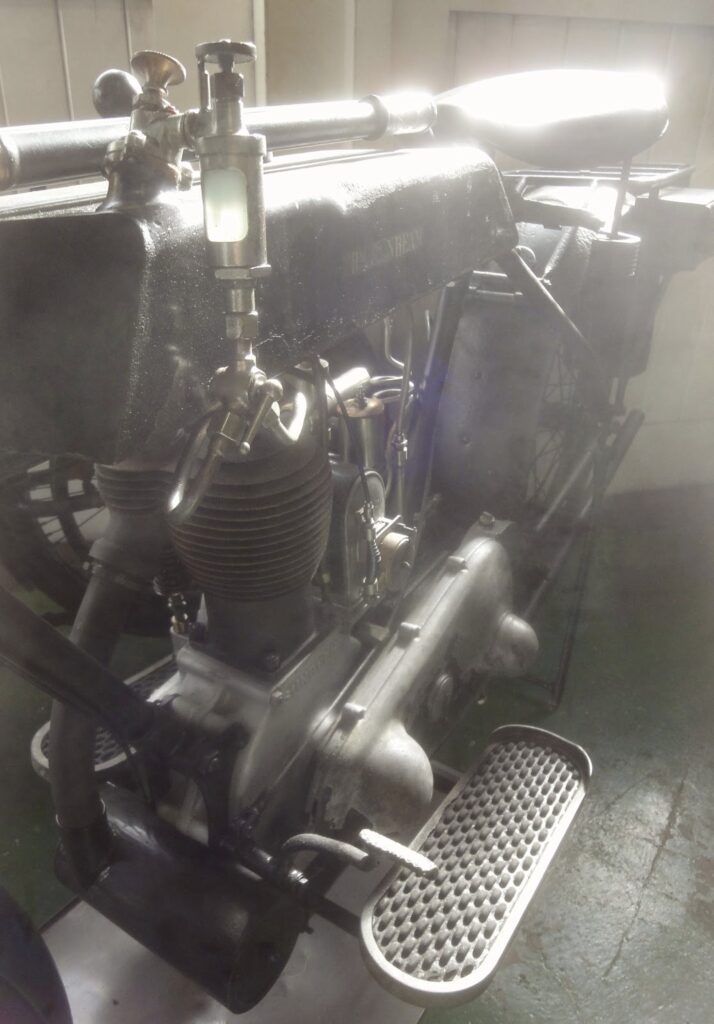
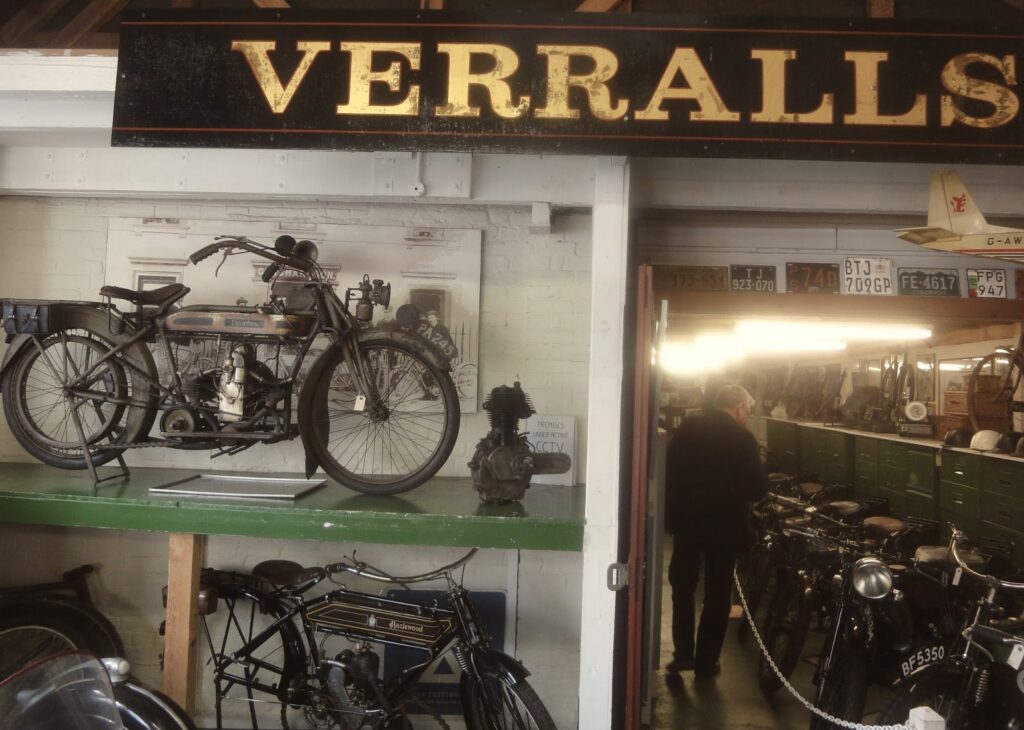
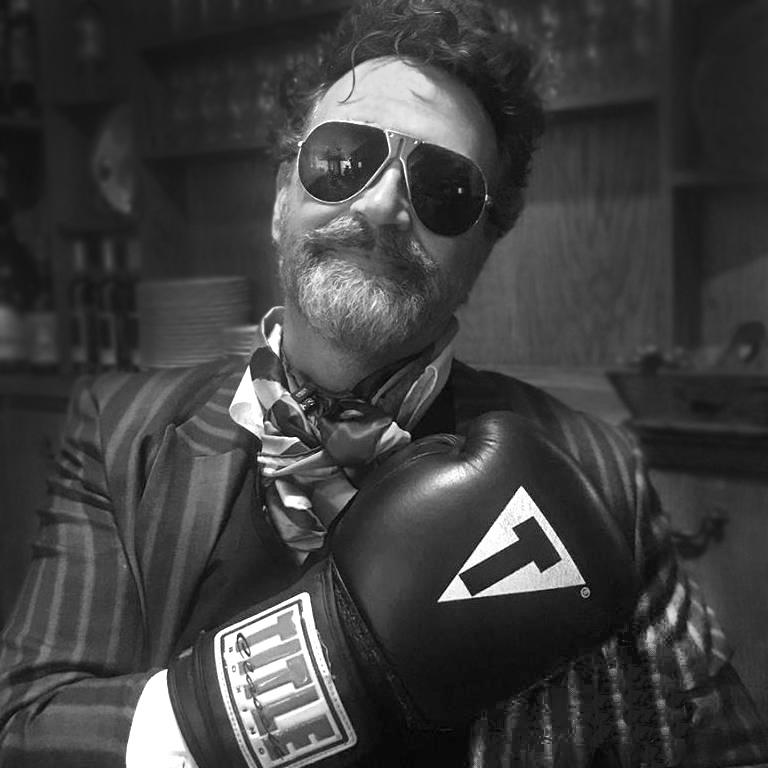
Prouvé, Ennui, and the Problem of Cash
I have a friend in Paris – Yves - with a lovely Jean Prouvé dining table he found cheap at the flea market (les Puces!) years ago, when Prouvé was iconic to connoisseurs, but not especially valuable. That changed; Prouvé is dead, his work is brilliant, and greed-panic is symptomatic of our 21st Century consciousness, so Yves’ dining table is worth well north of a Million, in whatever currency you care to calculate. Yet he still uses that table, every day.
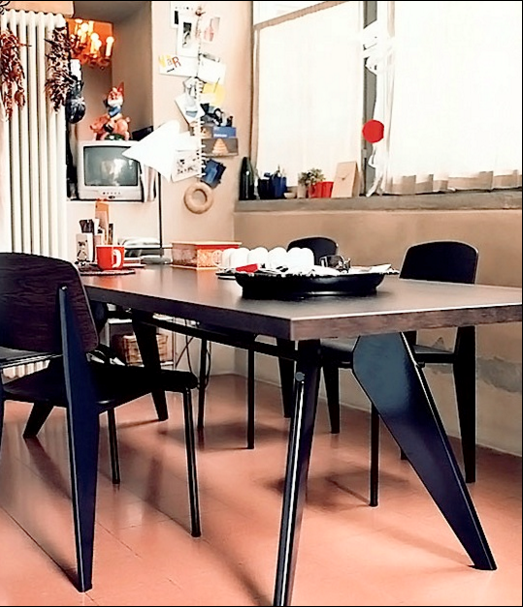
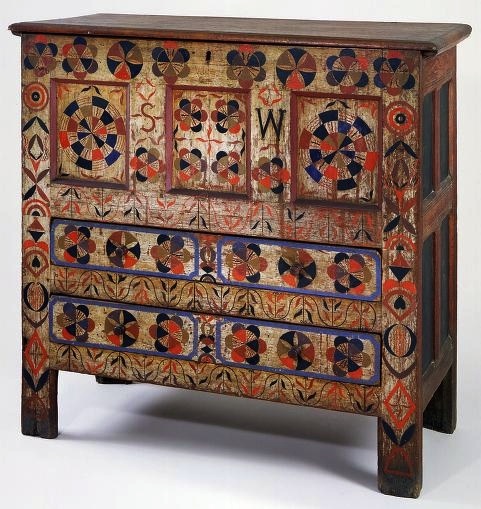
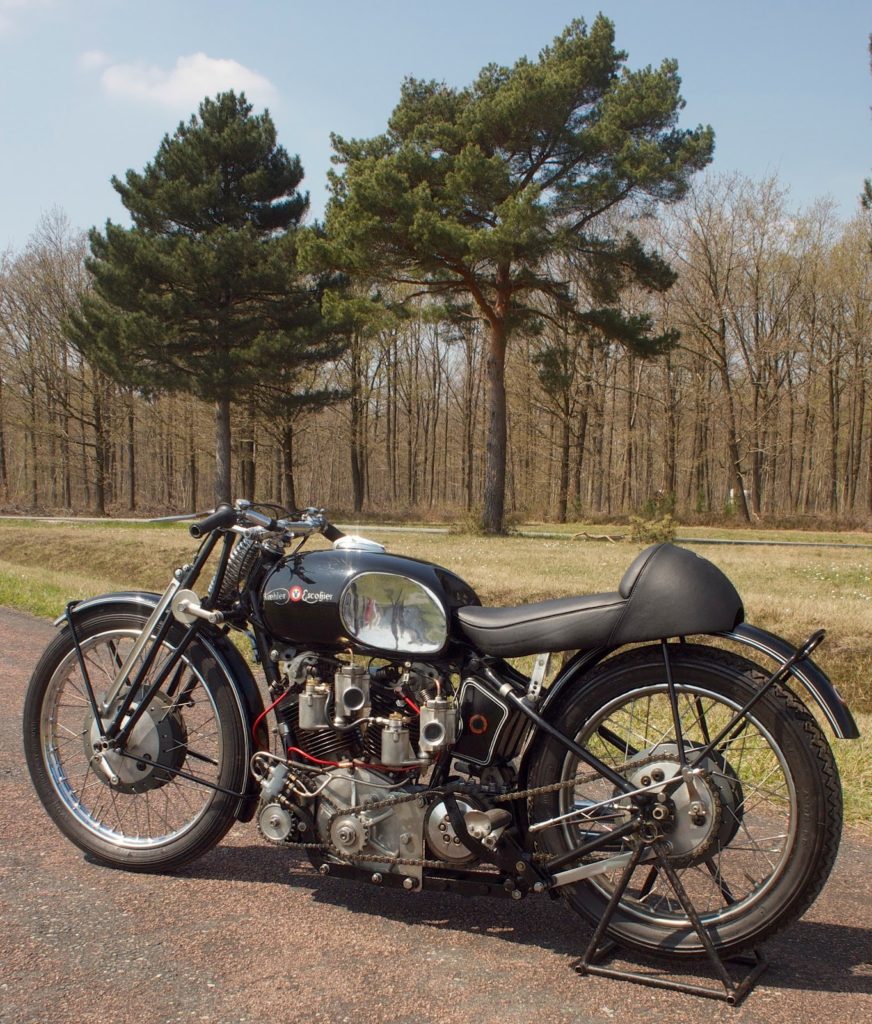
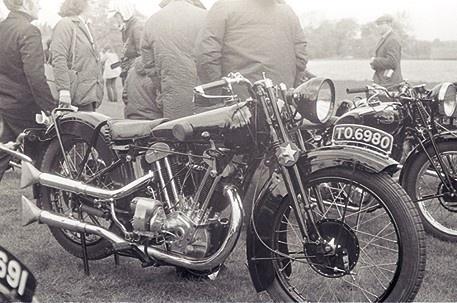
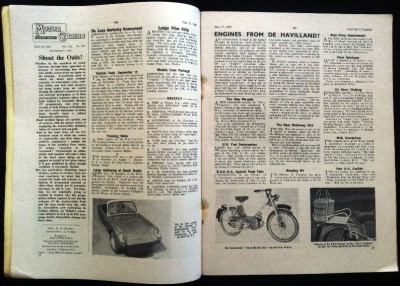
Looking at 1960s private adverts can be a painful experience! [Paul d'Orleans]

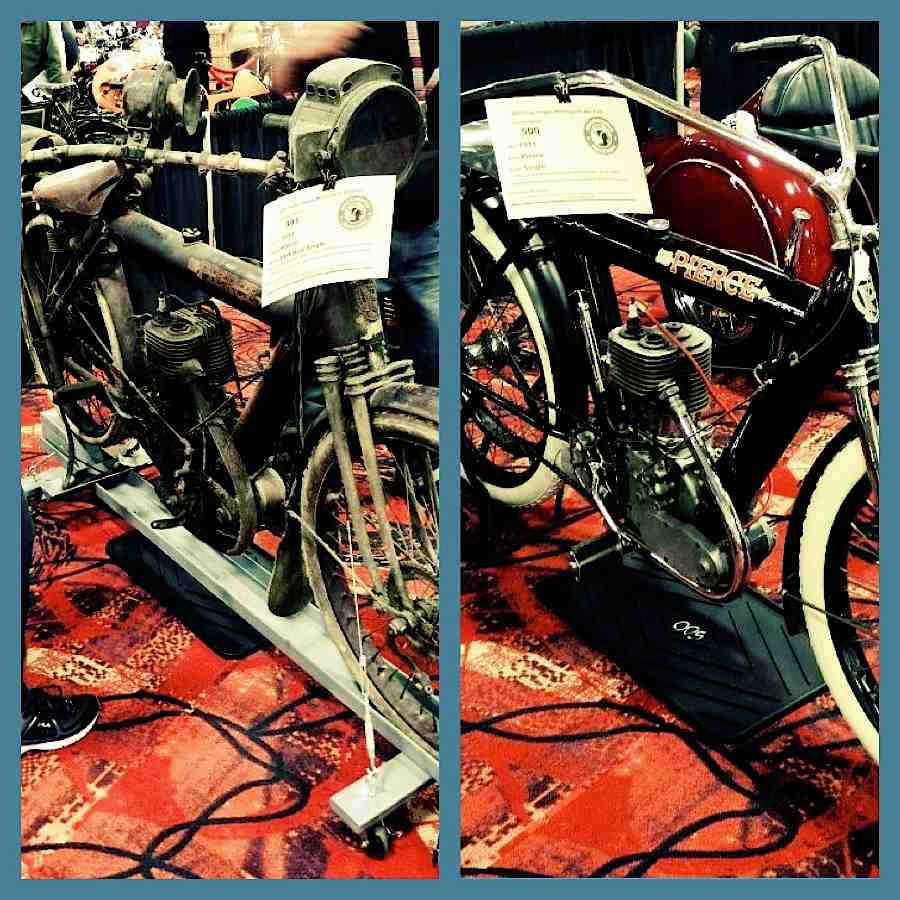

Biker Chic
It just keeps coming back, like Herpes, and now Biker Chic is stronger than ever! Every major fashion house has re-discovered the magnetic sexual pull of the black-clad motorcyclist, and cargo ships from China and Pakistan are foundering under the weight of thousands of cheap leather jackets headed to our shores.
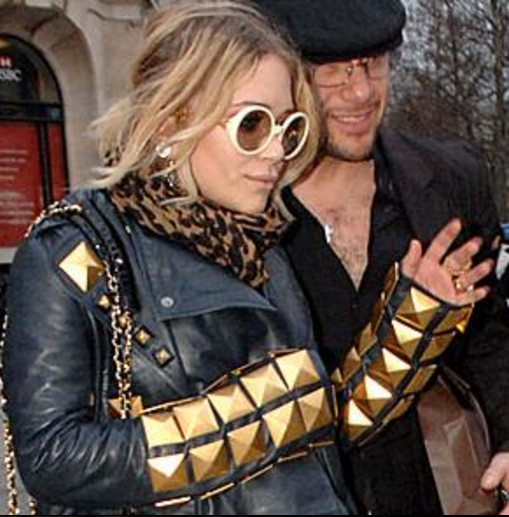
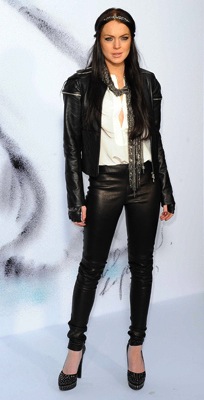
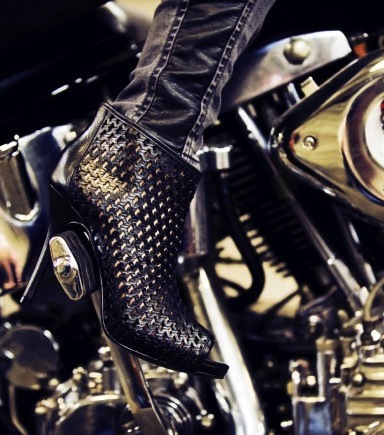
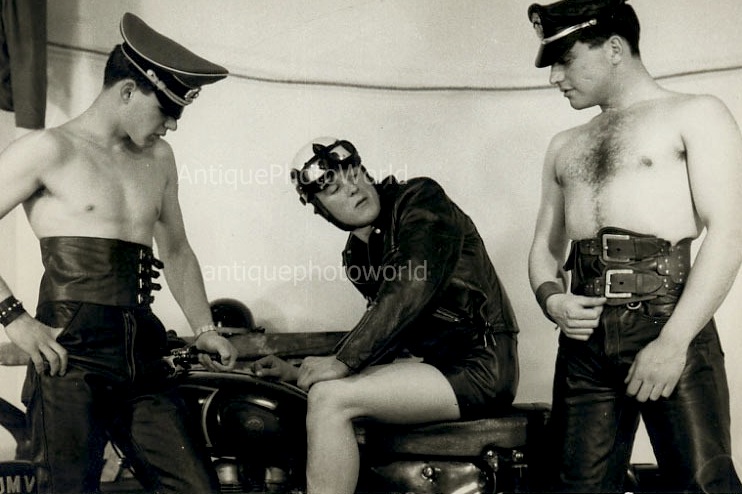
Denis Sire; 'Baron d'Holbach'
Galerie Jean-Marc Thévenet in Paris exhibited (thru Dec.5, 2012) the work of legendary motoring artist Denis Sire, champion of inserting fantastical pinup girls into historical situations. Sire was born in 1953 at Saint Nazaire on the Atlantic coast of France, and studied art in Paris at ‘L’Ecole des Arts Appliqués. His work is most familiar to 1980s readers of Playboy and Heavy Metal magazines, and I've had a copy of his Velocette Thruxton sketch on the wall of my office for decades, admiring his outrageous mix of scantily clad femininity with hot rods, record breakers, fighter planes, and motorcycles. Meeting Sire in person last February at Rétromobile in Paris, I discovered he also possesses a unique sense of style, befitting his outré artistic ouevre.
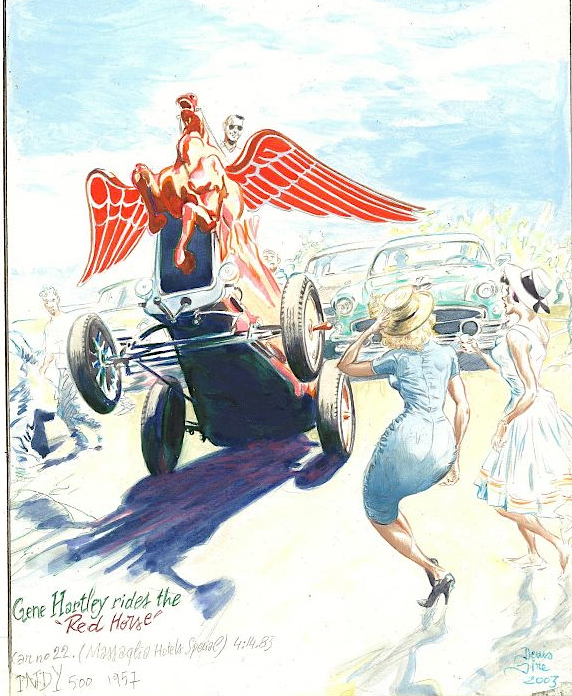
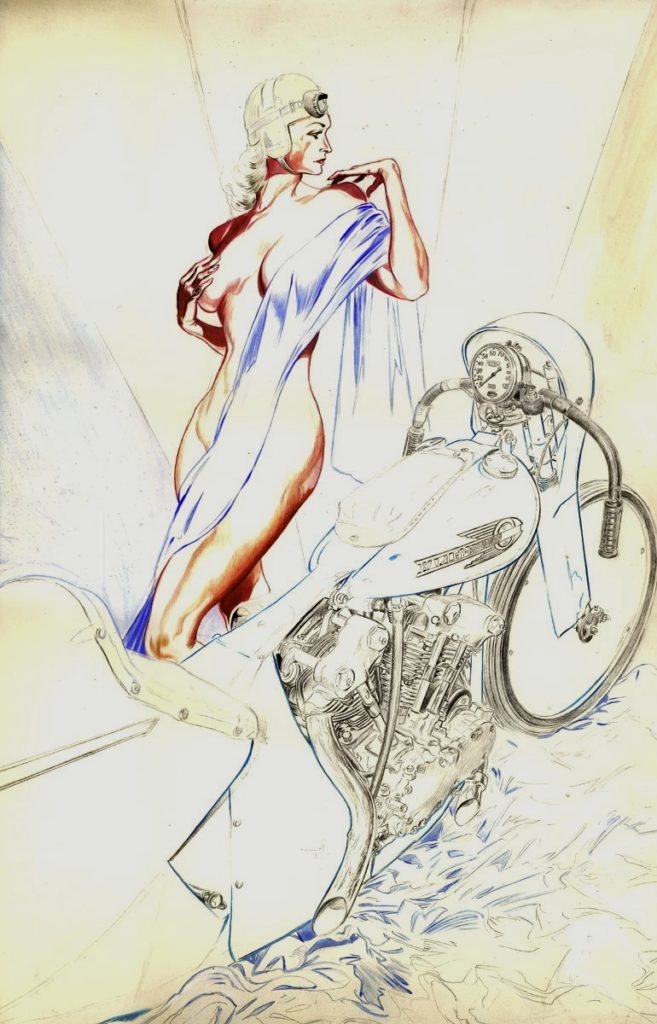
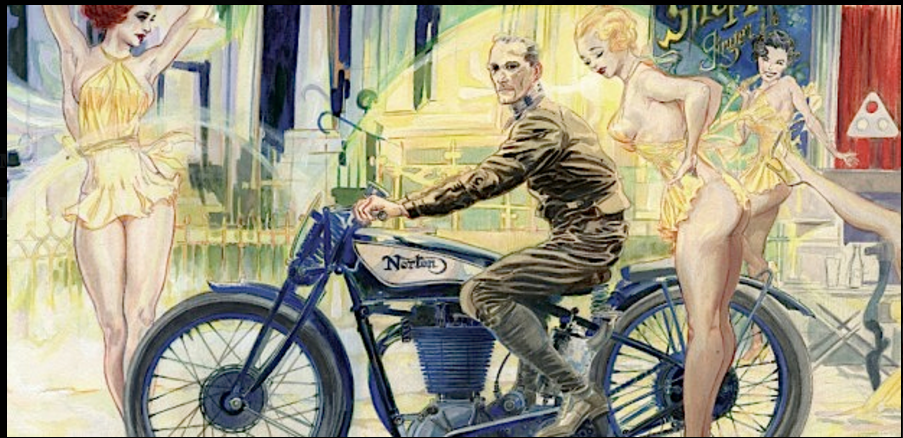
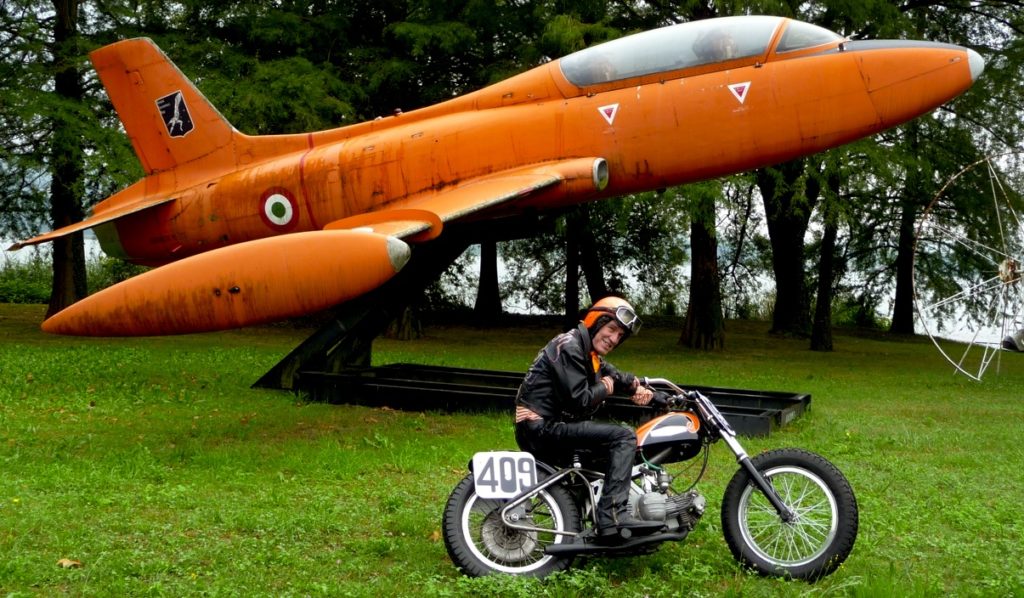
All artwork images courtesy and copyright Galerie Jean Marc Thévenet

3 Days in Paris: Retromobile 2012
Retromobile's star has faded in the past two years for motorcyclists and vintage car enthusiasts, as the show's management has effectively nixed two-wheel participation in favor of more space for new car manufacturers. The increases in per-square-metre cost (previously, a lower rate applied to bike booths) have begun to squeeze out the smaller autojumble traders who previously made up a healthy proportion of the floor space at the Parc des Expositions, while the show was shortened to 5 days from the previous luxury of 10.
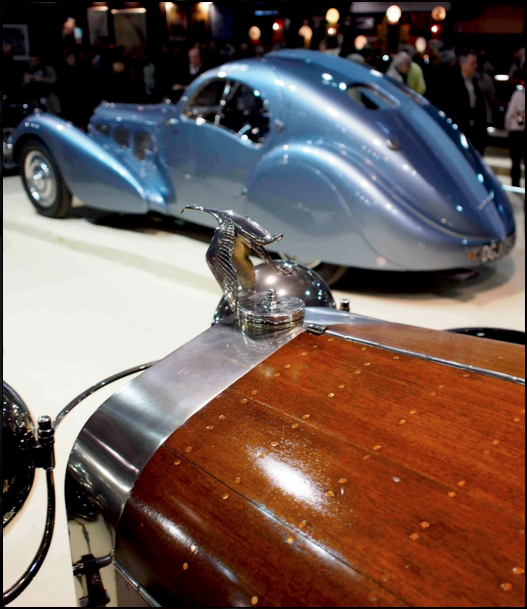
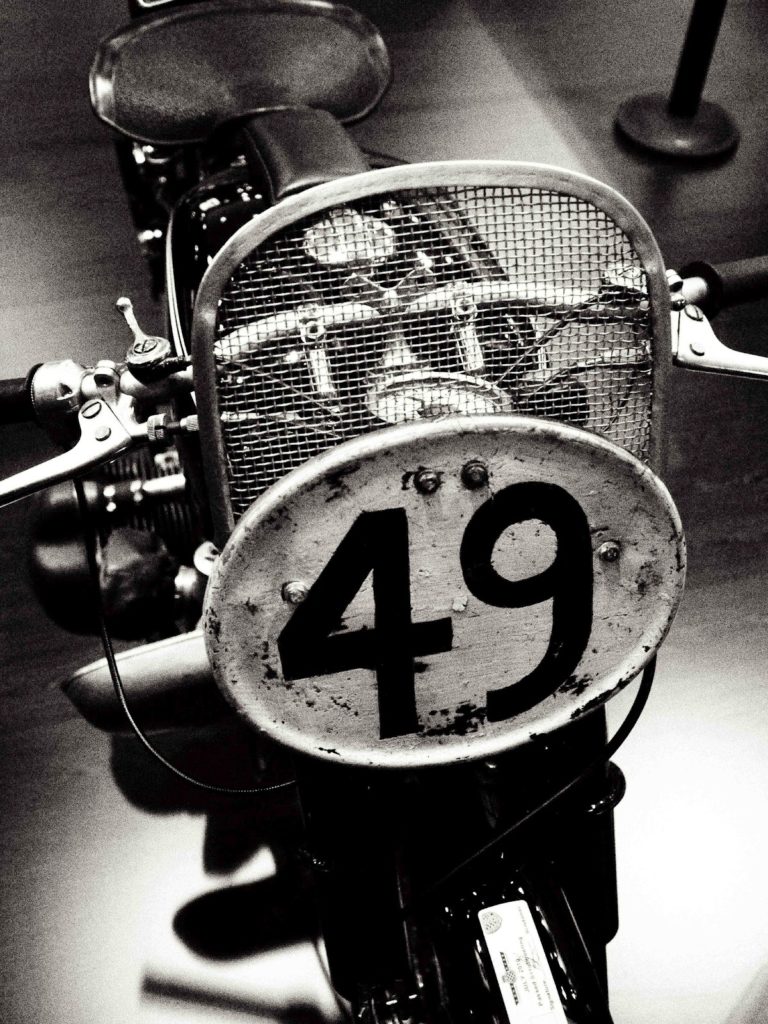
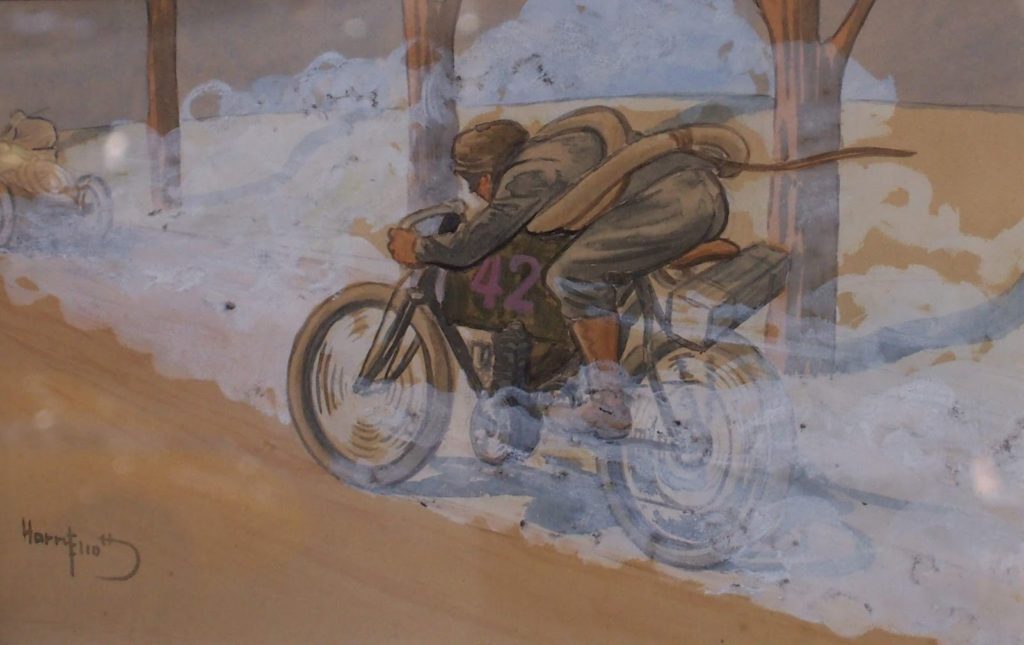
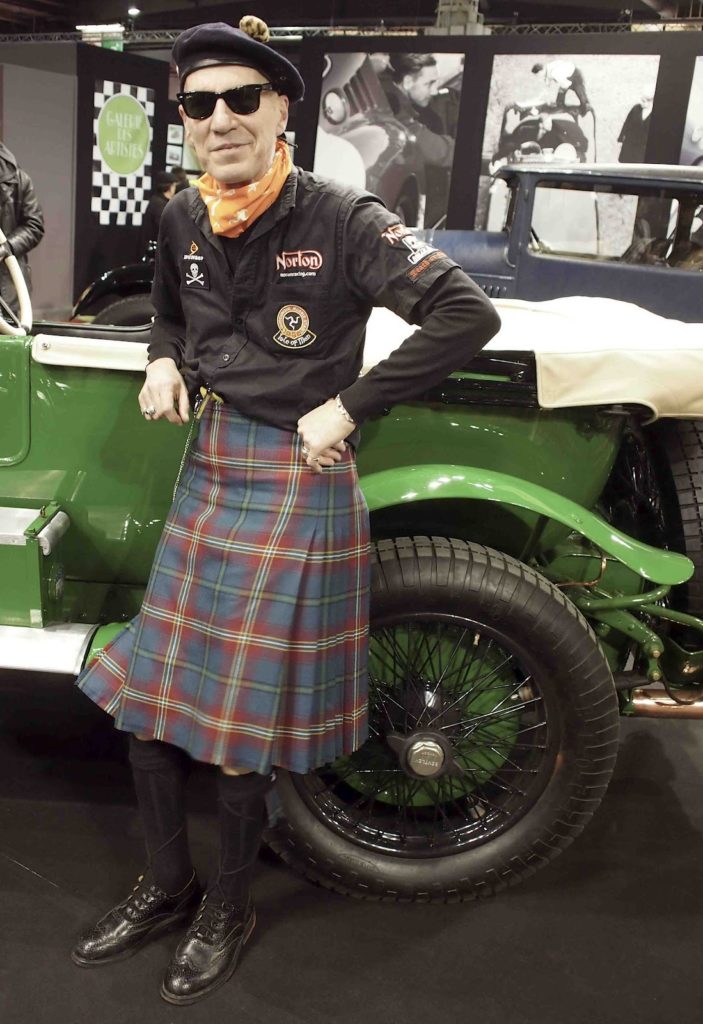
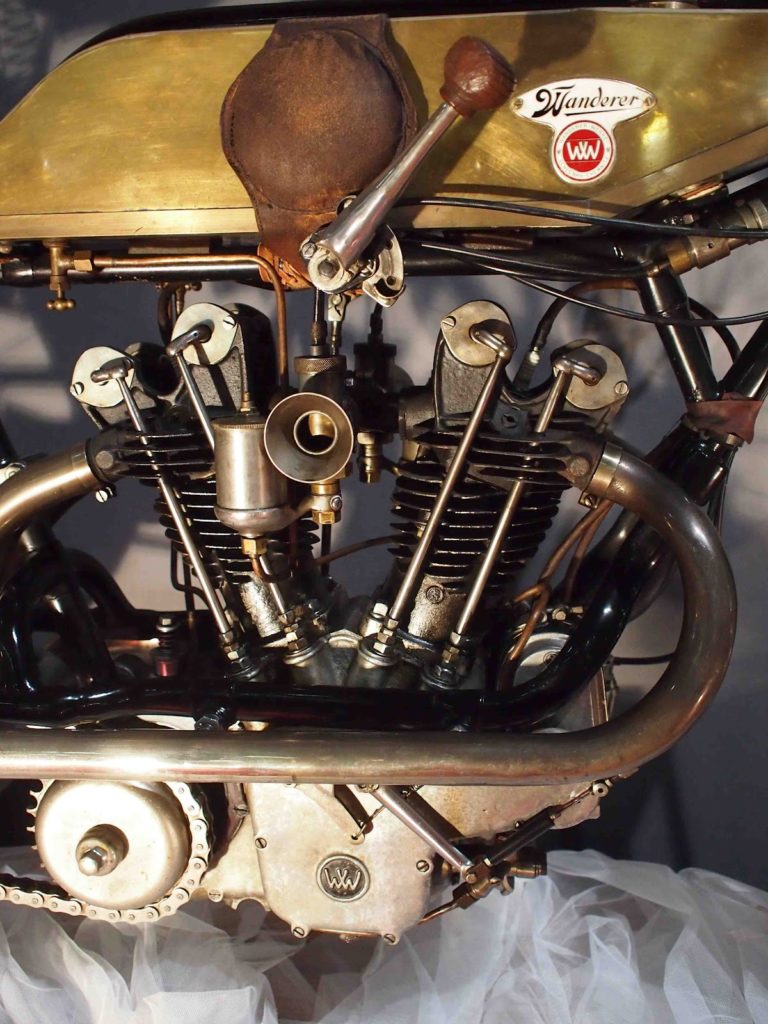
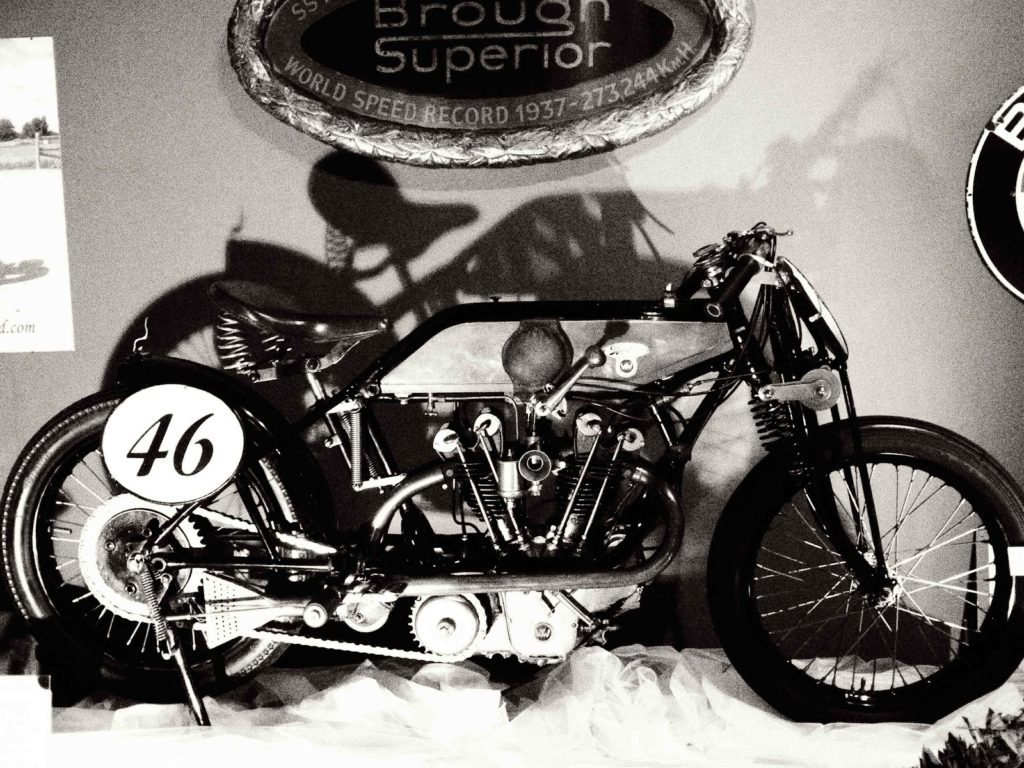
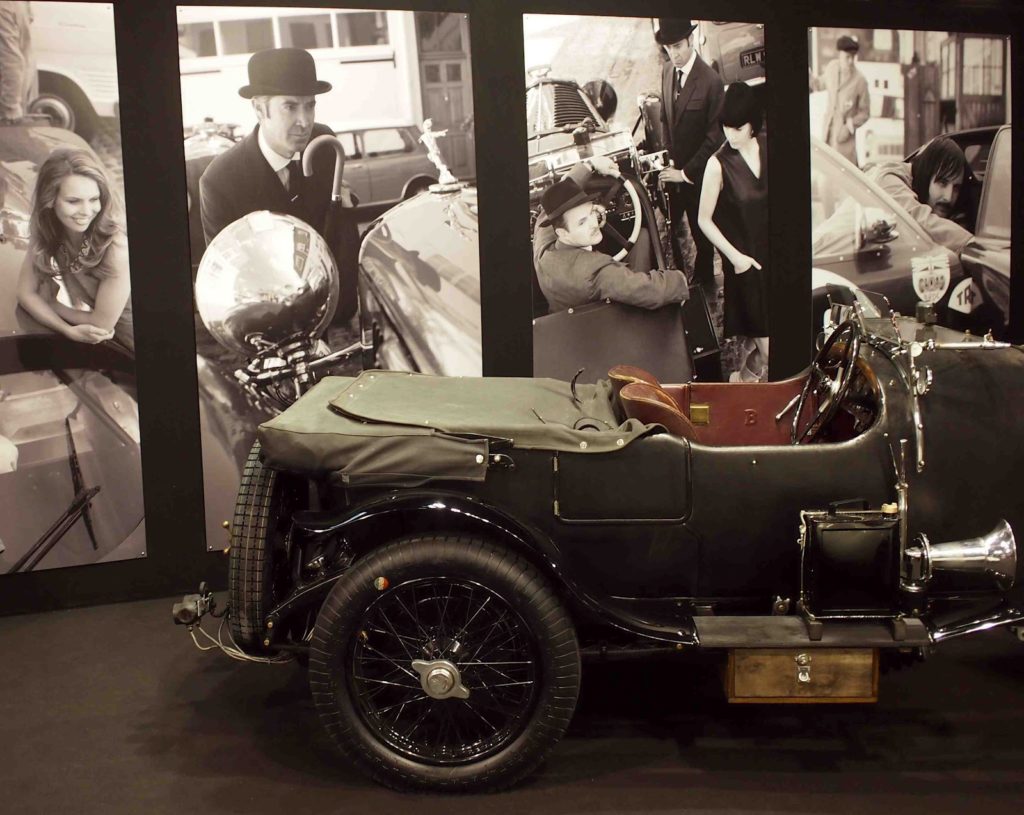
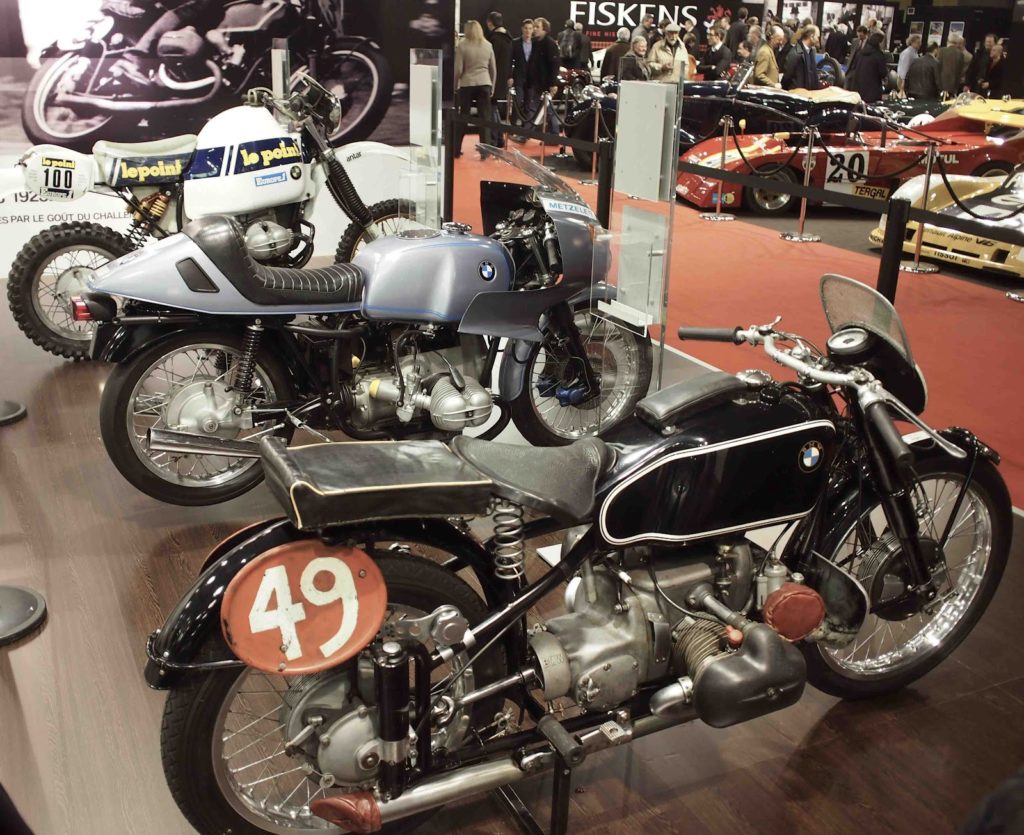
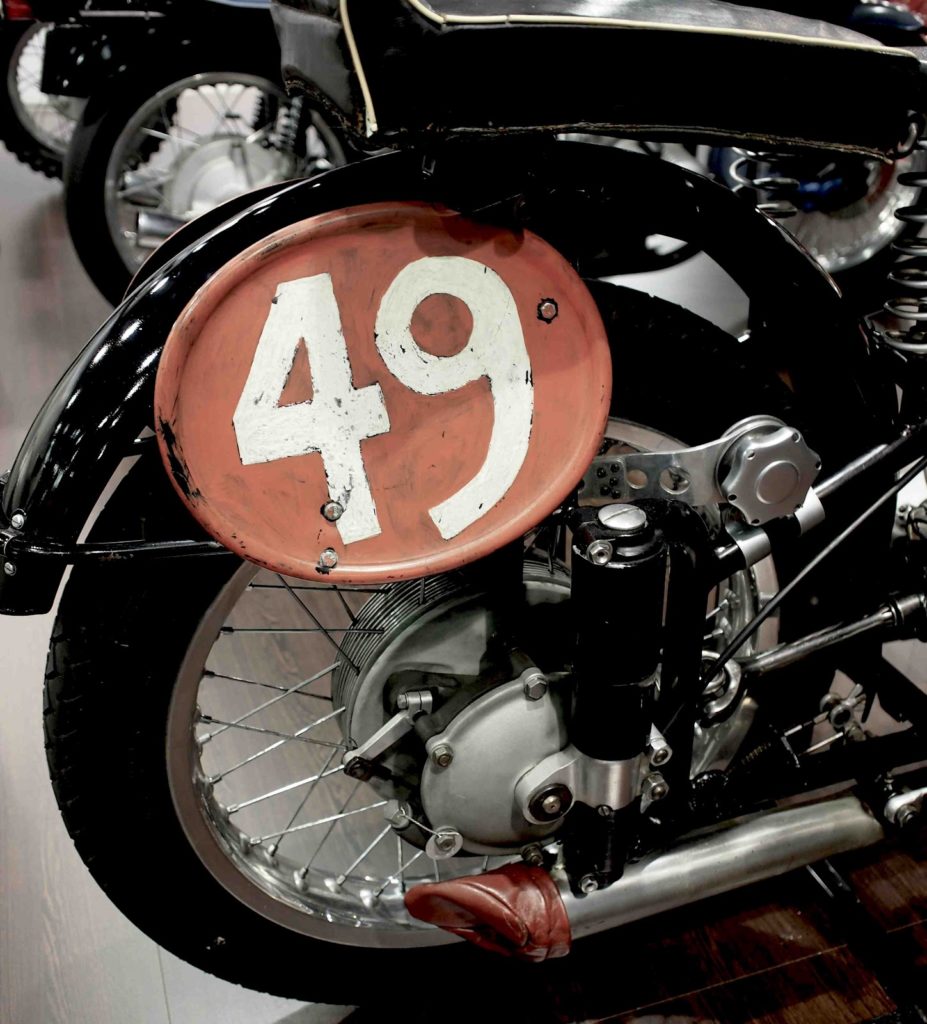
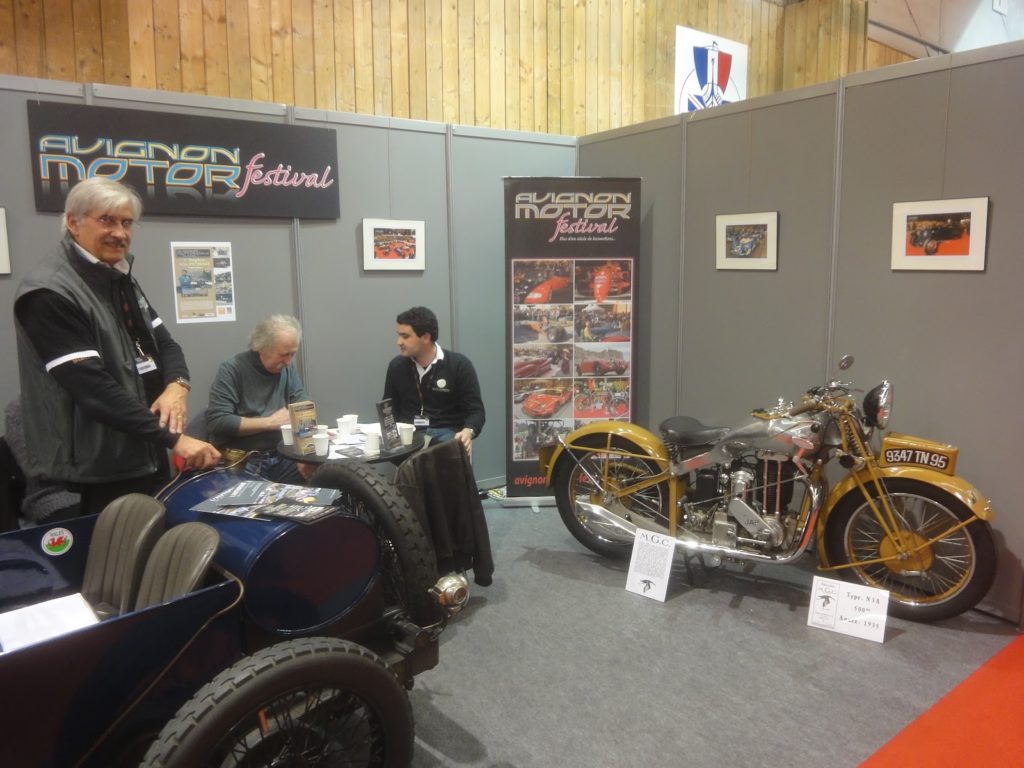
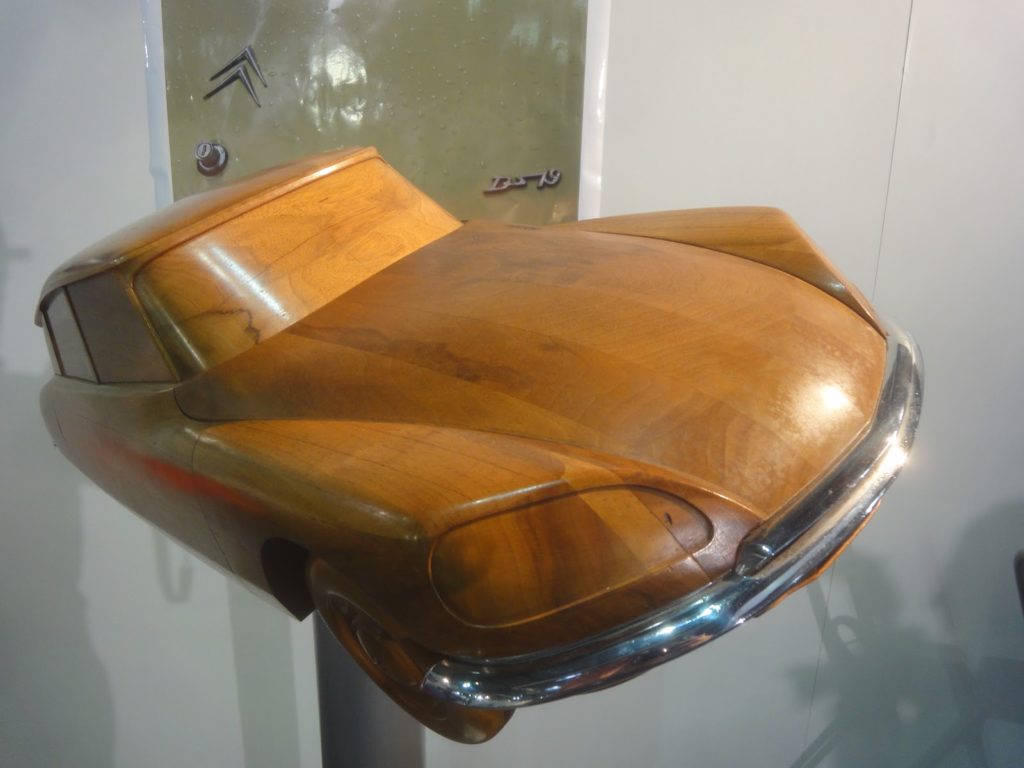
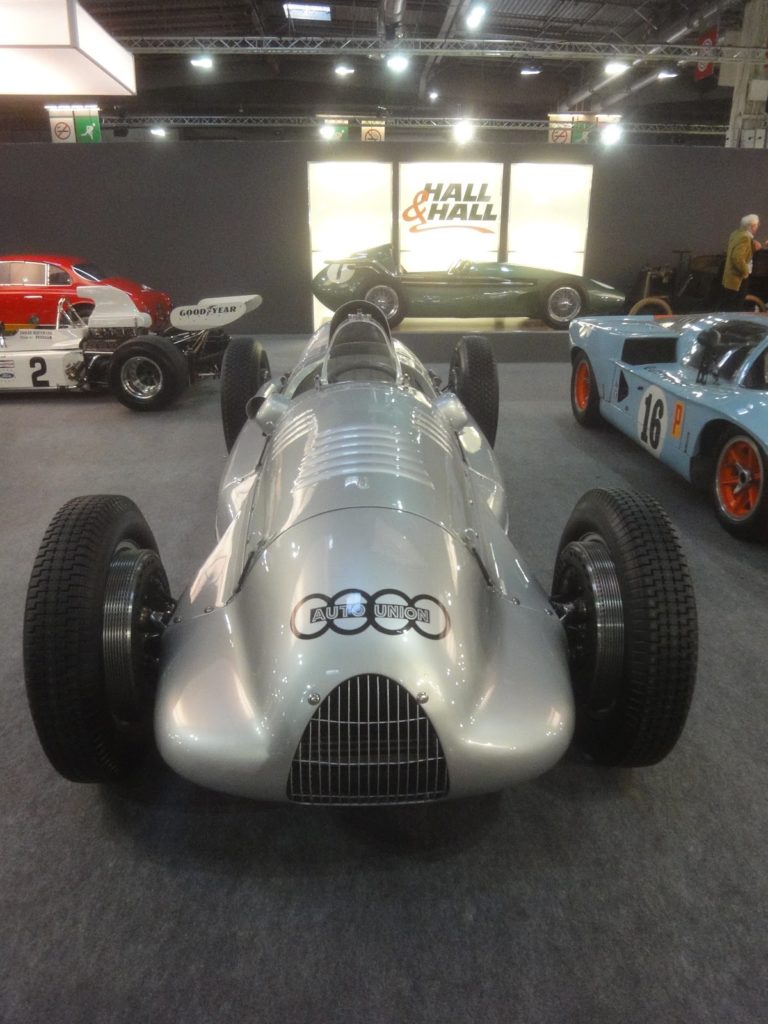
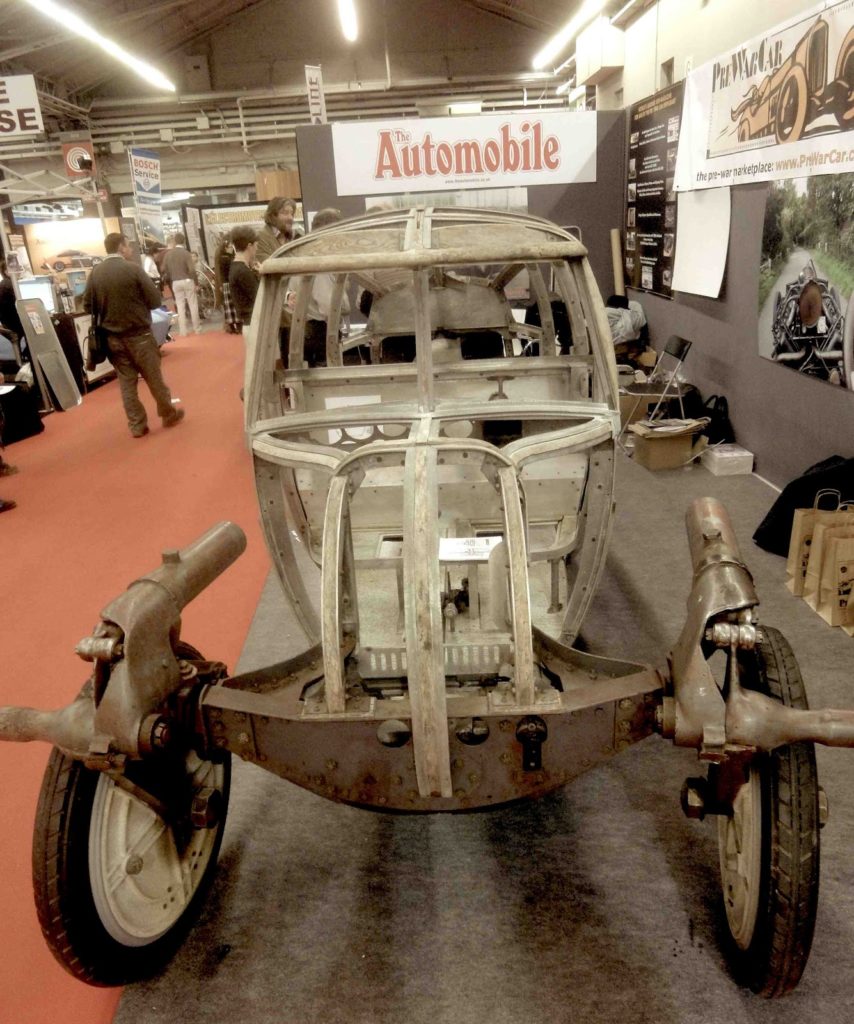
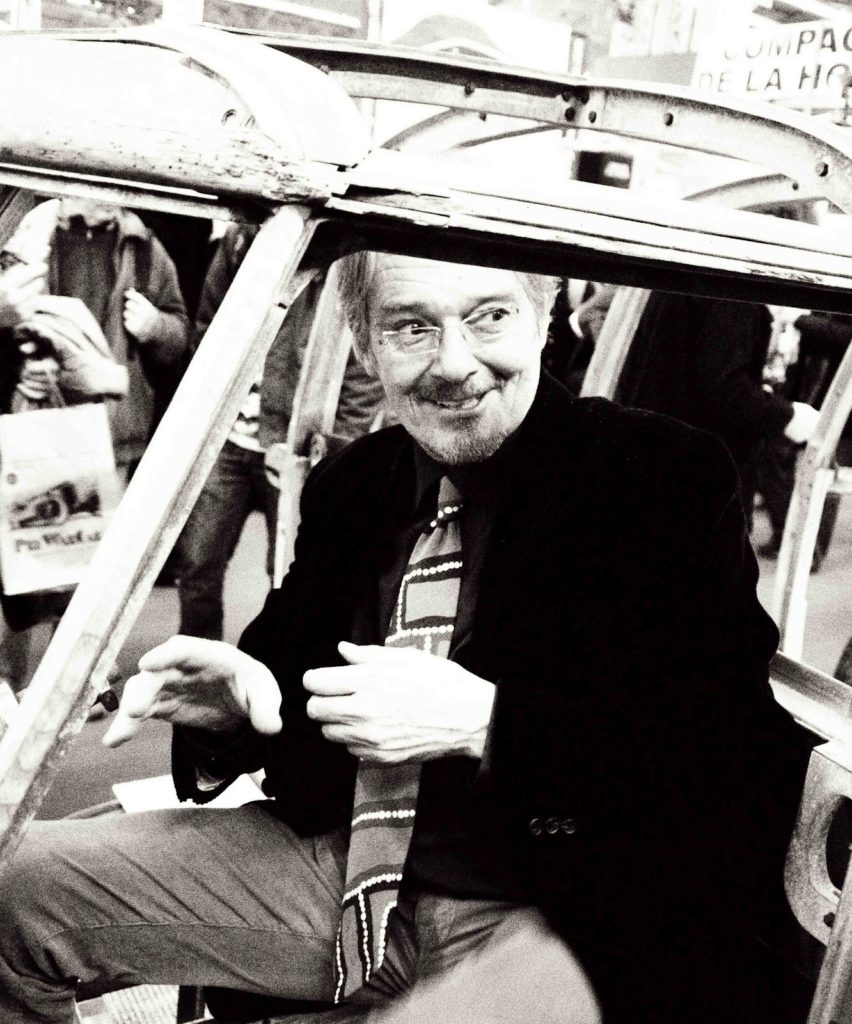
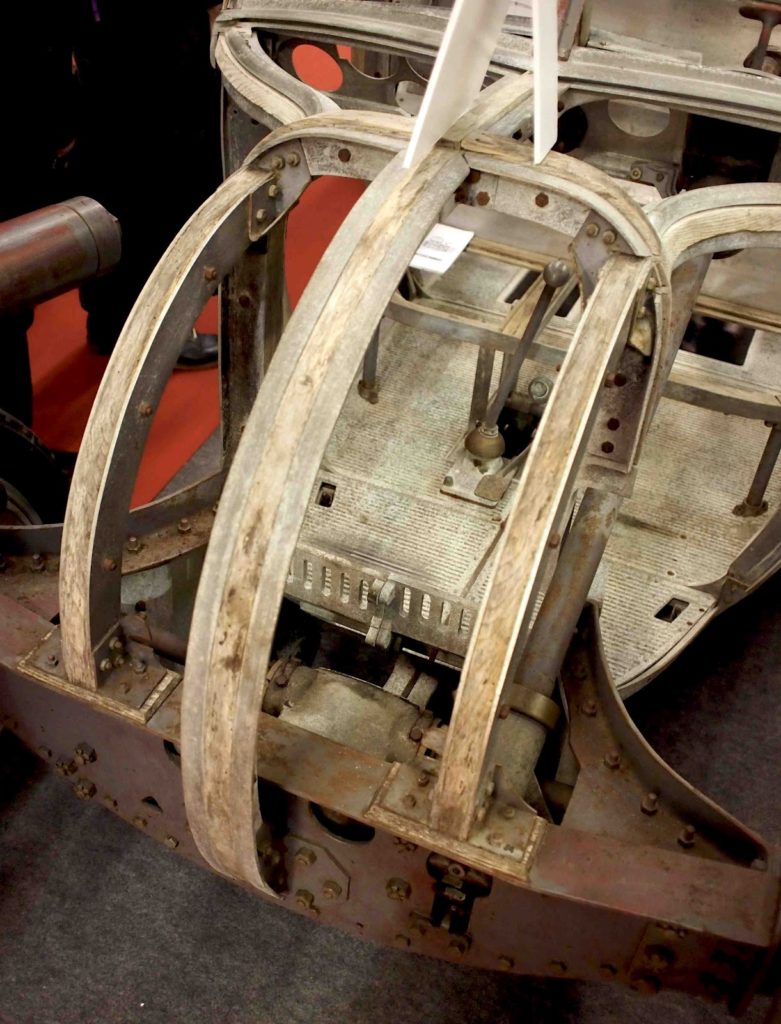
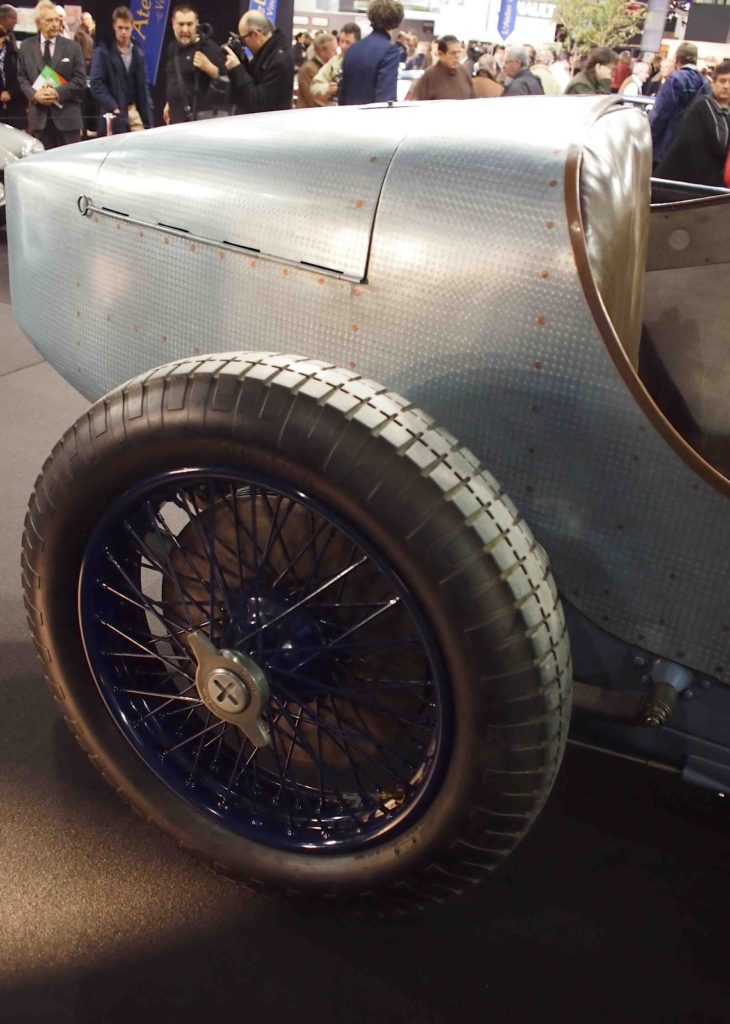
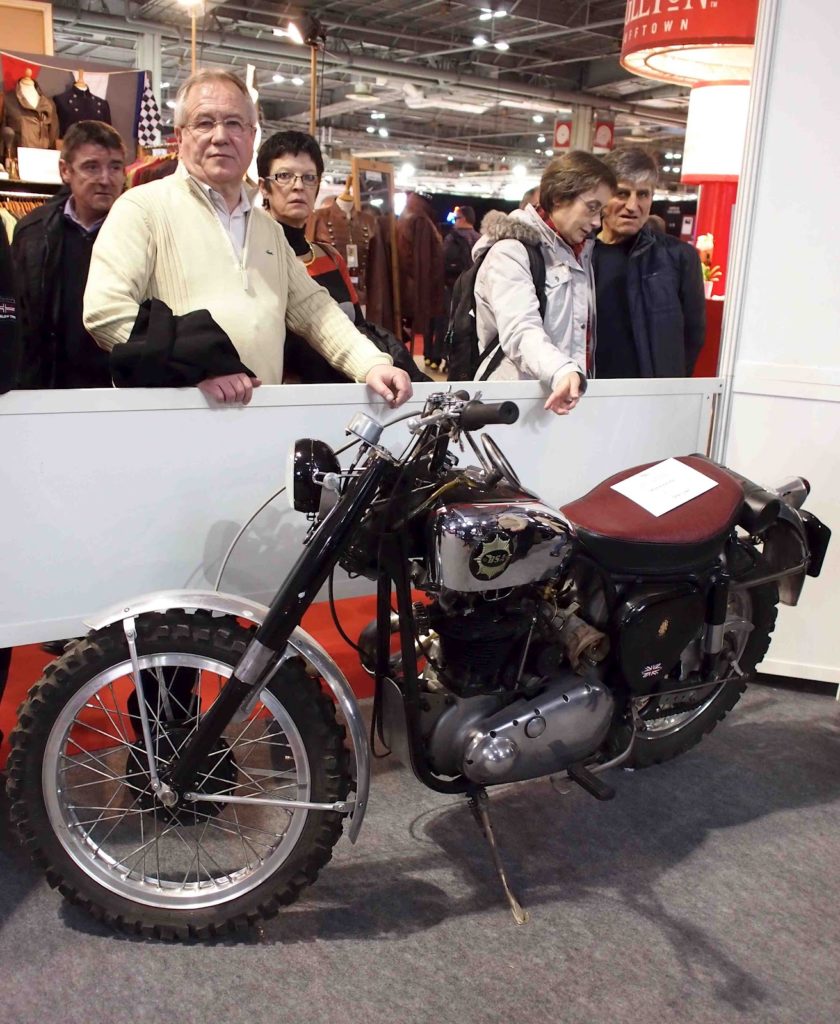
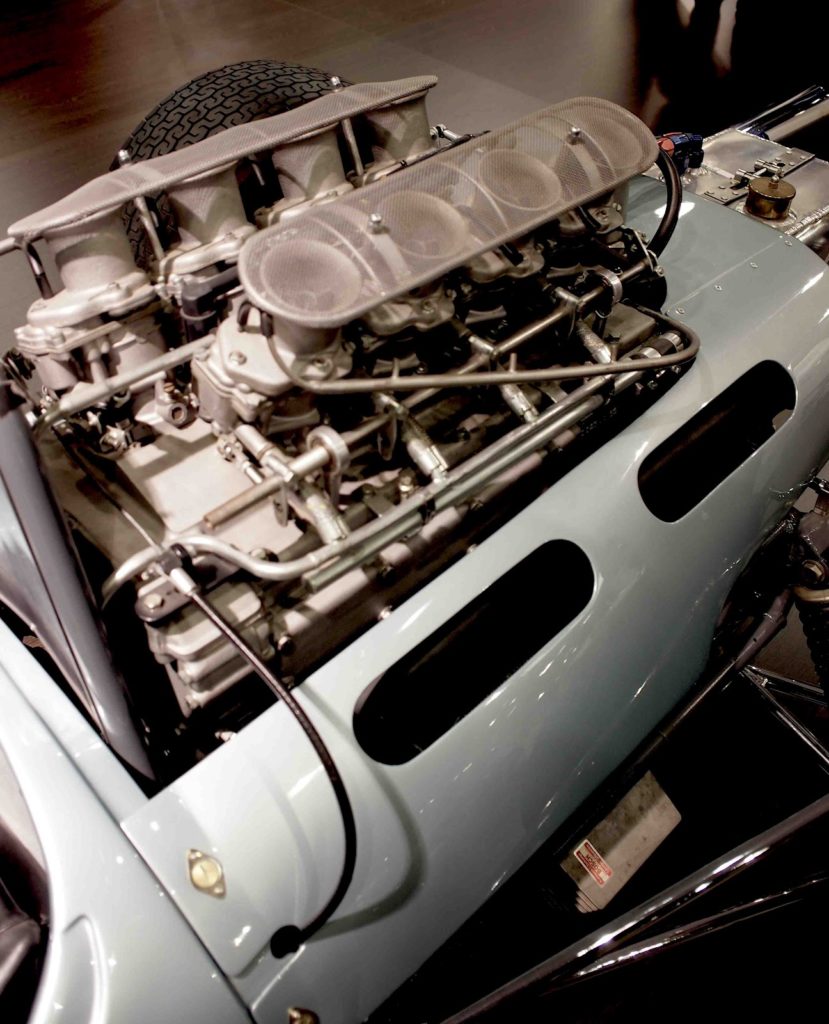
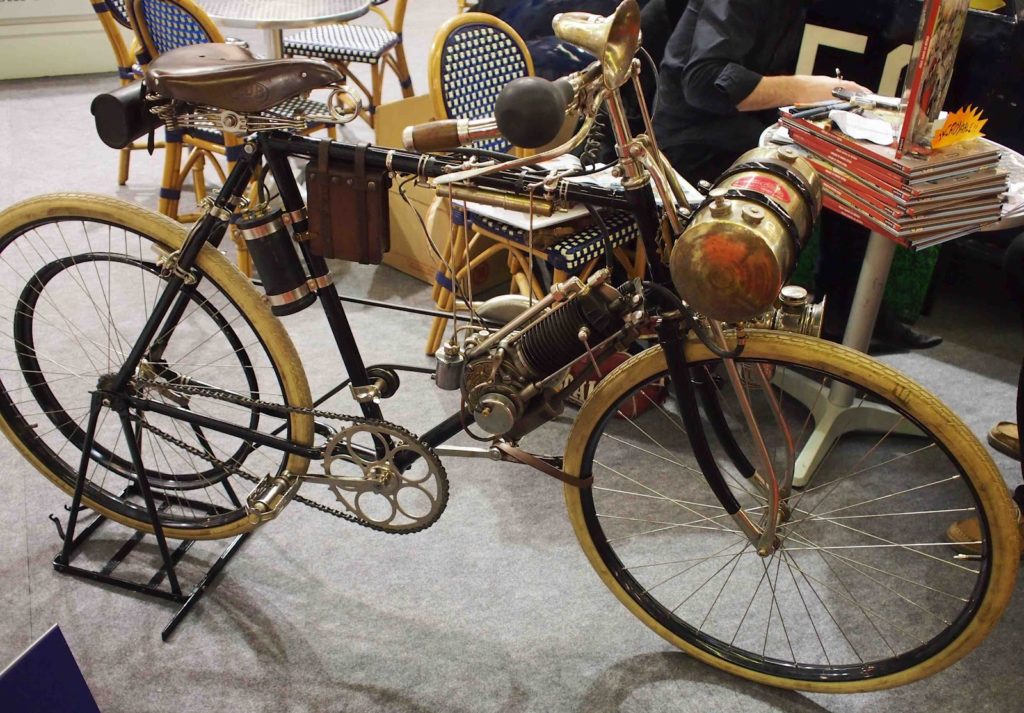
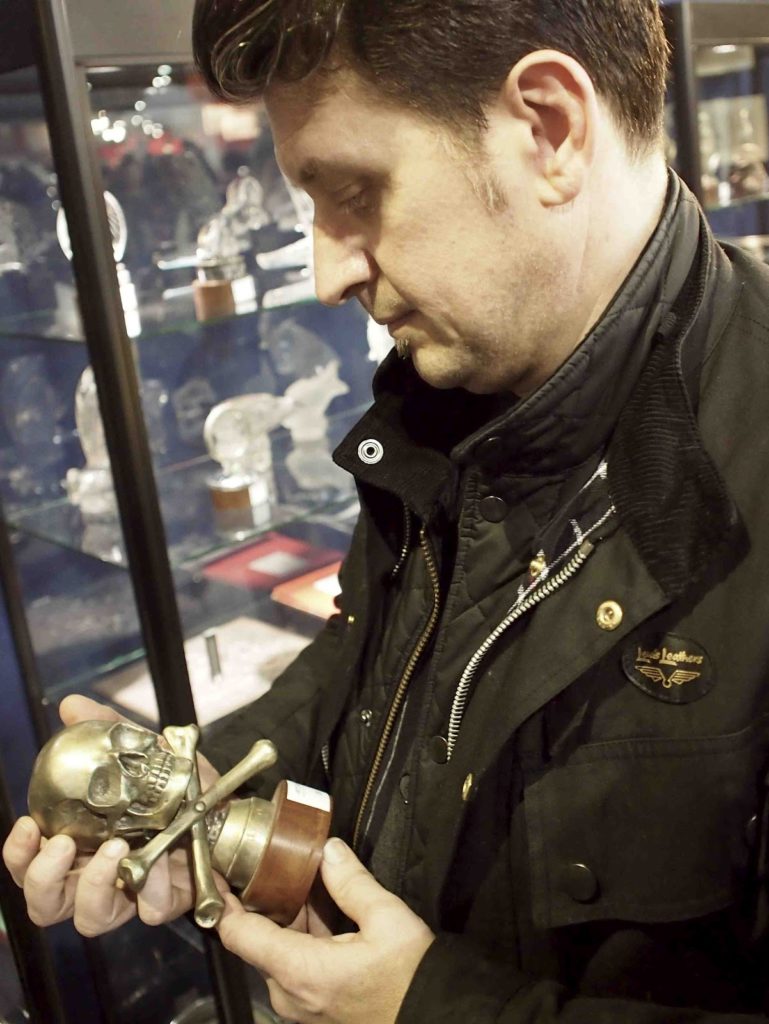
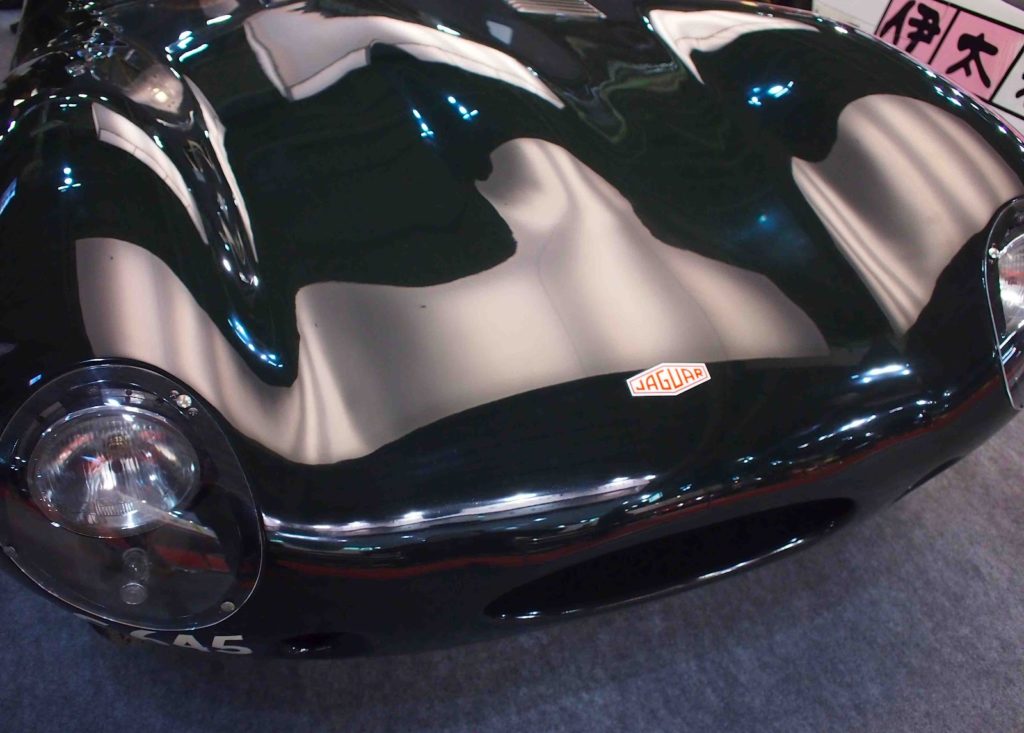
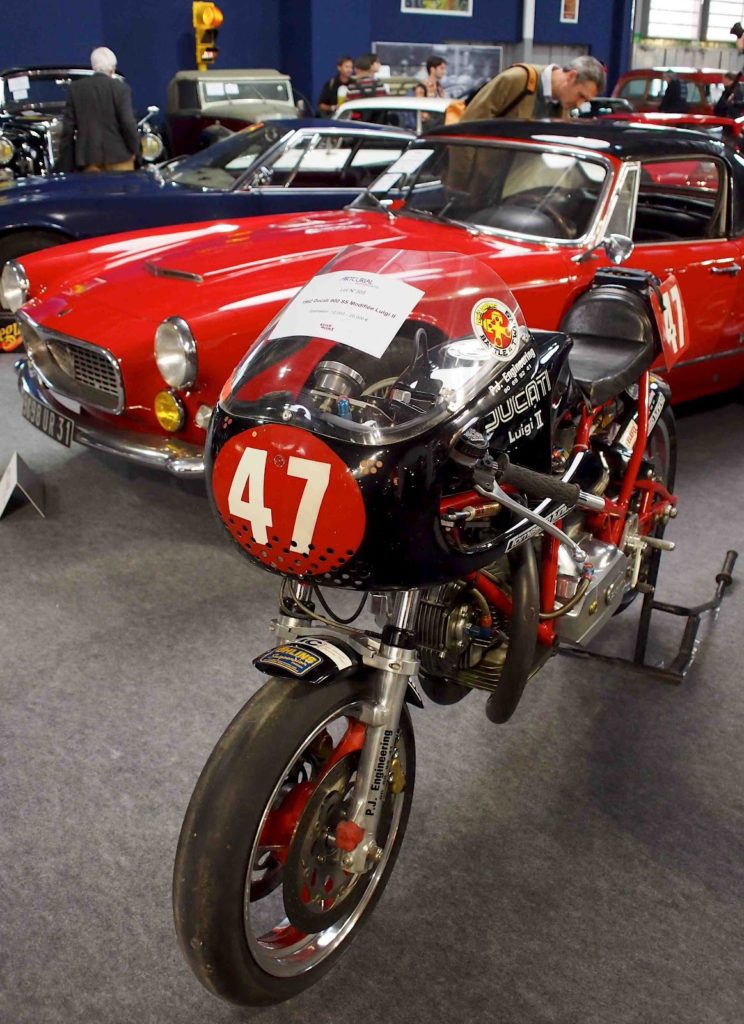
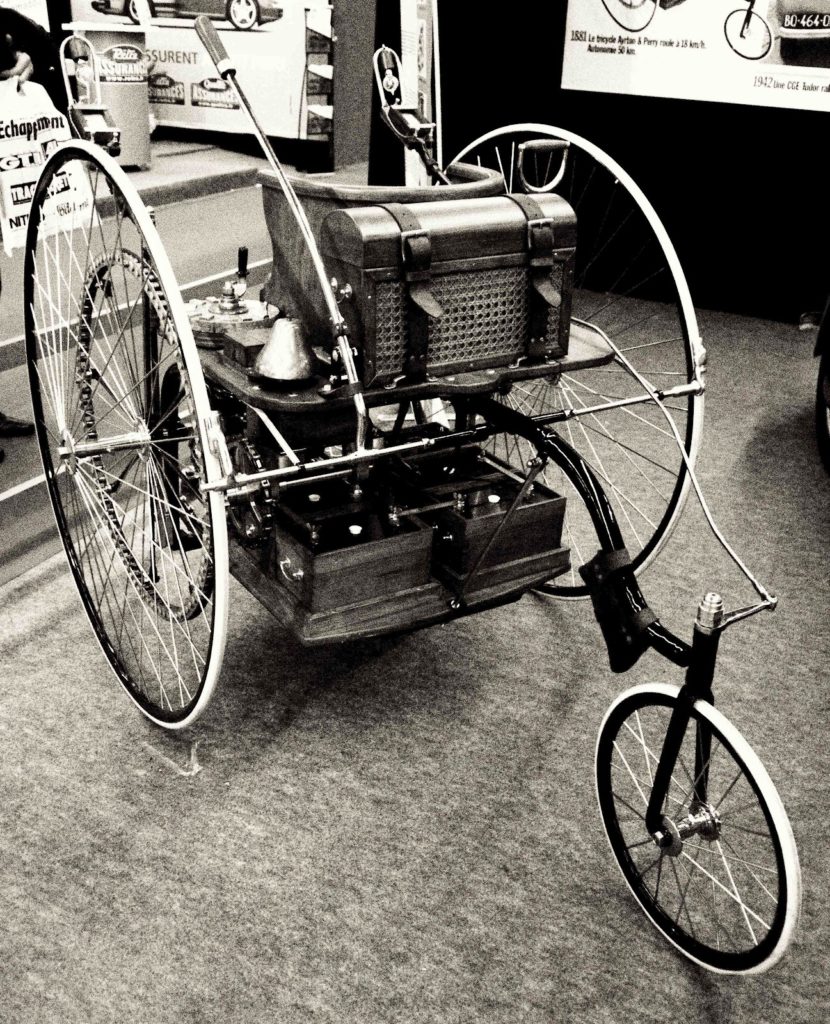

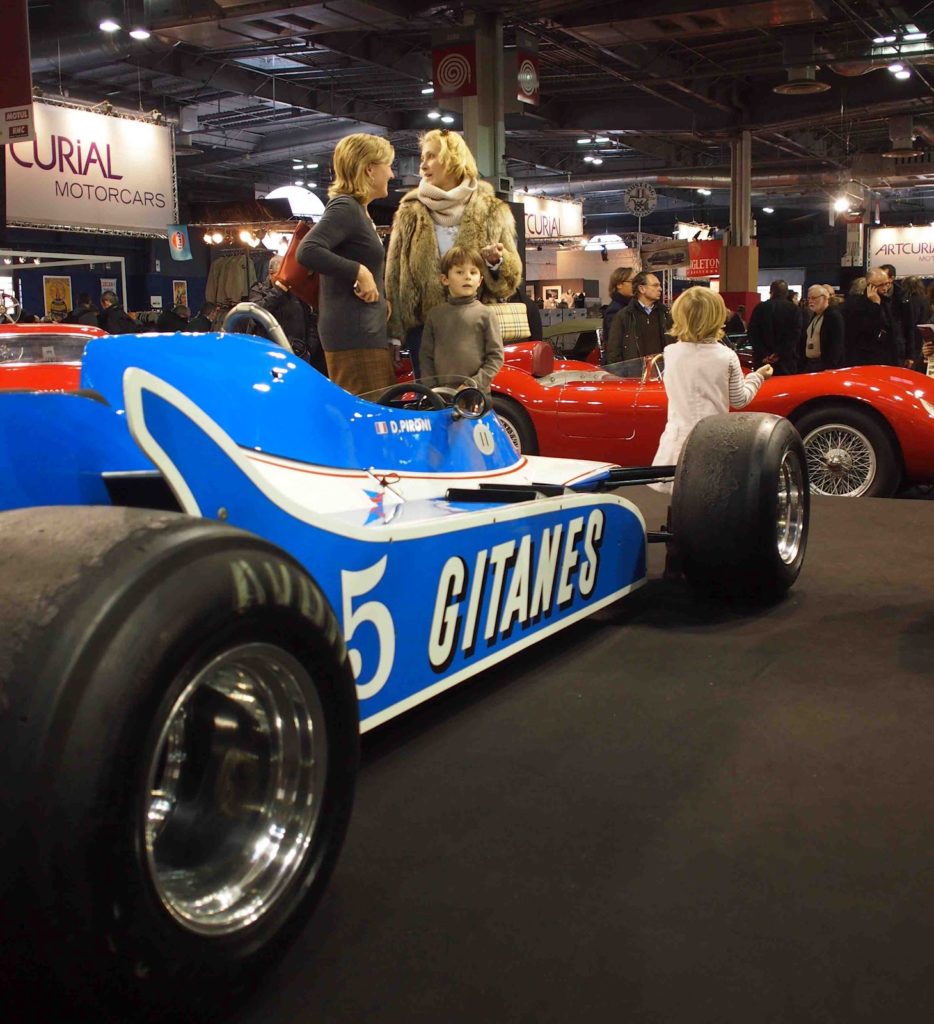
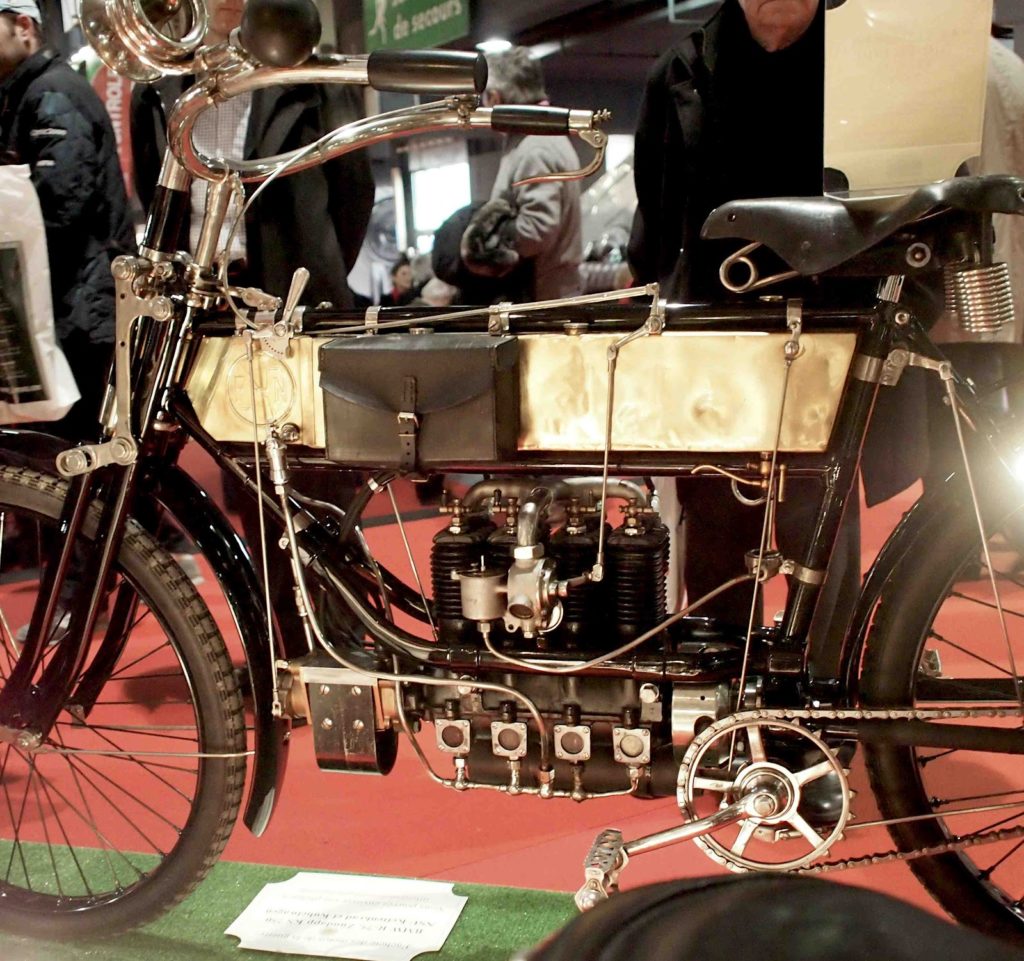
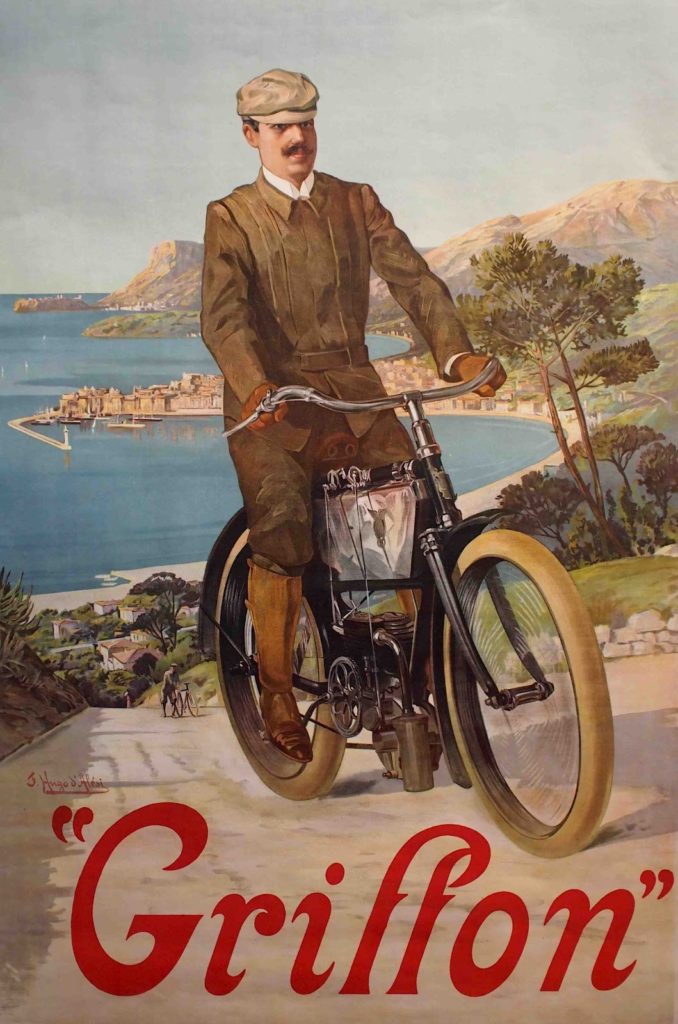
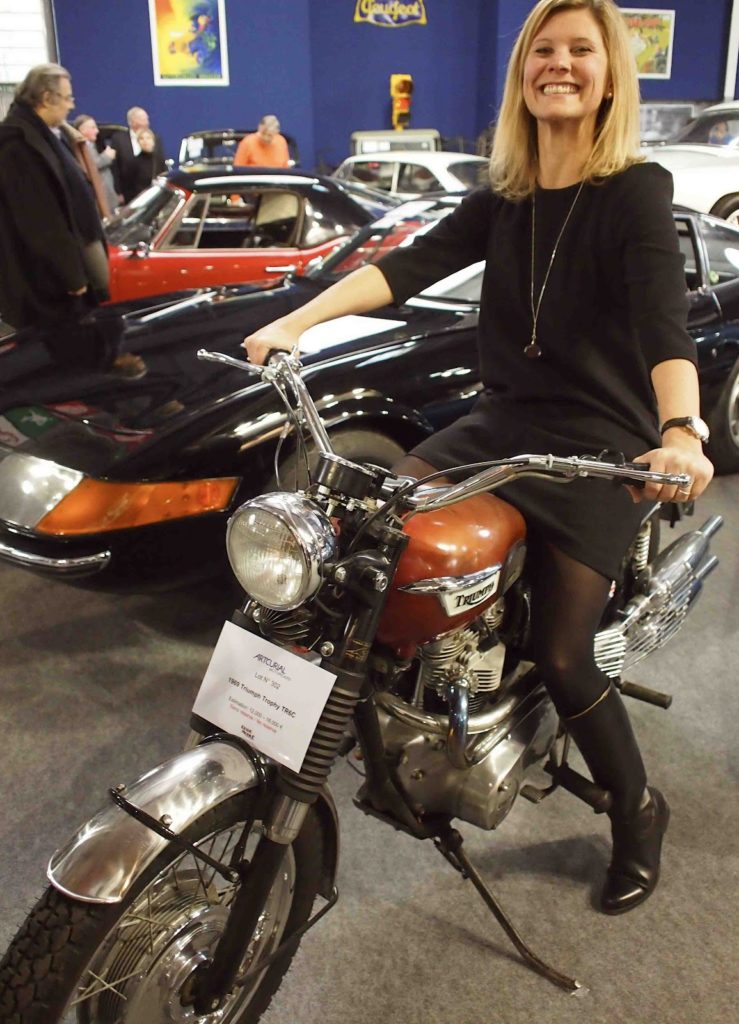

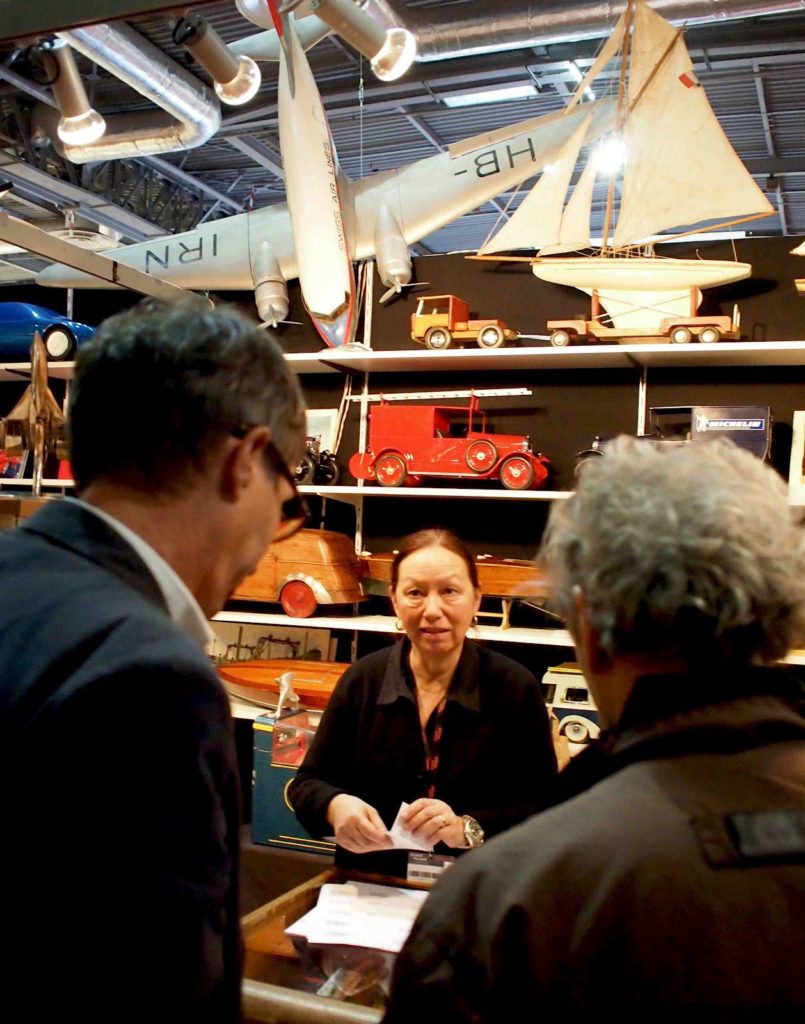
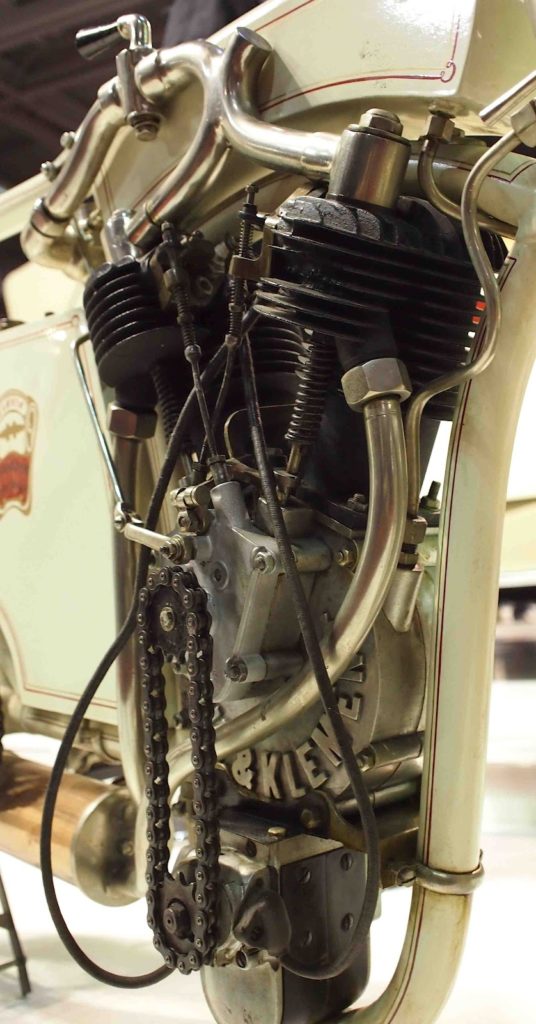
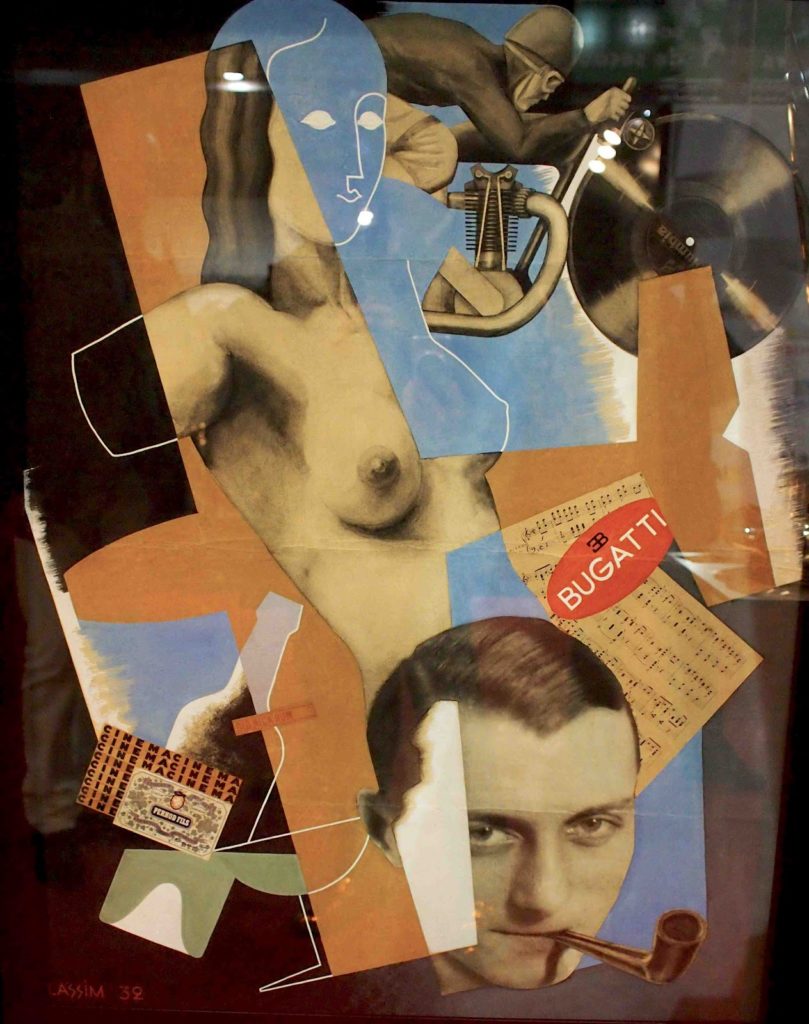
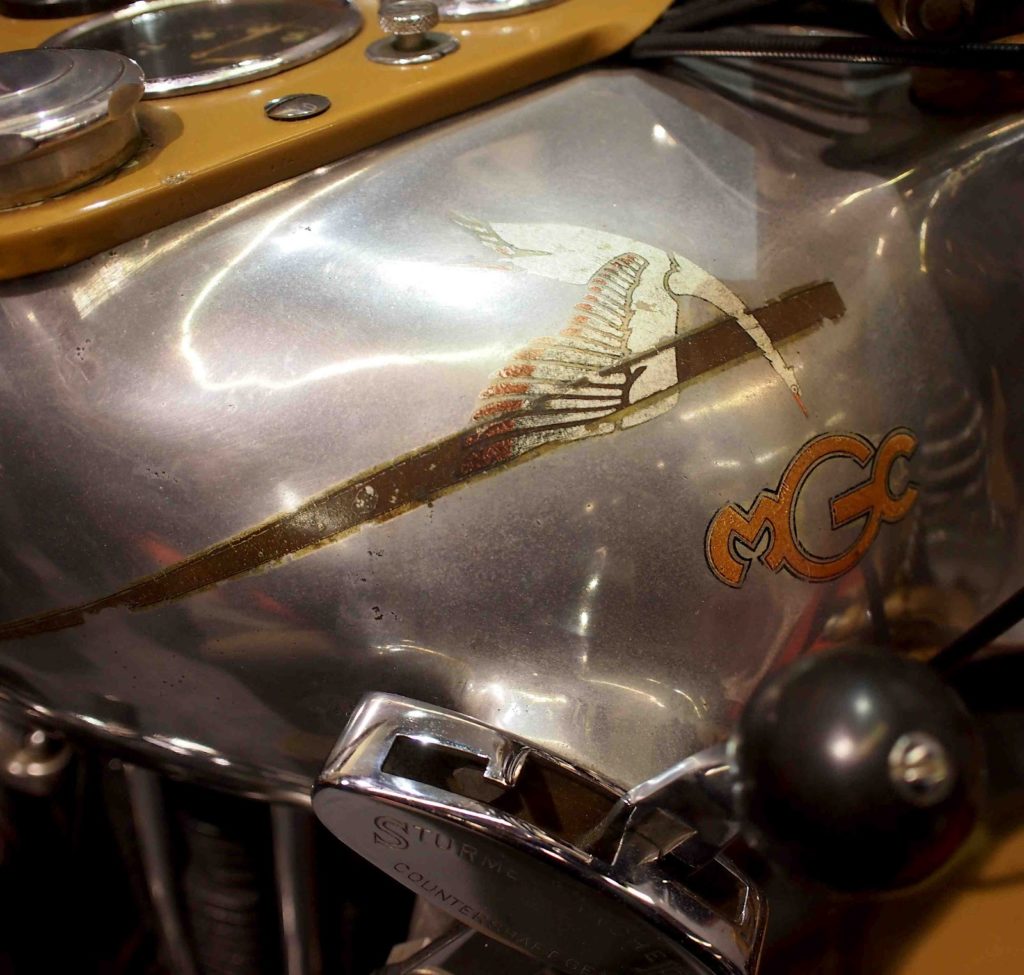
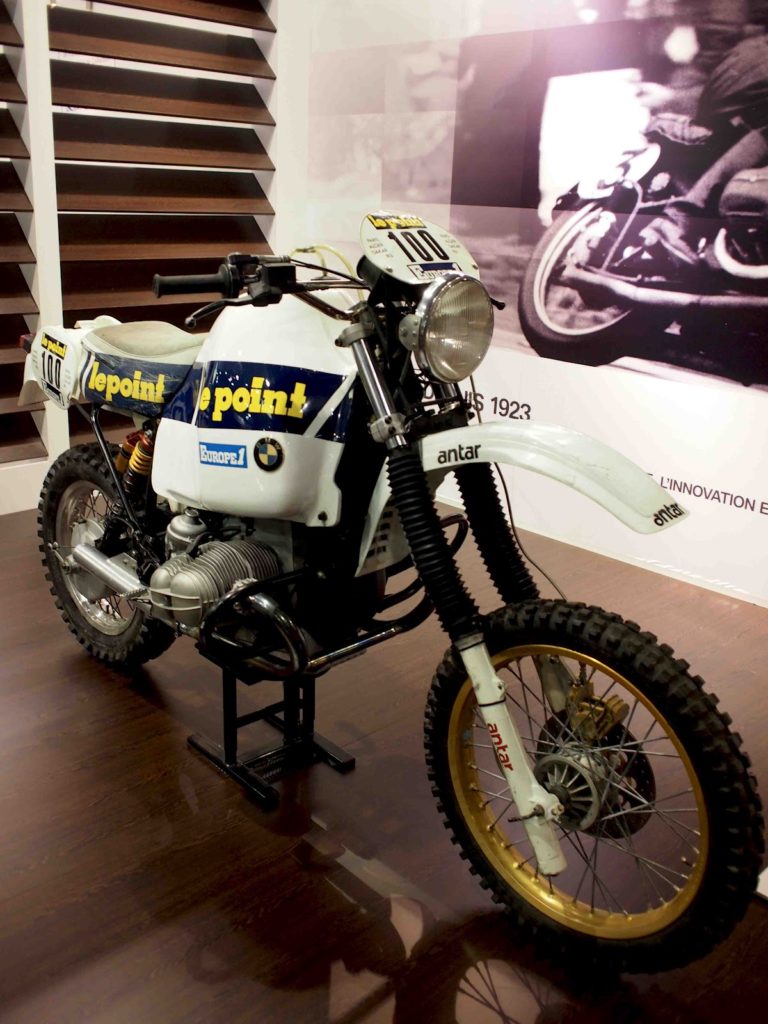
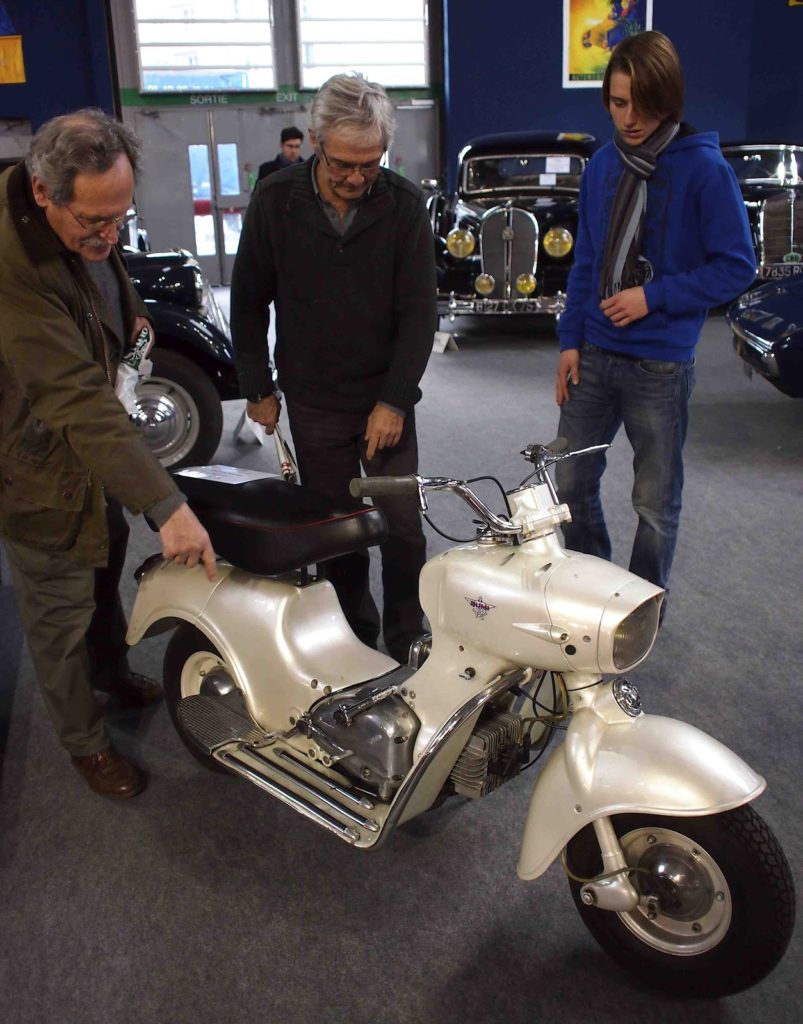
Grayson Perry at the British Museum
To the pantheon of gender-bending motorcyclists - the infamous, notorious, or hidden - we must add Grayson Perry, multi-talented artist, transvestite, Turner Prize winner, and dedicated biker. I was lucky to catch Perry's show at the British Museum in London last week, 'Tomb of the Unknown Craftsman', and began smiling the moment I spotted the 'Kenilworth AM1', his custom Harley-Davidson Knucklehead, at the head of the grand curved staircase in the museum's atrium.
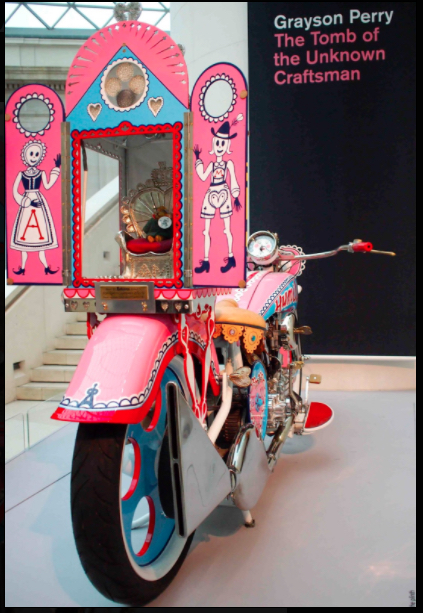
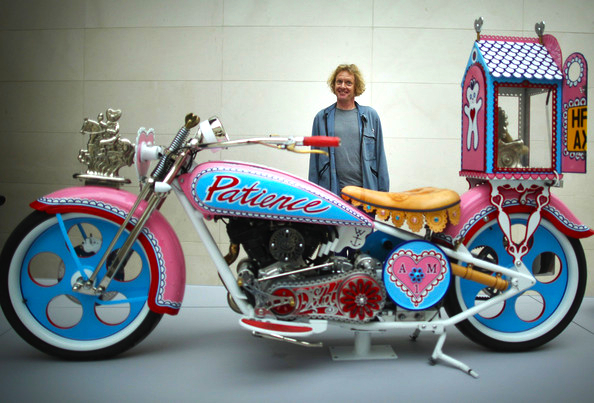
The 'Kenilworth AM1' is Perry's two-wheeled 'popemobile', a performance-art prop created to carry Alan Measles (Perry's 50-year old teddy bear/muse/alter ego/totem) on a pilgrimage to Germany, in a glass-sided reliquary mounted, naturally, on the 'sissy bar' of his custom Harley. The AM1 is built and painted up much like Perry's trademark 'drag' outfits, using highly saturated colors and shapes reminiscent of 'Outsider' art. The elongated pink-and-blue petrol tank is painted either side with 'humility' and 'patience', which Perry notes are the "opposite of rocker lifestyle texts."
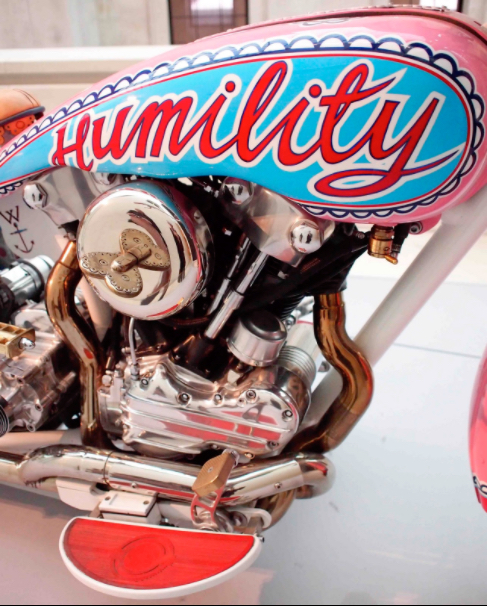
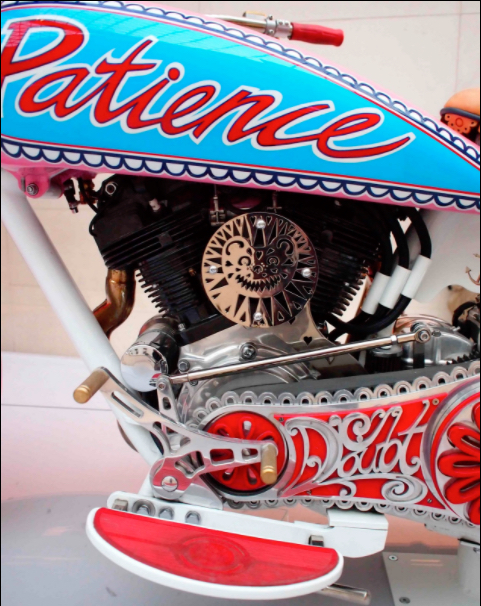
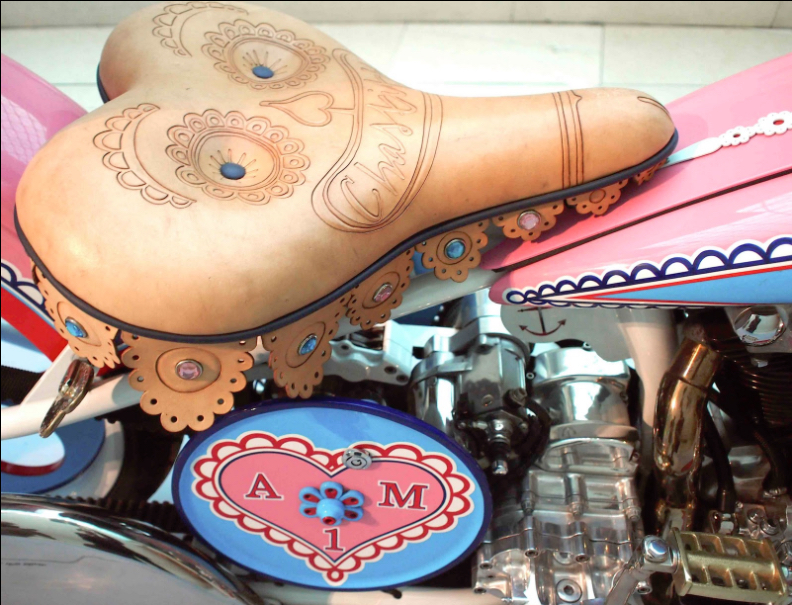
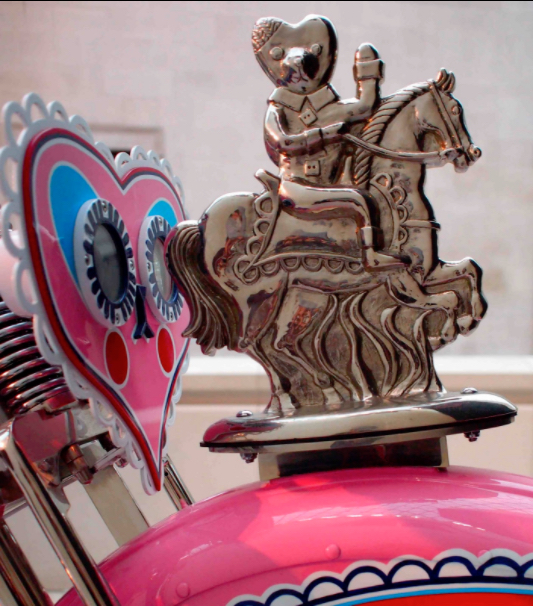
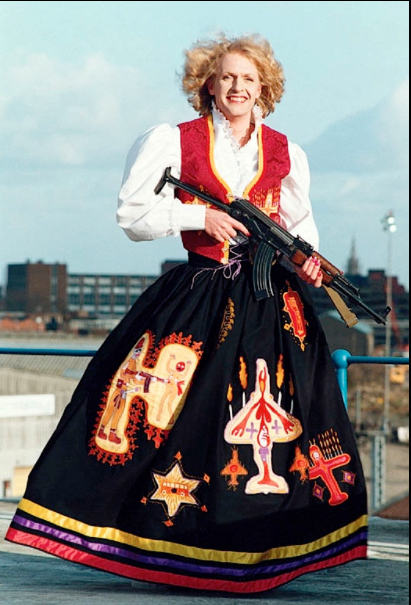
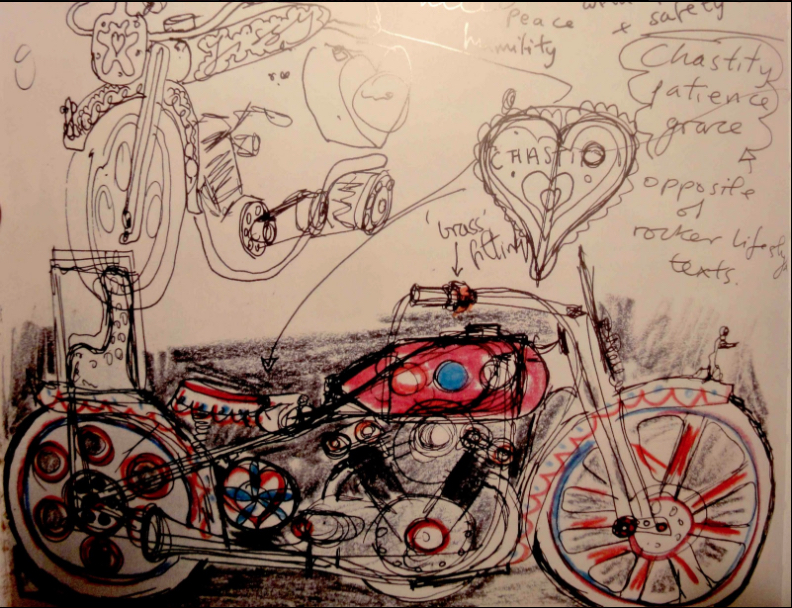
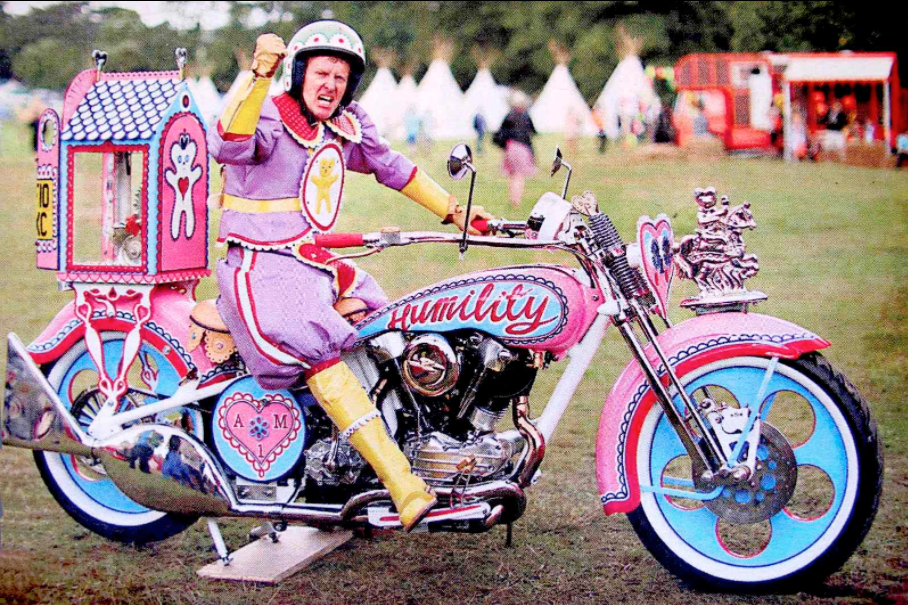

A Short History of Wankel Motorcycles
The revolutionary rotary engine designed by Dr. Felix Wankel, henceforth known as the Wankel engine, is a design of tremendous promise, and expensive vexation. It seemed the wonder motor of the future in the 1960s, and many automobile manufacturers took a out a license on the design, from General Motors to Rolls Royce, as did many aircraft and
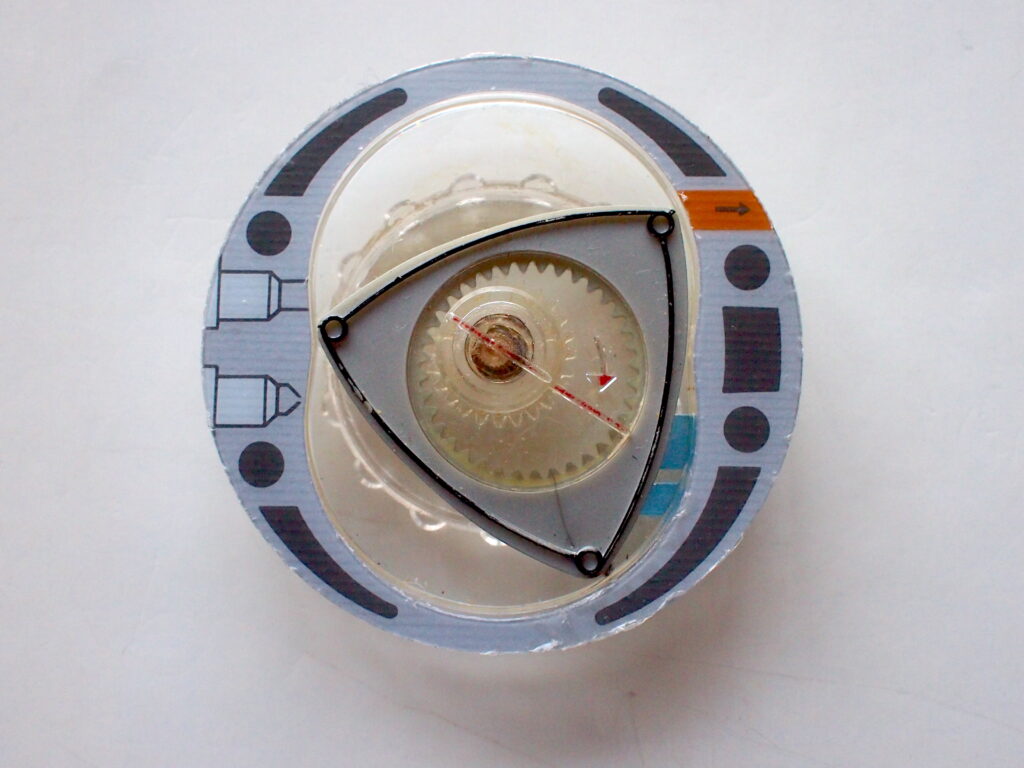
Dr. Felix Wankel (born 1902 in Lahr, Germany) had the vision for his remarkable rotary engine at the age of 17, began working on prototypes 5 years later, and gained his first patent for this remarkable engine in 1929. His work on the motor was slow in the following two decades as he developed rotary-valve applications for piston engines. By 1957, working in conjunction with NSU, he had a fully functional rotary engine prototype, and immediately began licensing the engine, which had many theoretical advantages over a typical piston motor. First to take up this new design was aircraft engine builder Curtiss-Wright, who licensed the design on Oct.21, 1958. Curtiss-Wright has a long and deep motorcycle connection, via founder Glenn Curtiss, but their Wankel engines were mostly used in aircraft. The first motorcycle applications for this promising engine appeared shortly after the first rotary-powered automobiles, the Mazda Cosmo and NSU Spider of 1964. The first motorcycle prototypes appeared earlier, in 1960, which is the start of our survey of this remarkable design.
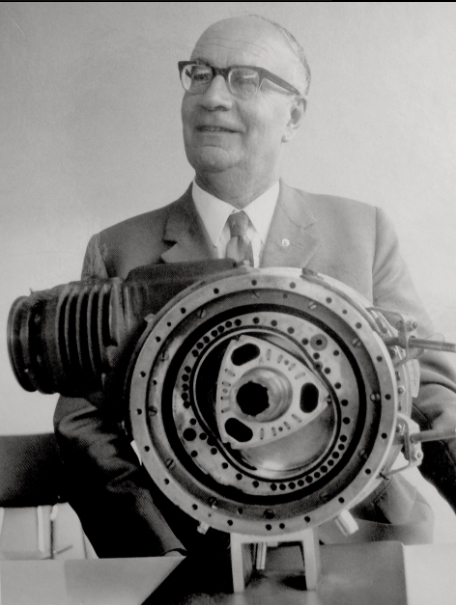
Motorrad Zschopau (MZ)/ IFA
The first motorcycle application of the Wankel engine emerged from the IFA/MZ factory, from 1960. MZ took out a license from NSU in 1960, to develop Wankel engines as possible replacements for their two-stroke engines in both motorcycles and the 'Trabant' 3-cylinder two-stroke car. Within 3 months, a single-rotor, watercooled engine (using the thermosyphon principle rather than a water pump?) of 175cc, was installed in an IFA chassis (the 'BK 351' of 1959) which formerly housed a flat-twin two-stroke engine. The development team included engineer Anton Lupei, designer Erich Machus, research engineer Roland Schuster, plus machinists Hans Hofer and Walter Ehnert, who deserve credit as the first to build a Wankel motorcycle.
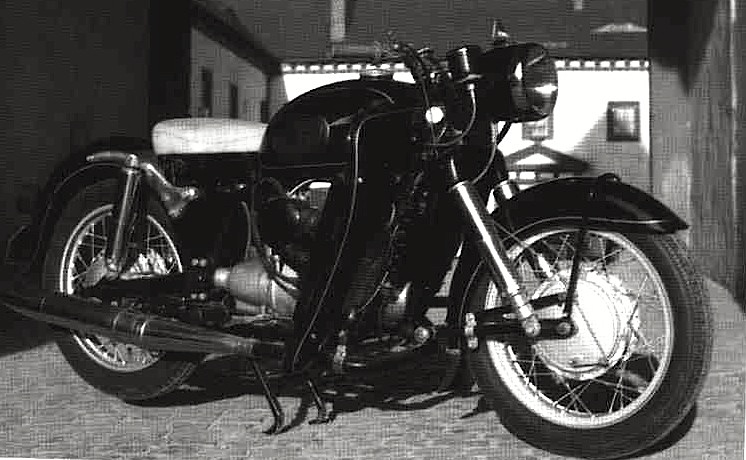
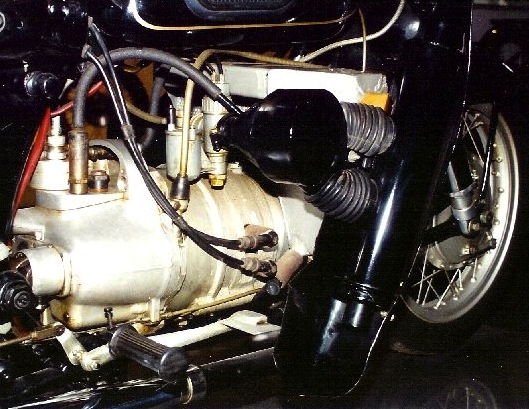
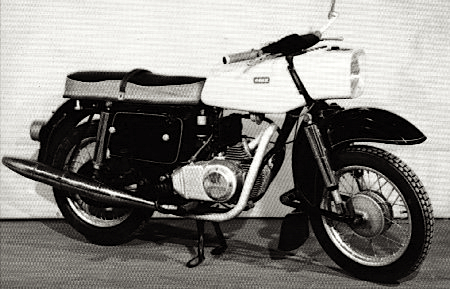
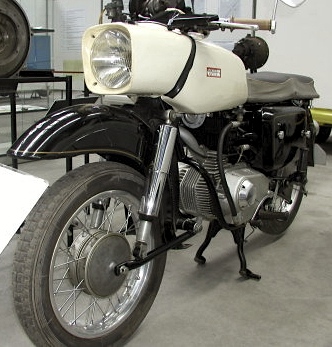
Yamaha
Yamaha licensed the Wankel design in 1972 and quickly built a prototype, showing the 'RZ201' at that year's Tokyo Motor Show. With a 660cc twin-rotor water-cooled engine, it gave a respectable 66hp @6,000rpm, and weighed 220kg. While the prototype looks clean and tidy, the lack of heat shielding on the exhaust reveals the Yamaha was nowhere near production-ready, given the searing heat of the Wankel exhaust gases, and subsequent huge, double-skinned, and shielded exhaust systems on production rotaries.
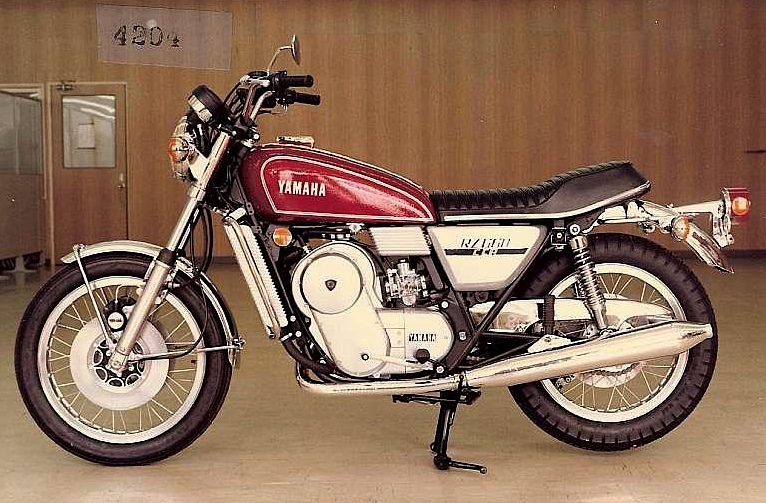
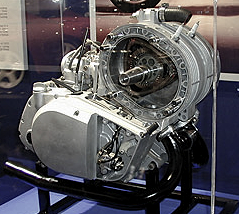
Suzuki
One year after Yamaha introduced, but never manufactured, their rotary, Suzuki introduced the RE5 Rotary at the 1973 Tokyo Motor Show. Suzuki licensed the Wankel engine on Nov.24, 1970, and spent 3 years developing their own 497cc single-rotor, water-cooled engine, which pumped out 62hp @ 6500rpm. Styling of the machine was reportedly entrusted to Giorgietto Guigiaro, a celebrated automotive stylist and advocate of the 'wedge' trend in cars, who leaked into the motorcycle world via several projects, notoriously the 1975 Ducati 860GT. Guigiaro's touch extended only to the cylindrical taillamp and special instrument binnacle for the RE5; a cylindrical case with novel sliding cover, meant to echo the futuristic rotary engine... the rest of the machine looked nearly the same as Suzuki's GT750 'Water Buffalo'.
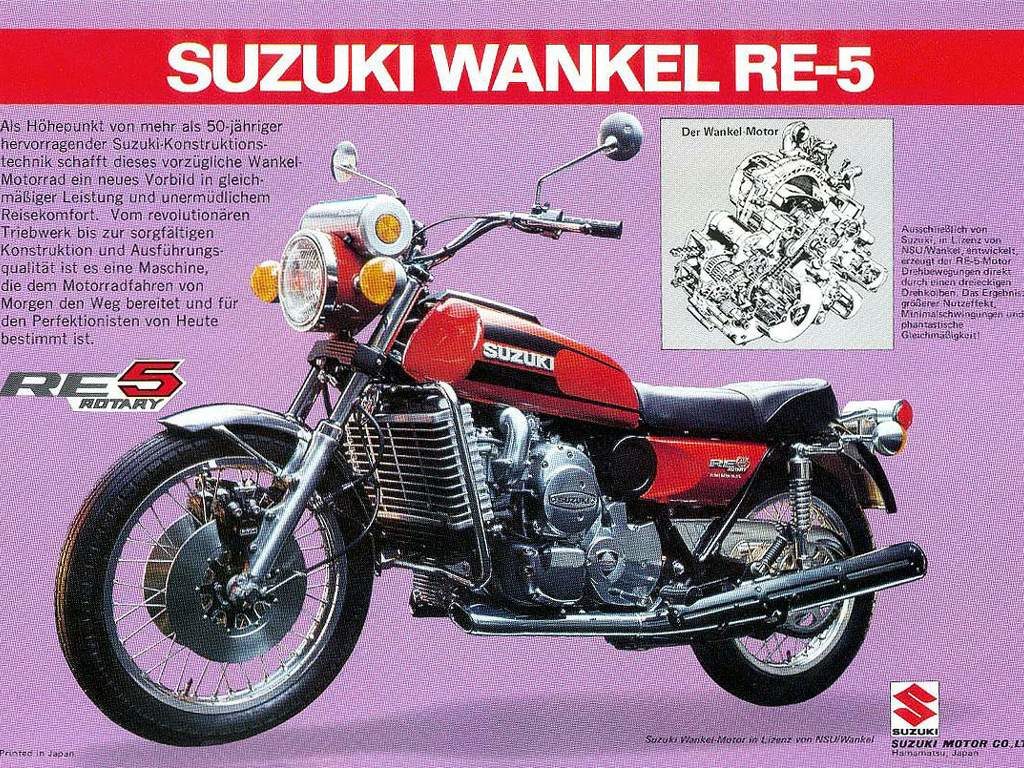
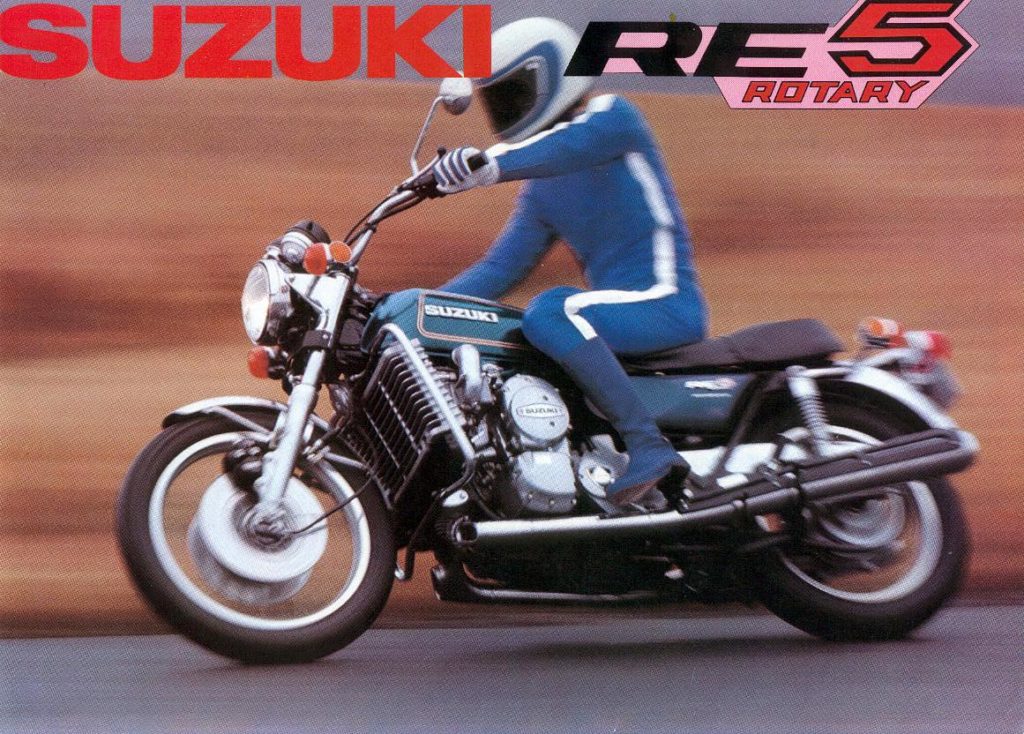
Hercules / DKW
Fitchel and Sachs were the second licensee of the Wankel engine, on Dec 29, 1960, and the first with a motorcycle connection, with 'Sachs' the largest European maker of two-stroke engines. Sachs built their rotary as a small, light accessory motor for applications as diverse as lawnmowers, chainsaws, and personal watercraft.
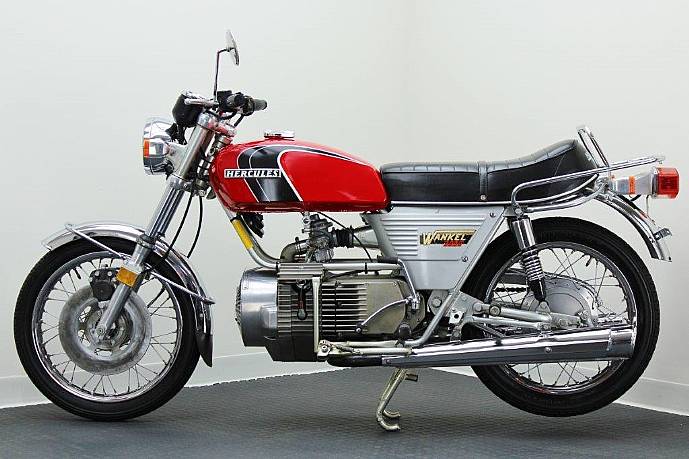
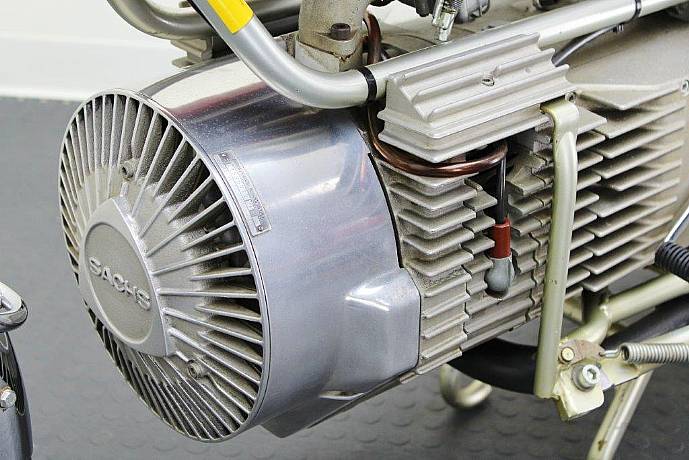
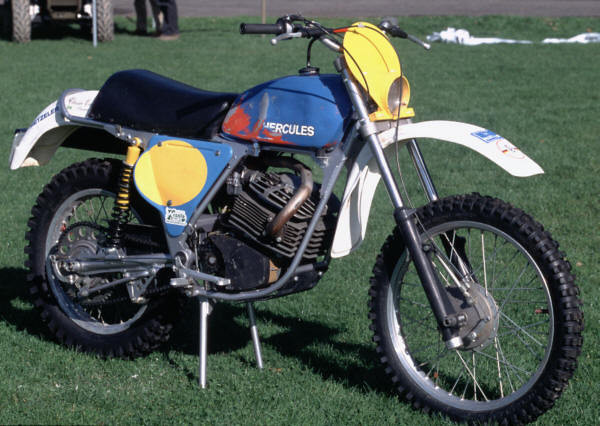
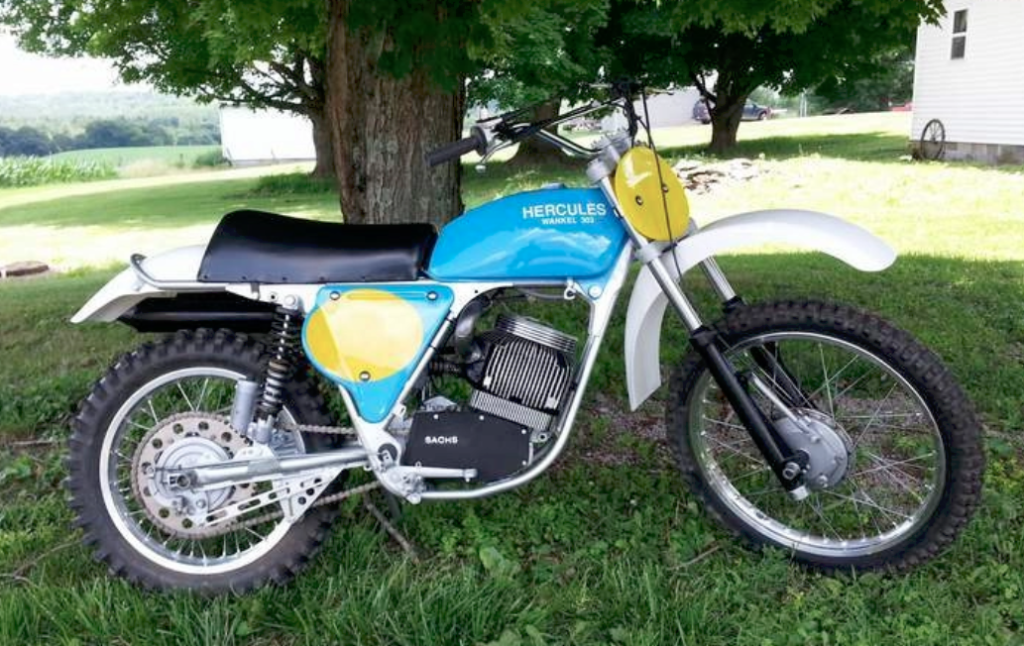
BSA / Norton
BSA felt, in common with most of the automotive industry, that the Wankel was the engine of the future, and in 1969, hired David Garside, a gifted young engineer, to begin exploration of Wankel engines for a motorcycle. Market research indicated the motorcycling public would accept the Wankel engine on fast sports machines, and Garside's small team began experimenting with a Fitchel and Sachs single-rotor engine, and with significant changes to the intake system, gained a staggering 85% more power, to 32hp. Suddenly the experimental engine looked appealing.
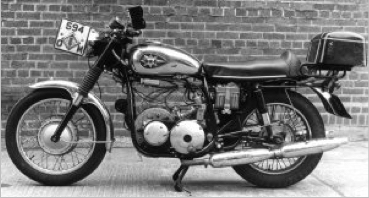
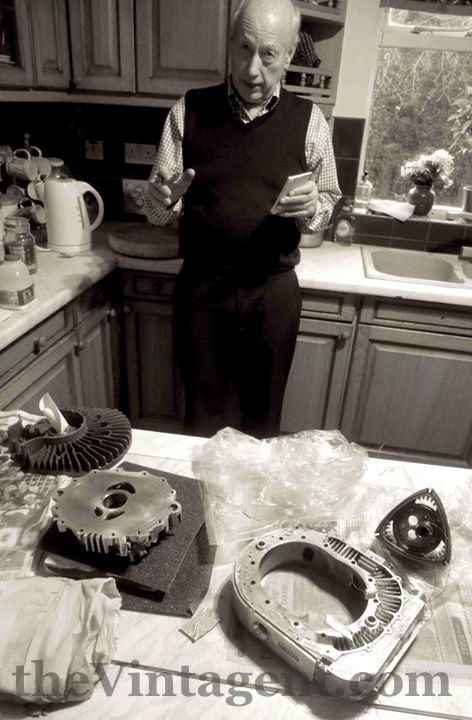
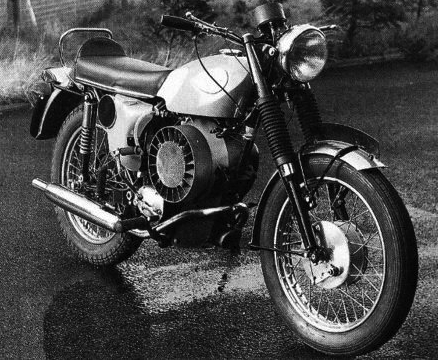
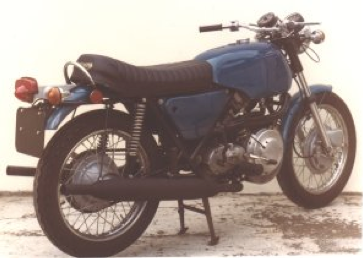
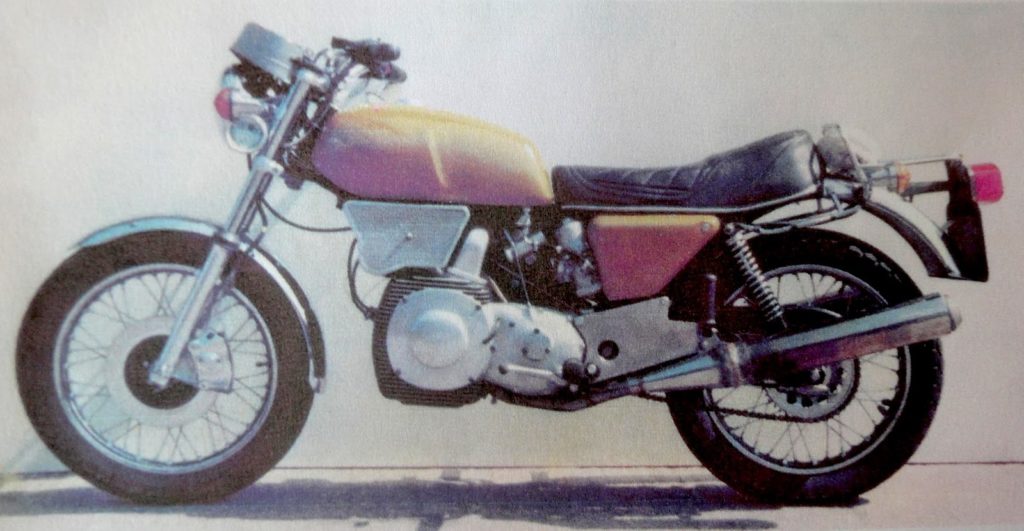
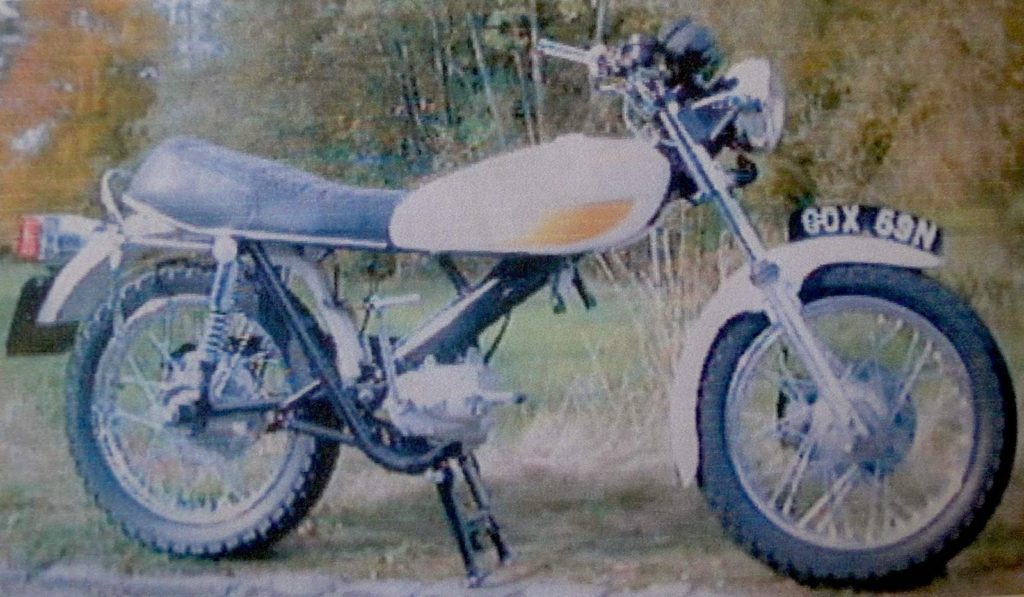
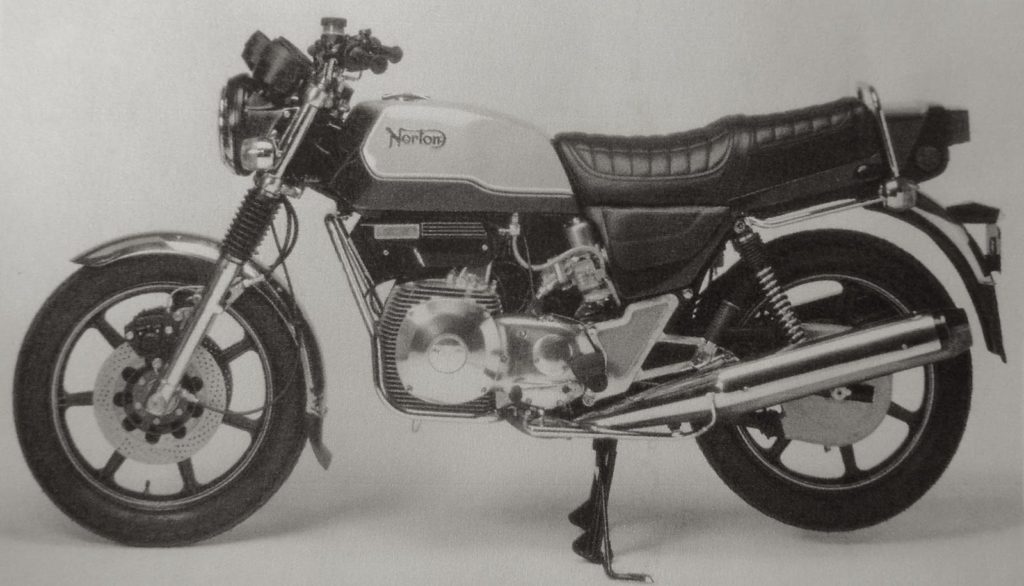
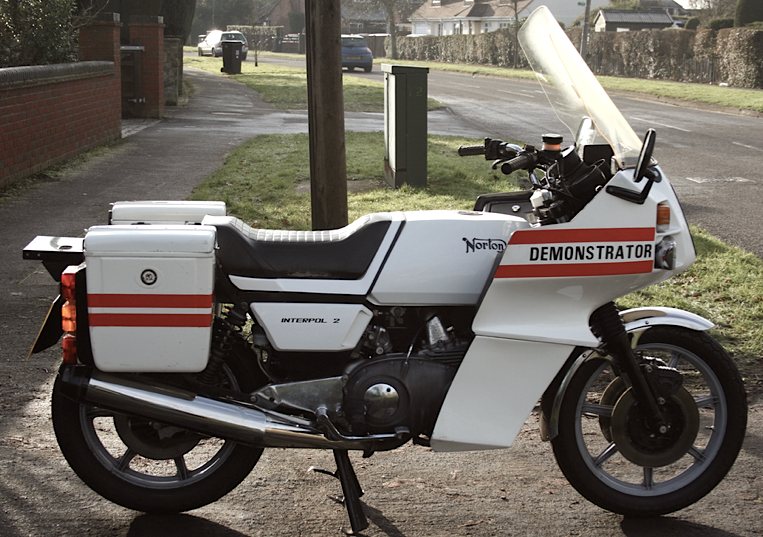
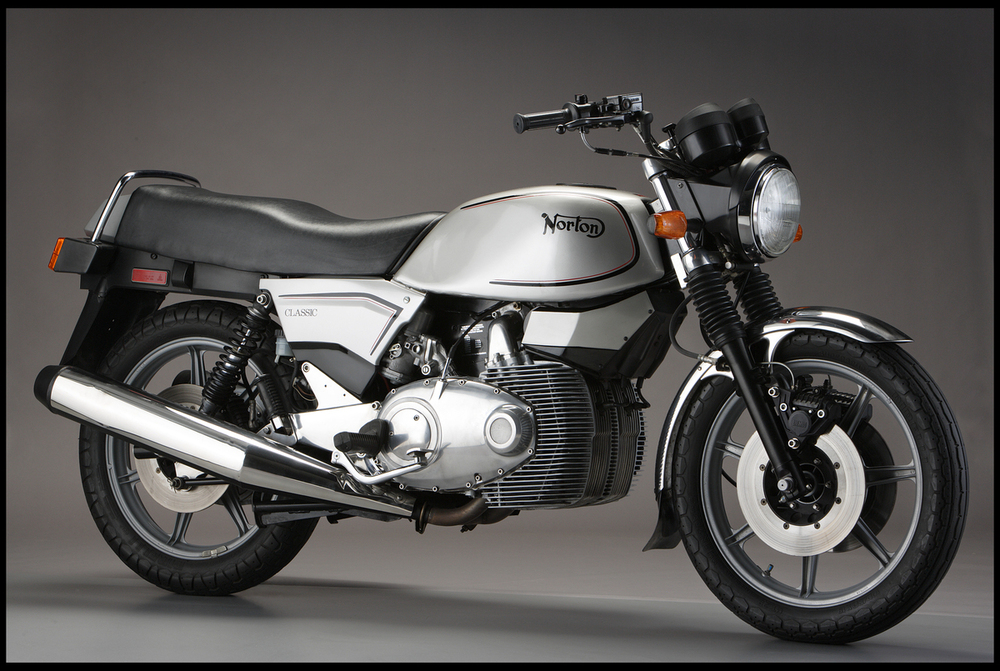
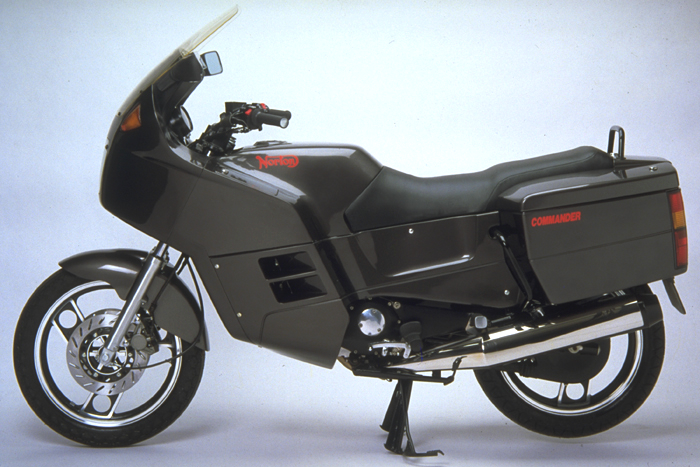
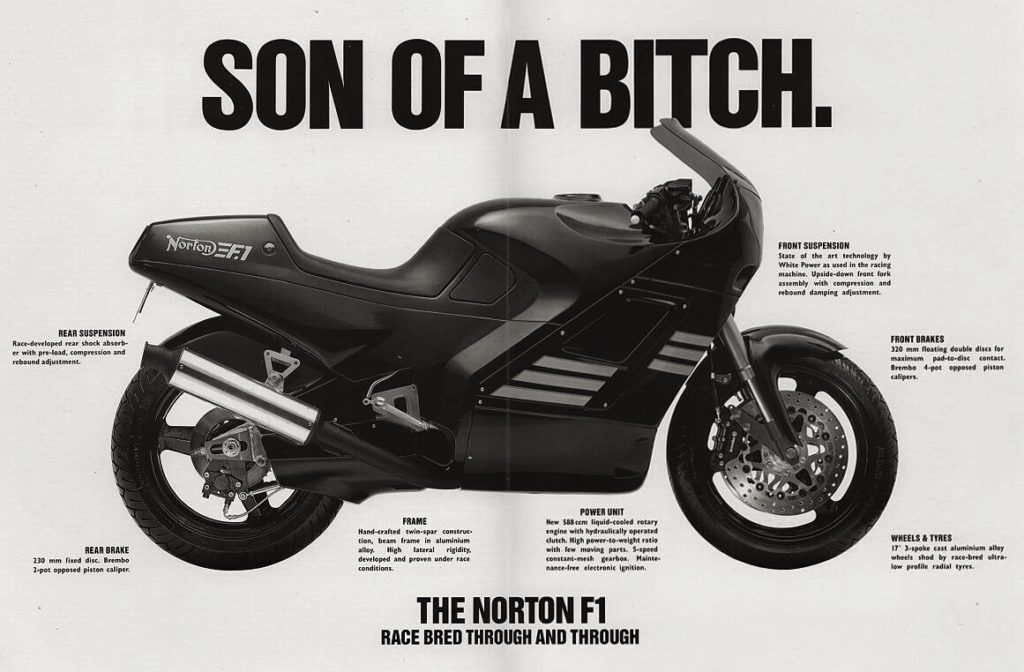
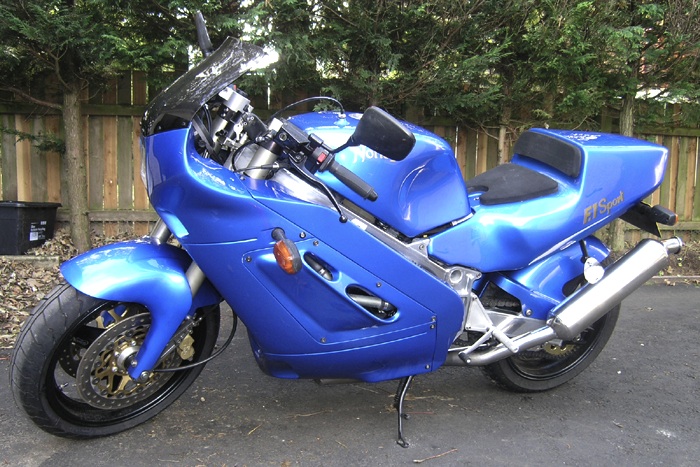
Van Veen
In 1976, Henk vanVeen, the Dutch Kriedler importer, saw potential in the new rotary Comotor engines, which were compact and developed good power. Comotor was a joint venture of NSU and Citroen, who invested huge sums developing a new Wankel engine for the Citroen GS Birotor. The prototype of this engine had been extensively tested between 1969 and '71 in the Citroen M35, which was never officially sold, but 267 were given to loyal customers for beta-testing. The M35 engine used a single rotor rated at 47hp, whereas the later GS engine had two rotors, and produced 107hp from a 1,000cc. Van Veen saw this powerful and compact engine as the basis of a new superbike, and created the VanVeen OCR 1000.
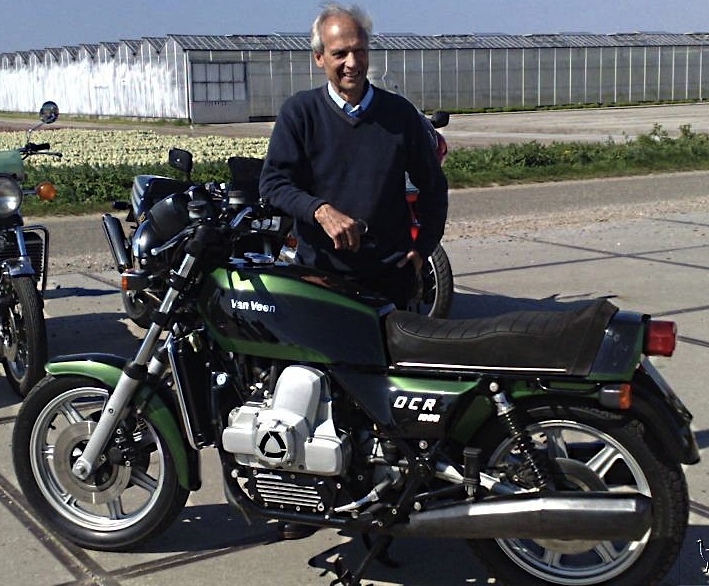
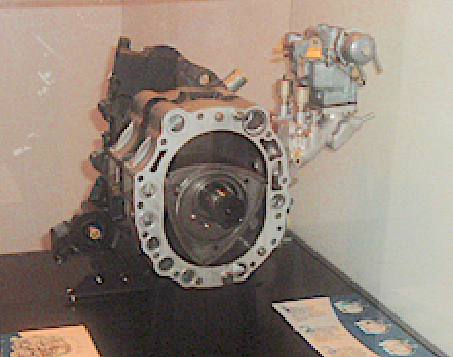
Honda
Honda's engineers did investigate the Wankel craze of the mid-1970s, although they never produced or even licensed the Wankel design. Housed in a nearly stock CB125, this test-bed project was clearly intended to see if Honda was missing out on the Next Big Thing. This prototype looks to have been built around 1973, given the paint job and spec of the CB125 'mule'.
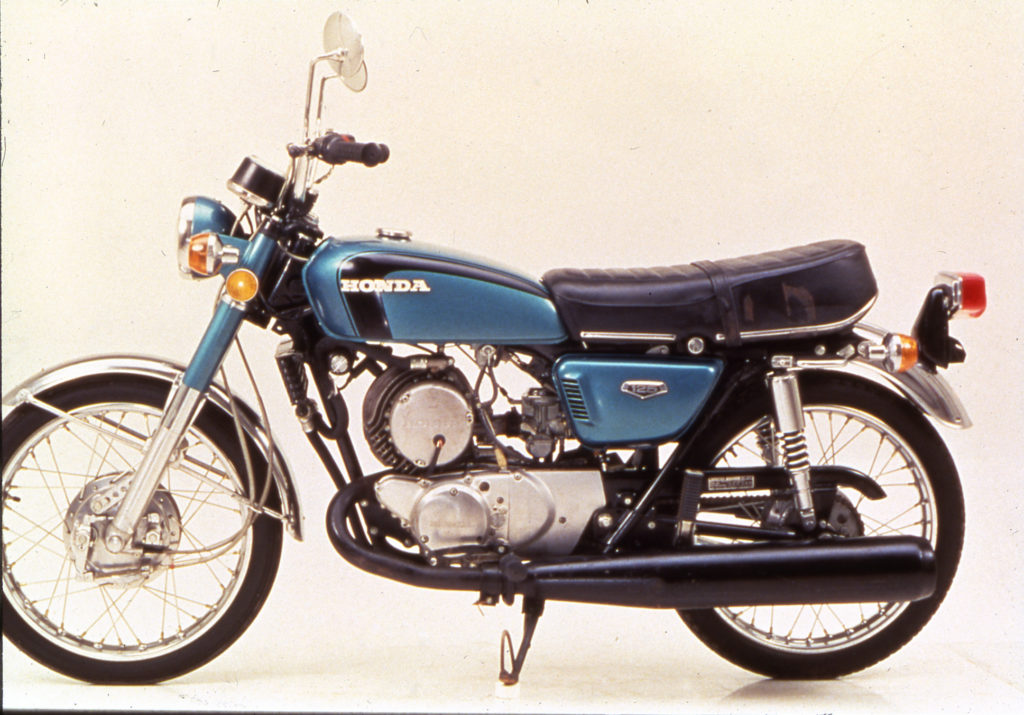
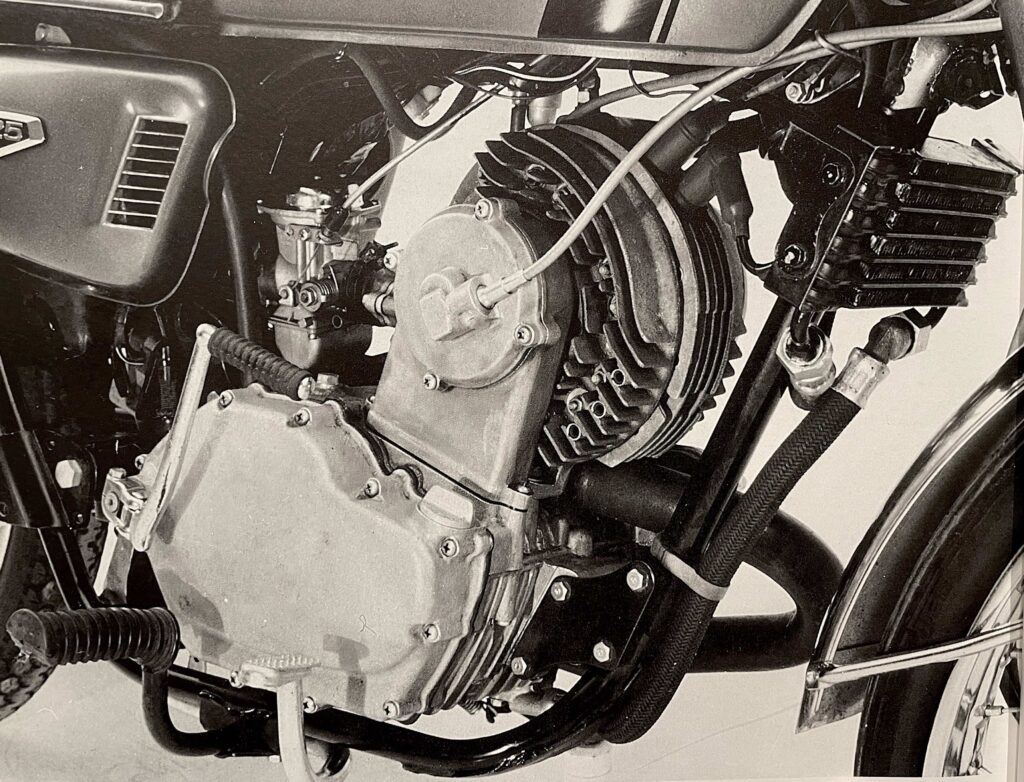
Kawasaki
Kawasaki joined the fray later than its Japanese rivals. The 'X99' prototype had a twin-rotor engine, water-cooled, which purportedly developed 85hp. Kawasaki Heavy Industries, Ltd, purchased a license to built Wankels on Oct. 4, 1971; the chassis of the X99 appears to be based on Kawasaki's Z650, introduced in 1976, which suggests the date of this prototype.
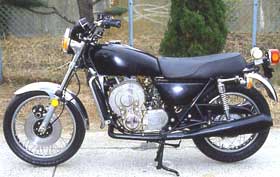
VNII-Motoprom
The city of Serpukhov, 100km from Moscow, was one of many 'secret' towns in the Soviet Union, where research into new technology was conducted (plus manufacture of the AK-47), far from prying eyes. VNII-Motoprom was an auto and motorcycle research institute, which created quite a few interesting machines, most notably Soviet racers such as the Vostok-4, and a few Wankel-engined bikes, completely unlicensed. The story of the Soviet motorcycle industry is little known in the West (and the East!), and deserves exploration...
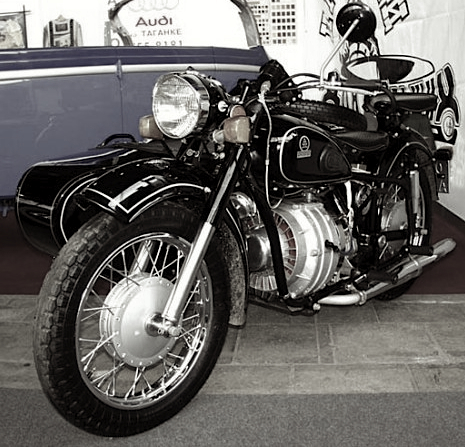
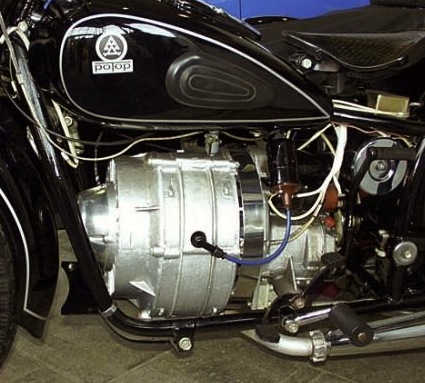
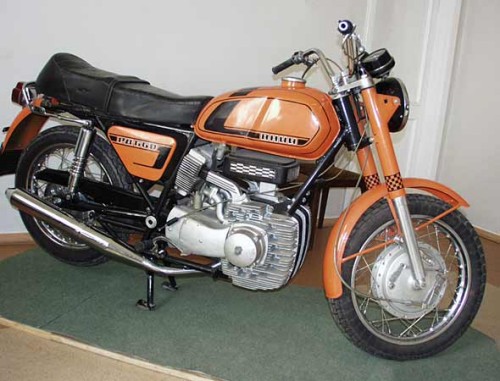
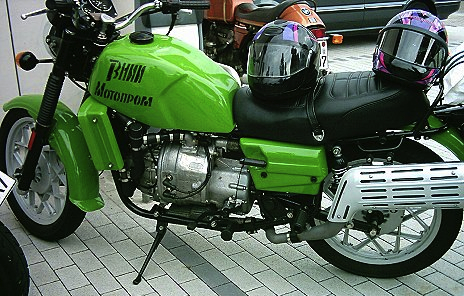
IZH
Little-known outside the Eastern Bloc, Izh is the oldest Soviet/Russian motorcycle manufacturer, founded in 1929 in Izhevsk (on the banks of the Izh river) as part of Stalin's enforced industrialization of the agrarian economy, begun in 1927 with the rejection of Lenin's 'New Economic Policy', which allowed producers of grain or goods to sell their surplus at a profit - very similar to China's first moves toward Capitalism in the 1990s. Stalin's successful effort at creating an industrial power, where none existed previously, actually decreased the standard of living, caused widespread famine, and meant imprisonment or death for millions...although it did create an automotive and motorcycle industry. Not that 95% of Soviet citizens could afford it in those early days, although Izh sold something like 11 Million motorcycles before 1990.
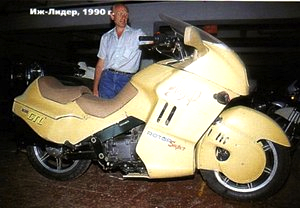
Crighton Racing
Brian Crighton joined Norton Motors in 1986, as a service engineer working on their Wankel models. He was promoted to their R&D department, and began developing a scrap 588cc air-cooled Norton engine, raising output from 85hp to 120hp. The engine was installed in a prototype racer in 1987, which hit 170mph on tests, and scored a victory on its second outing. Realizing they had a winner, Norton found sponsorship with JPS, and in 1989 Steve Spray won the British F1 and SuperCup championships. Crighton split from the Norton team in 1990, and teamed with Colin Seeley as Crighton Norton Racing, competing against factory GP two-strokes of the era. Their swansong was the British SuperCup Championship in 1994, after which the Wankel engines were banned from competition.
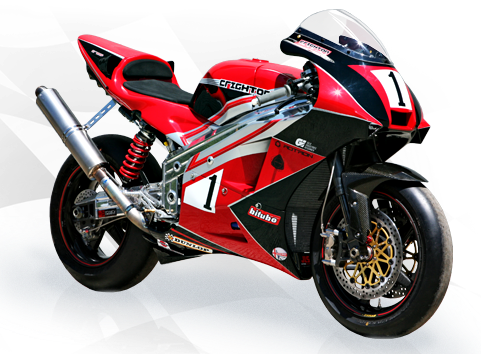

'Paradise Lost': Conrad Leach
The exhibition 'Paradise Lost’ is an exploration of the enduring appeal of Speed, Danger, British identity, and a time when men exploring physical boundaries were knighted to the acclaim of millions. This show evolved from conversations between Conrad Leach and Richard Gauntlett, as they discussed their mutual passion for the charismatic imagery and objects from the 20th Century. Not nostalgic, but a response to fascinating people, machines, and events from the near past, whose character transcends the period, and remains equally compelling today.
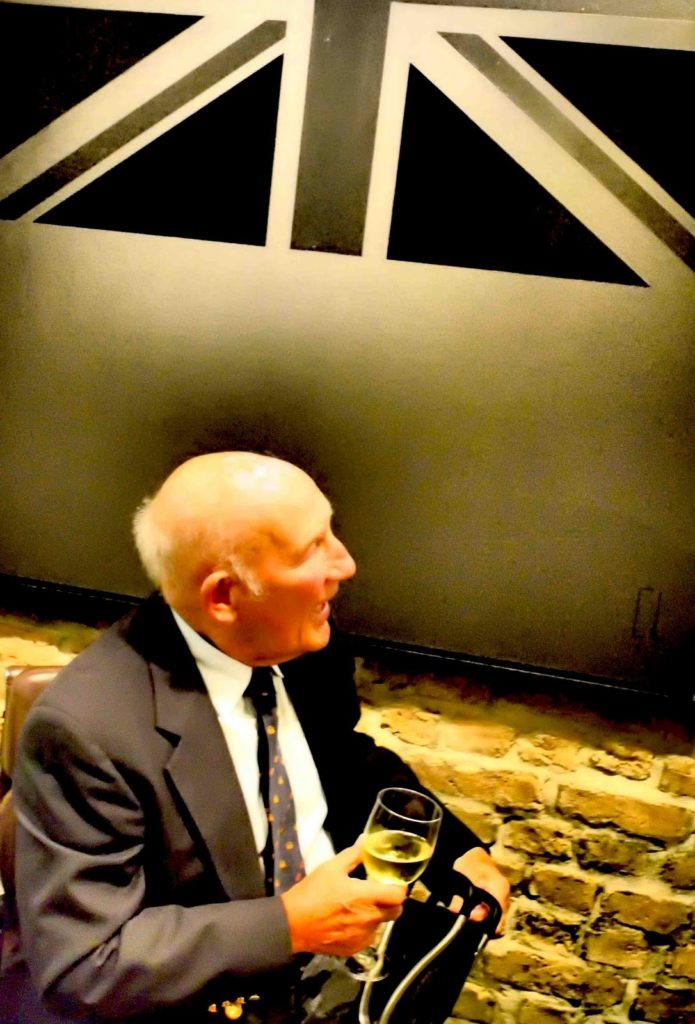
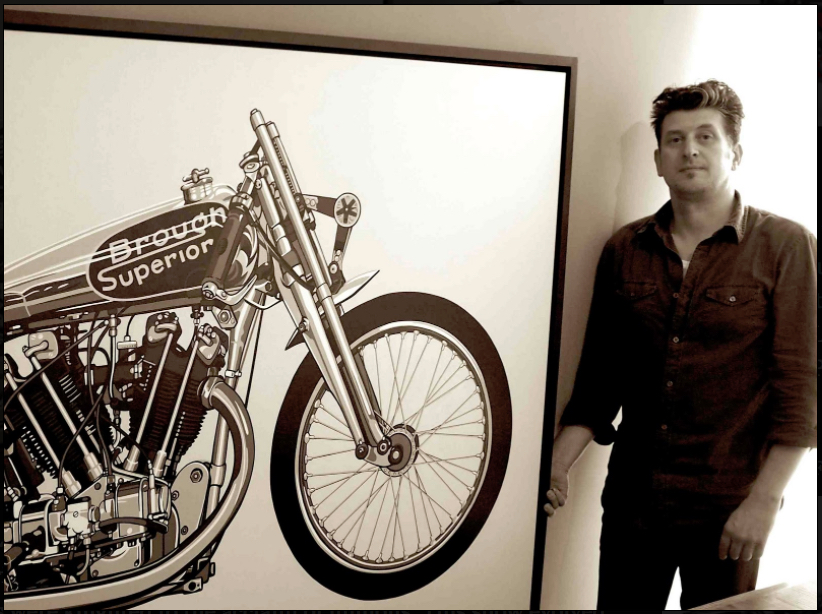
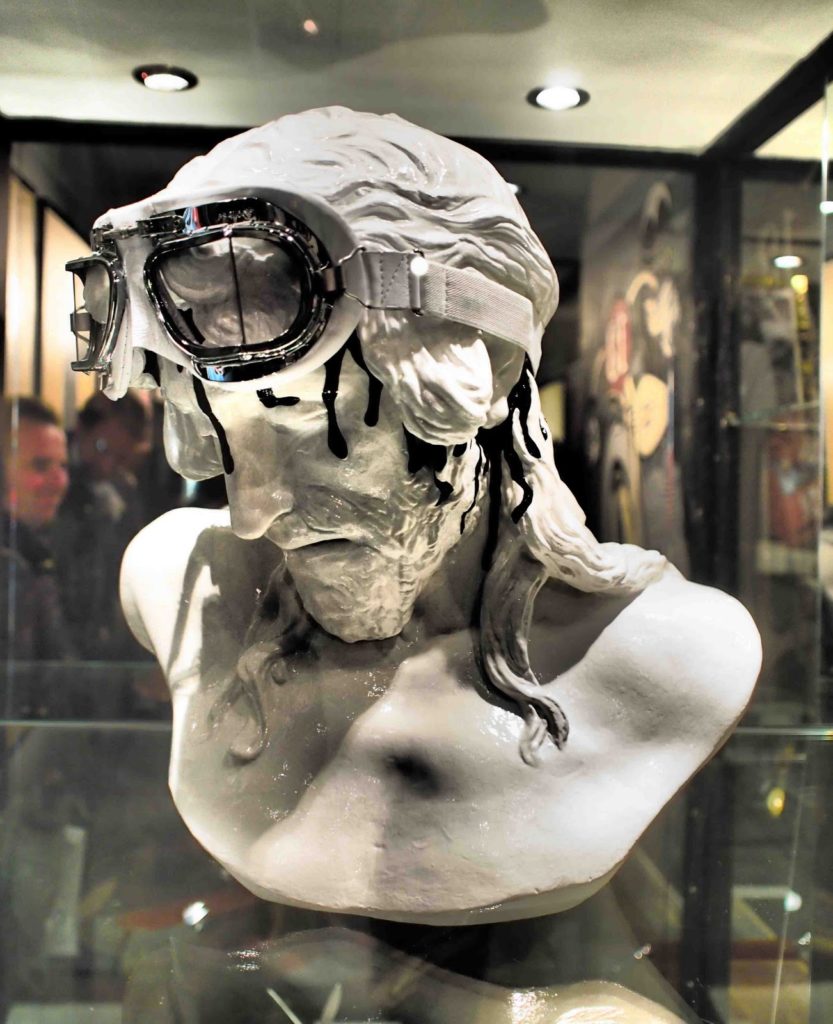
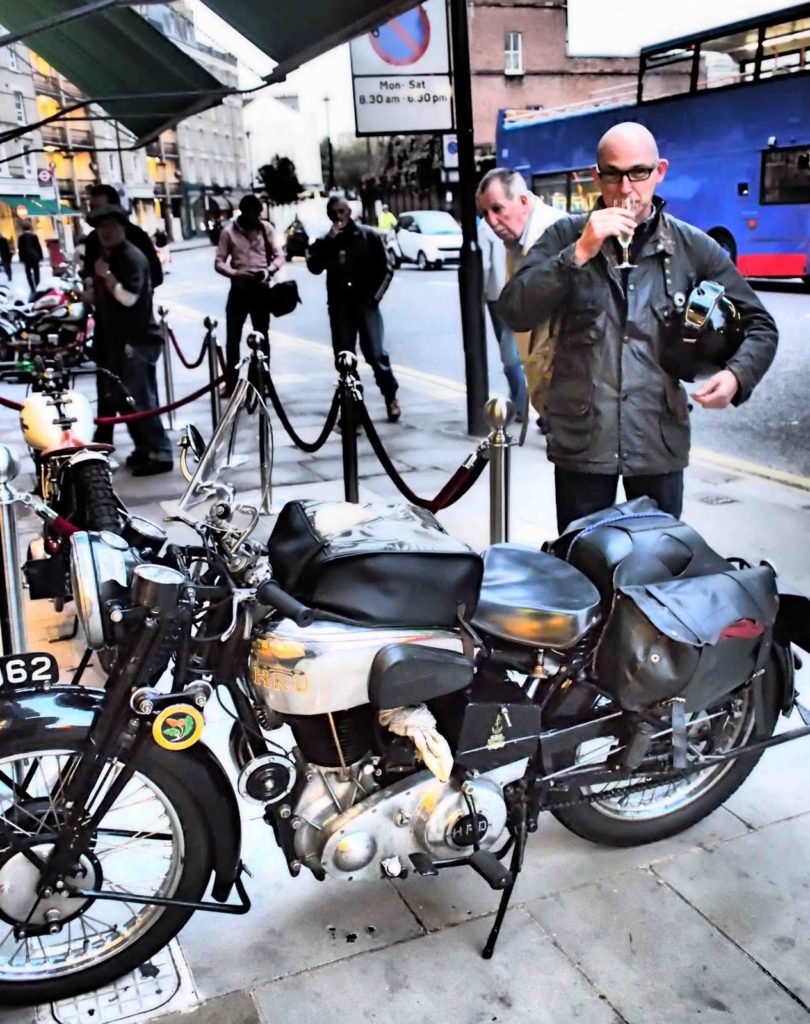
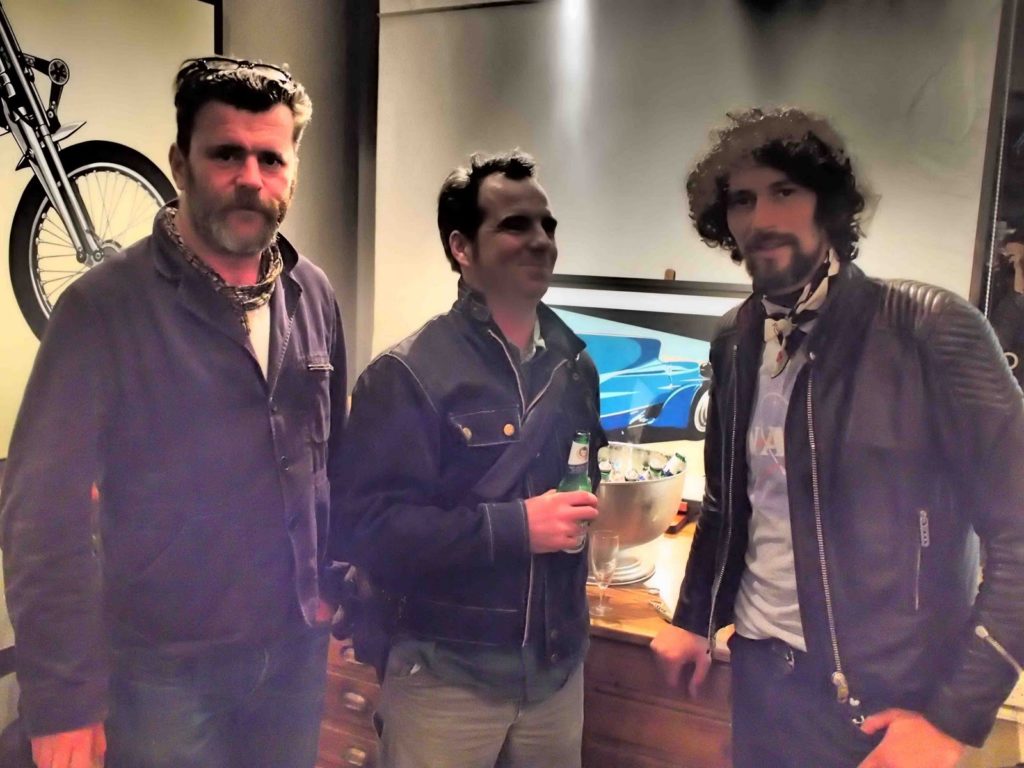
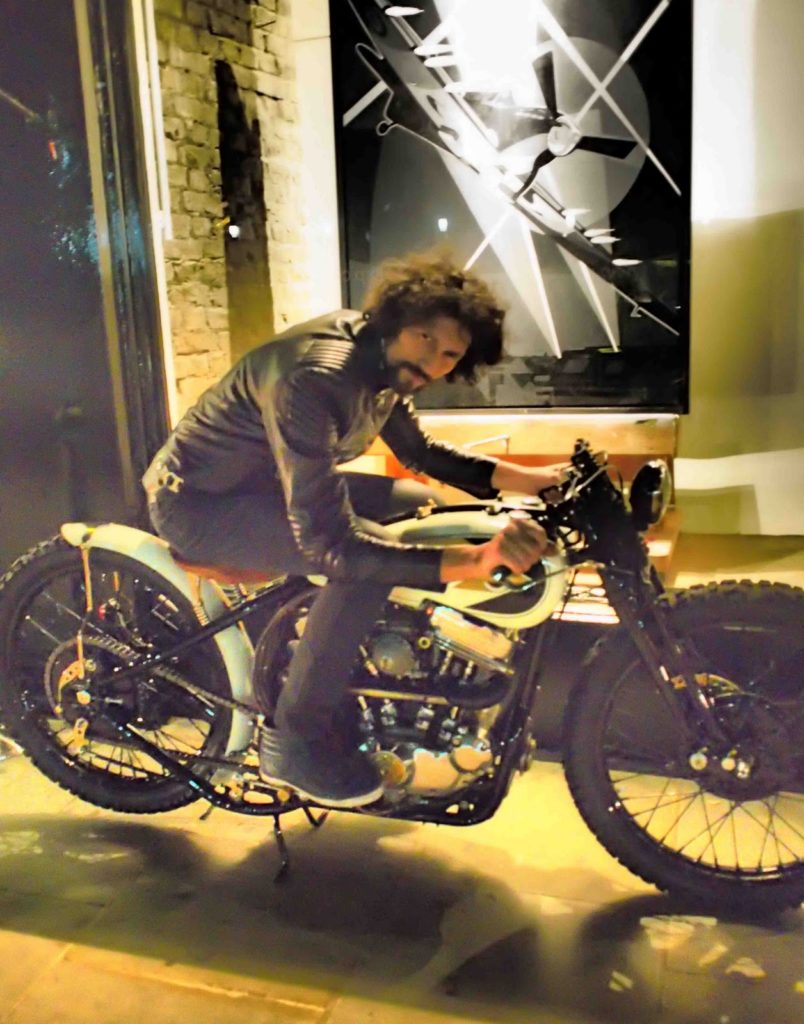
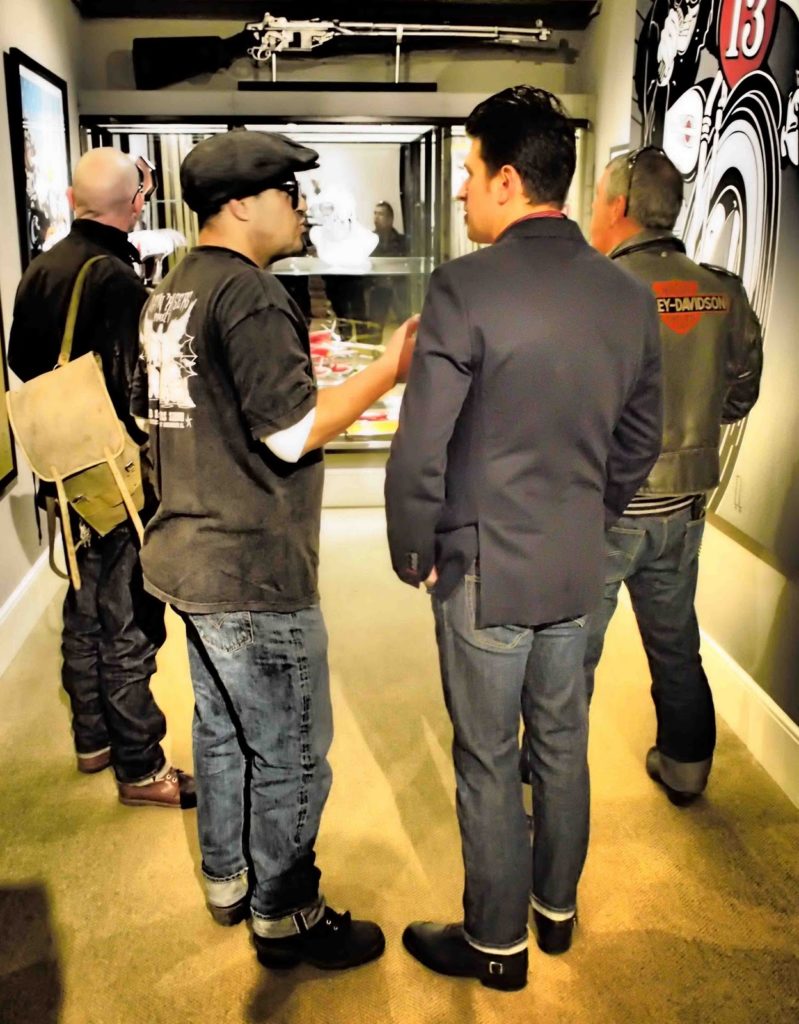
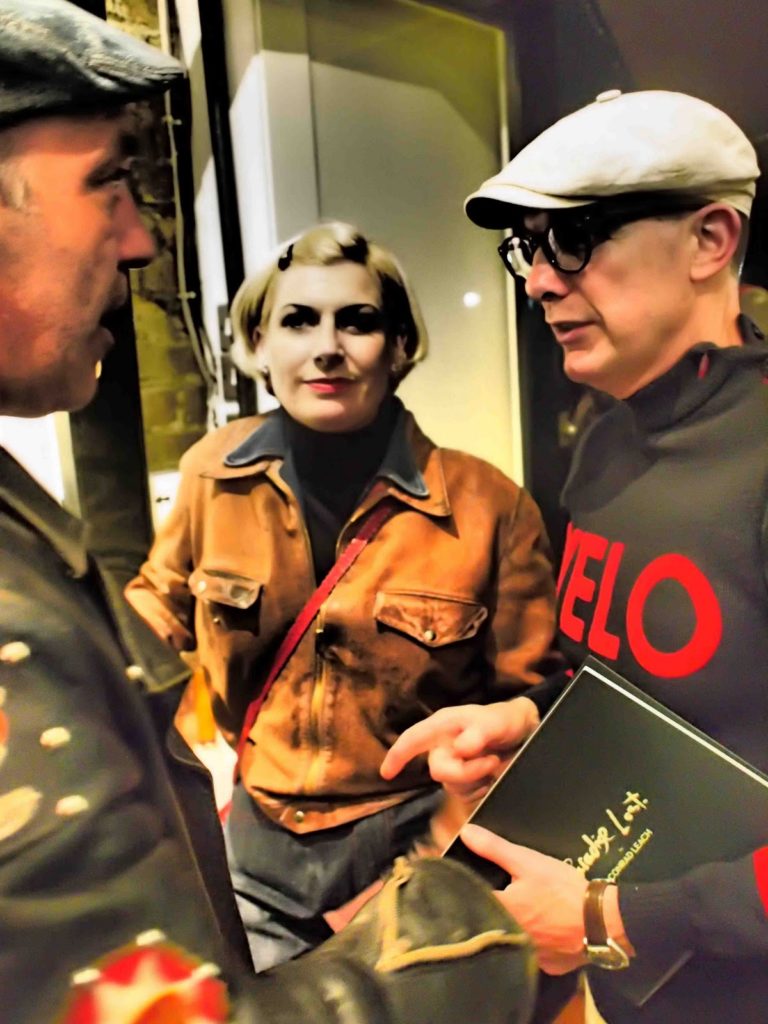
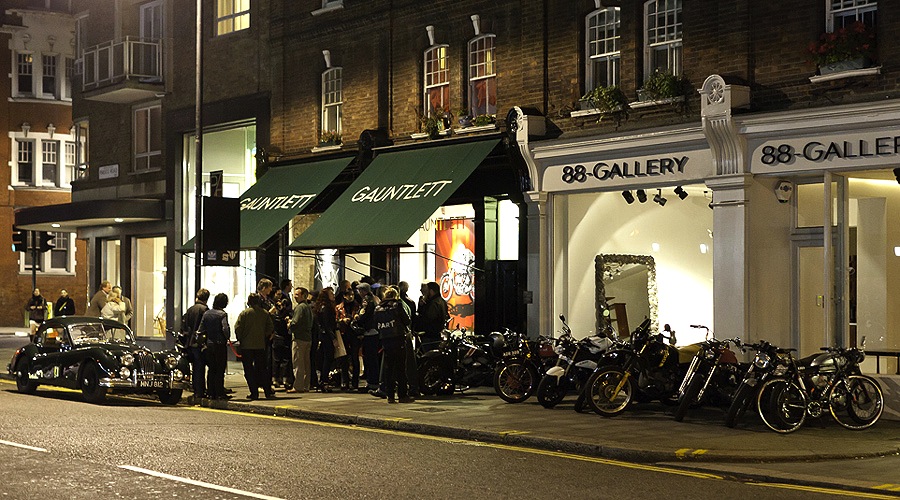

The Universal Racing Motorcycle
You need four different motorcycles to road race, motocross, trials, flat-track, and hillclimb...right? There was a time, not so long ago, when it was possible to have just one motorcycle, and race in any event with a chance of success in all of them. Those days have passed in the world of serious competition, but with Vintage events cropping up all over the world, it's still possible to have serious fun - with a chance of winning - in every category, with a single bike.
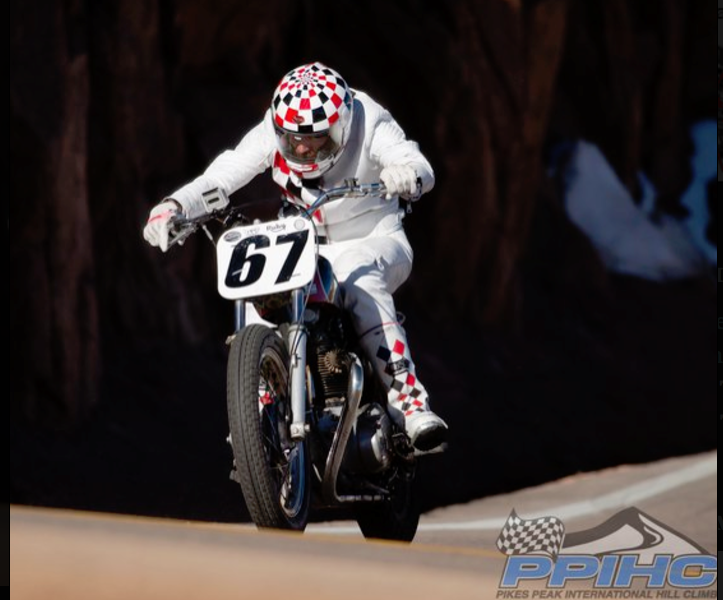
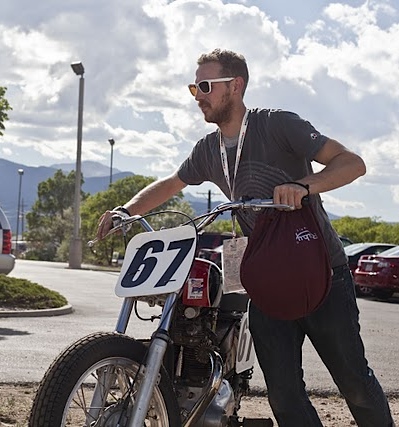
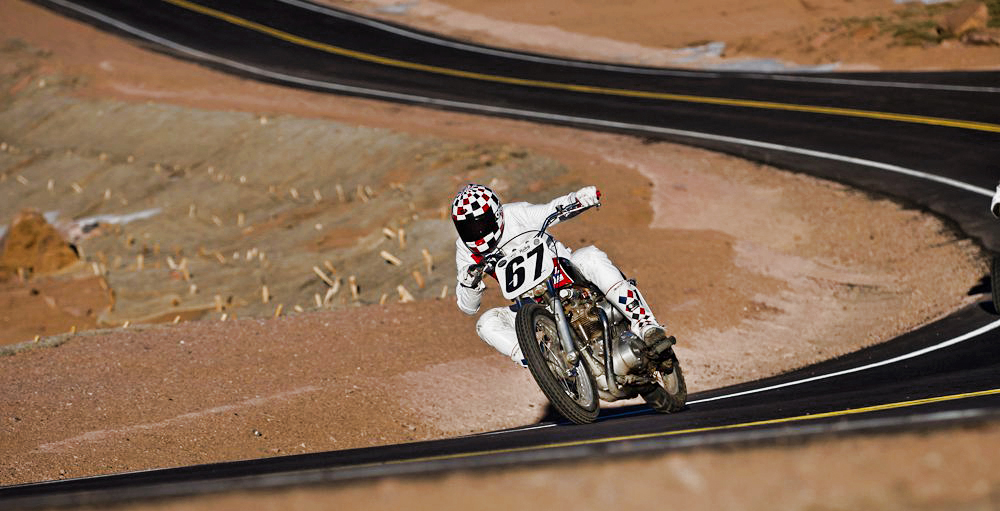
The first Pike's Peak Hillclimb was a bid for publicity, after the first highway to the top opened in August 1916; a race was staged for cars and motorcycles over the tortuous, snaking dirt track with dramatic views and vertiginous dropoffs in many areas - the race is not for the faint of heart. The road is 12.42 miles long, partially paved (at the bottom), with graded gravel and dirt towards the top, and the weather can change dramatically from the 9400' start, over the 156 turns and 4700' climb.
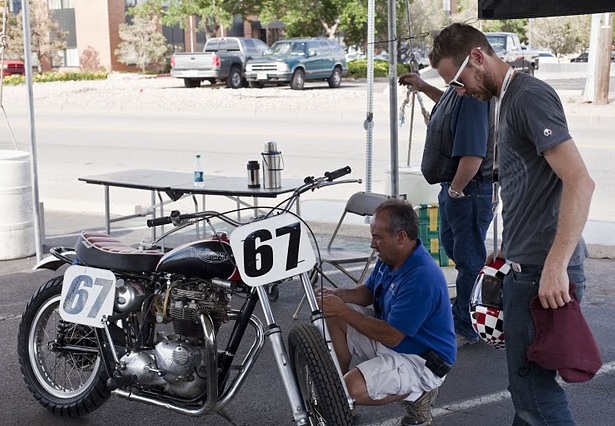
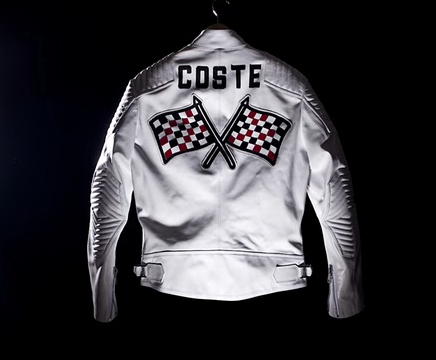
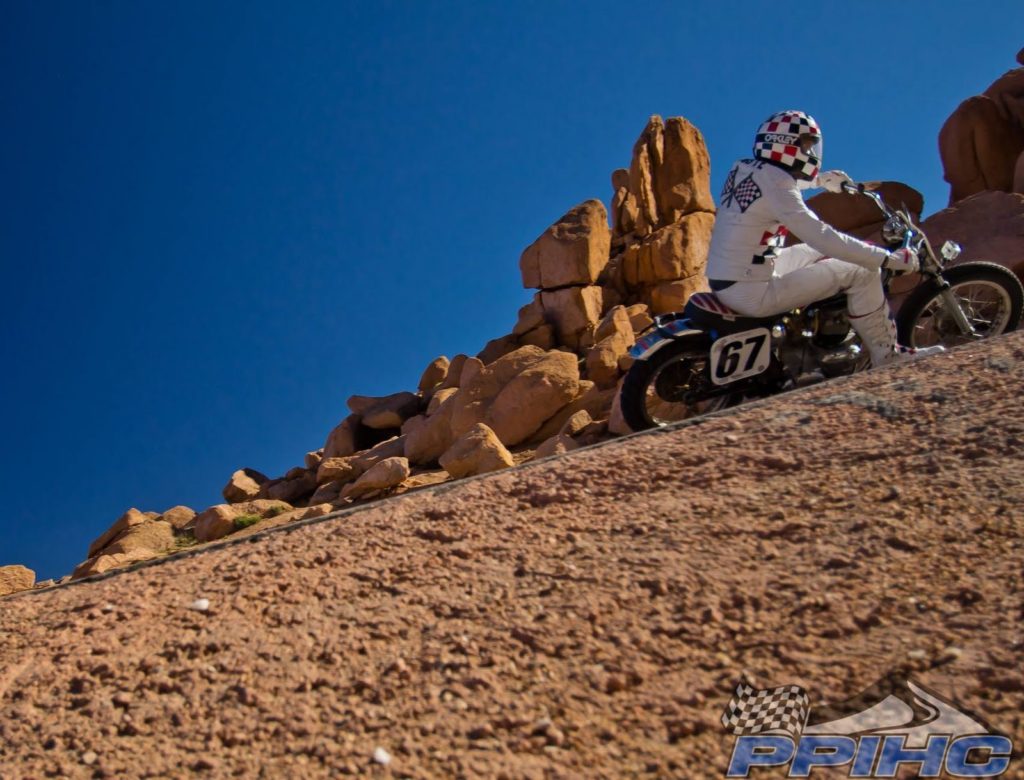
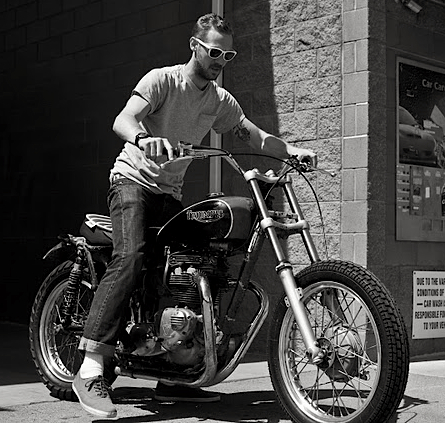

Ralph Lauren at the Louvre
When does an object cease to be 'mine', and become the property of History? The question has ignited a virtual bonfire, over which arrows are slung between detractors of Ralph Lauren's deliberate tweaking of his stunning auto collection, and those who feel RL has the right to do as he pleases with his property. The occasion for such debate is the 'L'Art de L'Auto Mobile' exhibit at the Musée des Arts Décoratifs in Paris, in the western wing of the Louvre, better known as the home of design brilliance manifested as jewelry, furniture, fashion, interior design, and objets d'art.
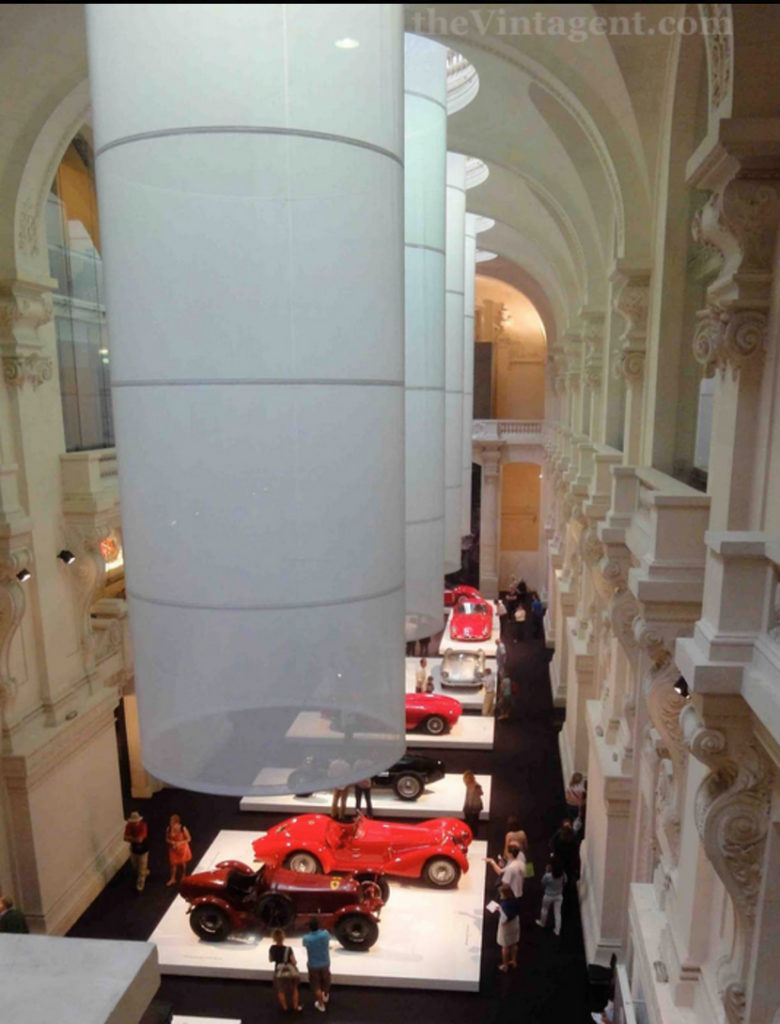
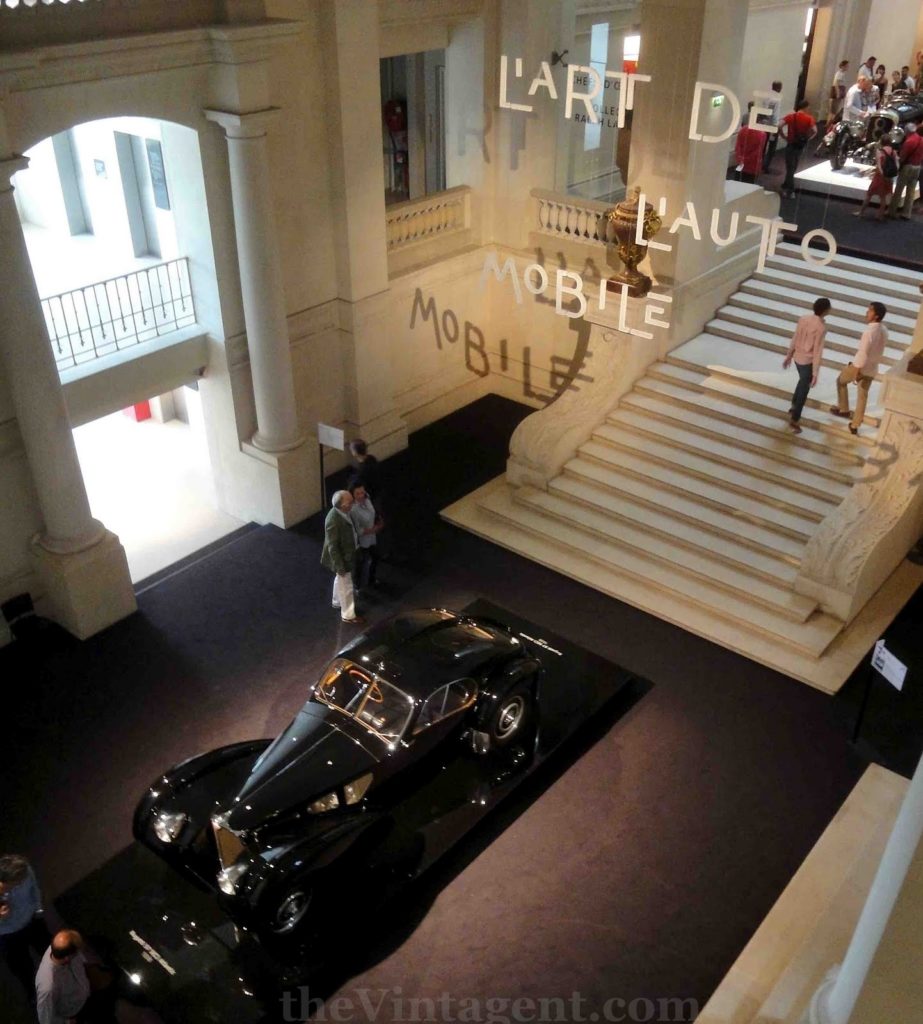
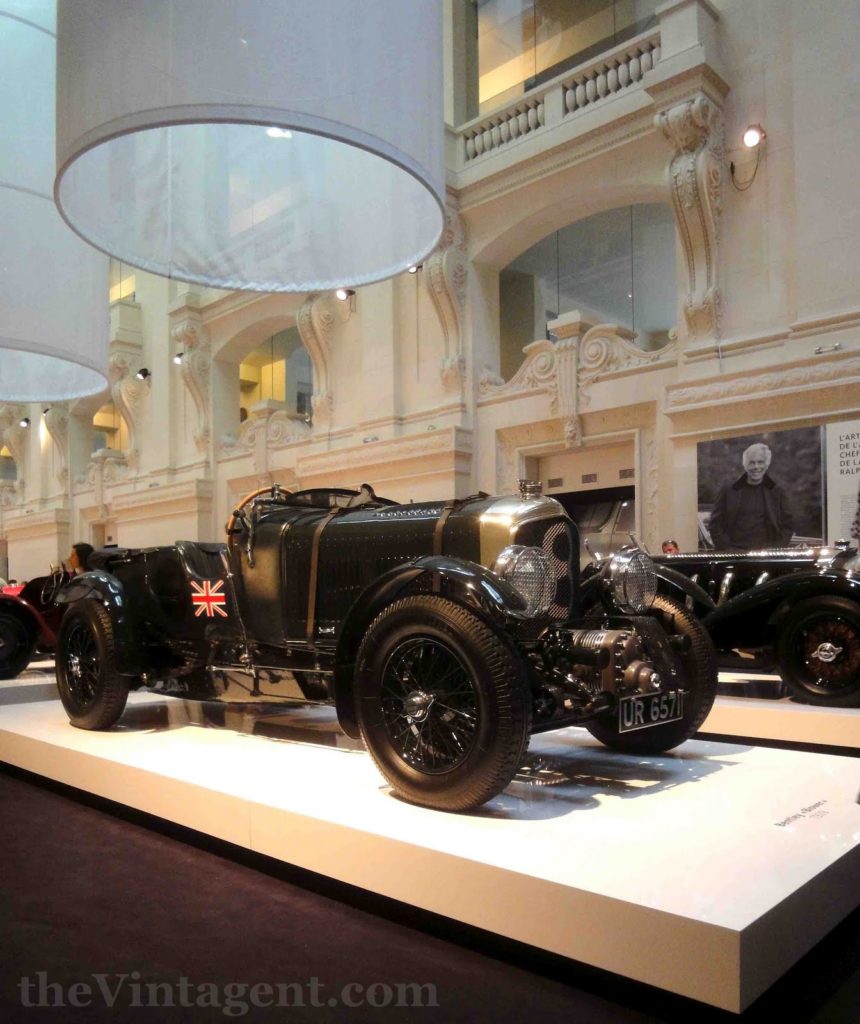
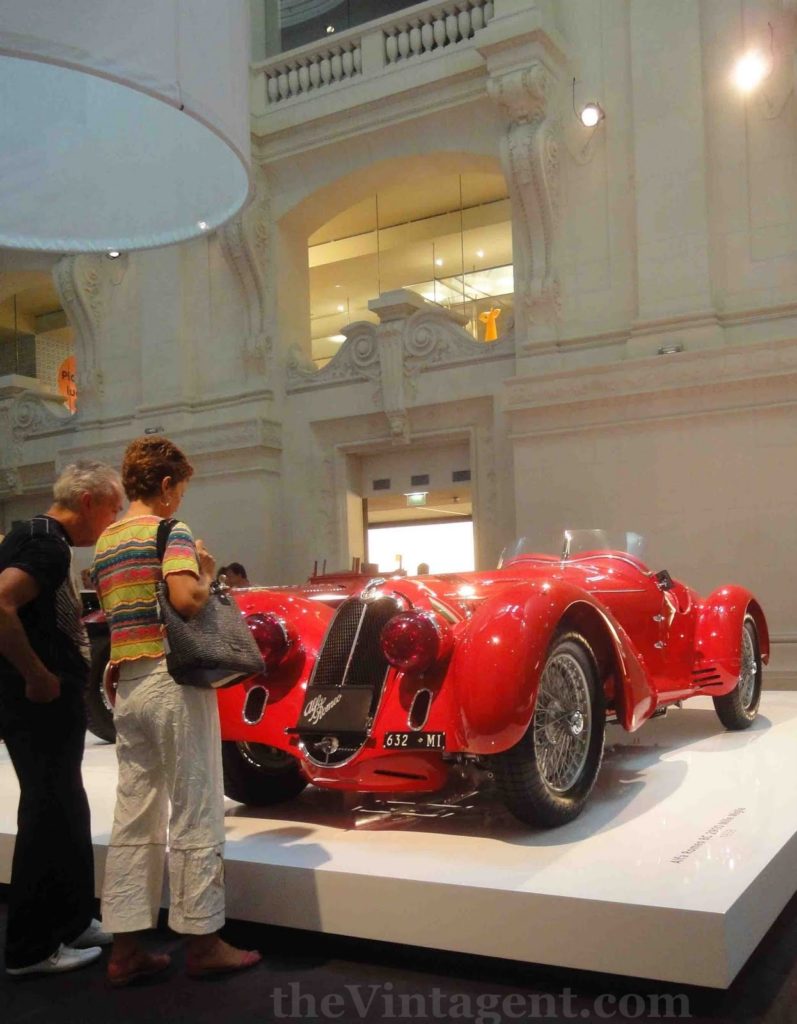
"Thomas Kohler, the initiator of the Charter, explained: 'You have to understand the amount of lying, past and present, in the historic vehicles community, how often people try to bring fakes into circulation as “veterans”. The practice of converting stately town cars or saloons into racing cars by shortening the chassis is not in line with FIVA rules. Article 4.2 [of the FIVA statutes] “...To support and encourage the restoration, preservation, use and documentation of historic vehicles of all kind...” spells out this objective.’ ... Fakes or vehicles that suffered extensive changes to their engineering and appearance that their historic reference is lost would not stand any chance of being registered as historic vehicles...The purpose of the Charter is to preserve the historic substance of historic vehicles unaltered and ensure through their active use, maintenance, conservation, restoration and repair that future generations can enjoy these cultural treasures....As defined in the Turin Charter; the collective term historic vehicles includes automobiles, motorcycles, utilitarian vehicles, trailers, bicycles und other mechanically operated vehicles... On a diplomatic level, the FIVA hopes to achieve this with reference to the UNESCO Convention on the Means of Prohibiting and Preventing the Illicit Import, Export and Transfer of Ownership of Cultural Property of 14 November 1970, which is enforced by 120 signatory states."
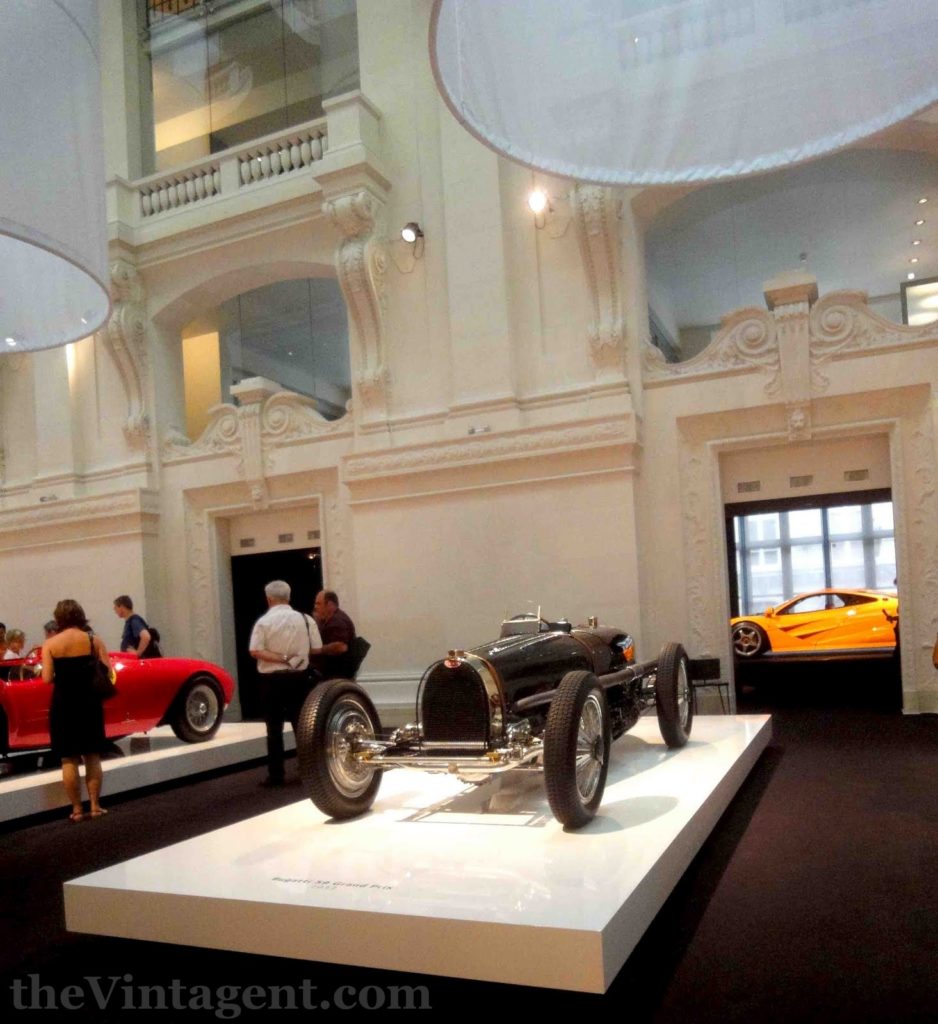
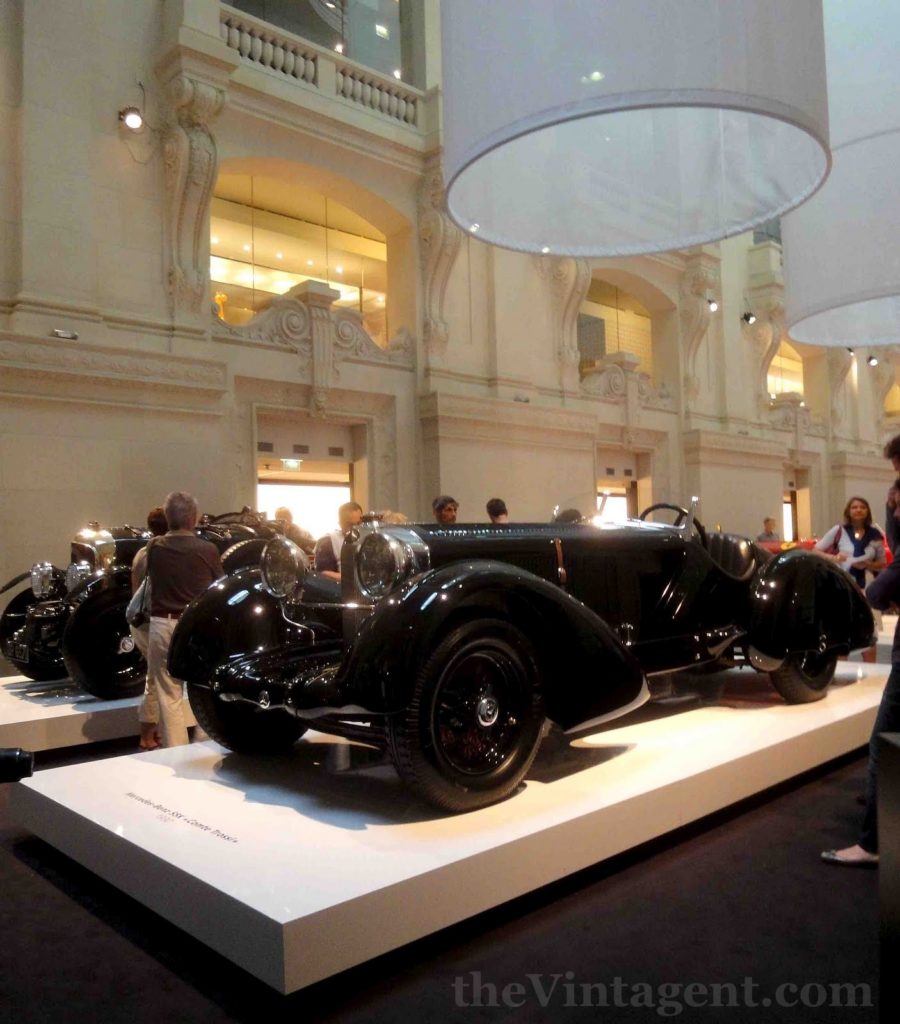
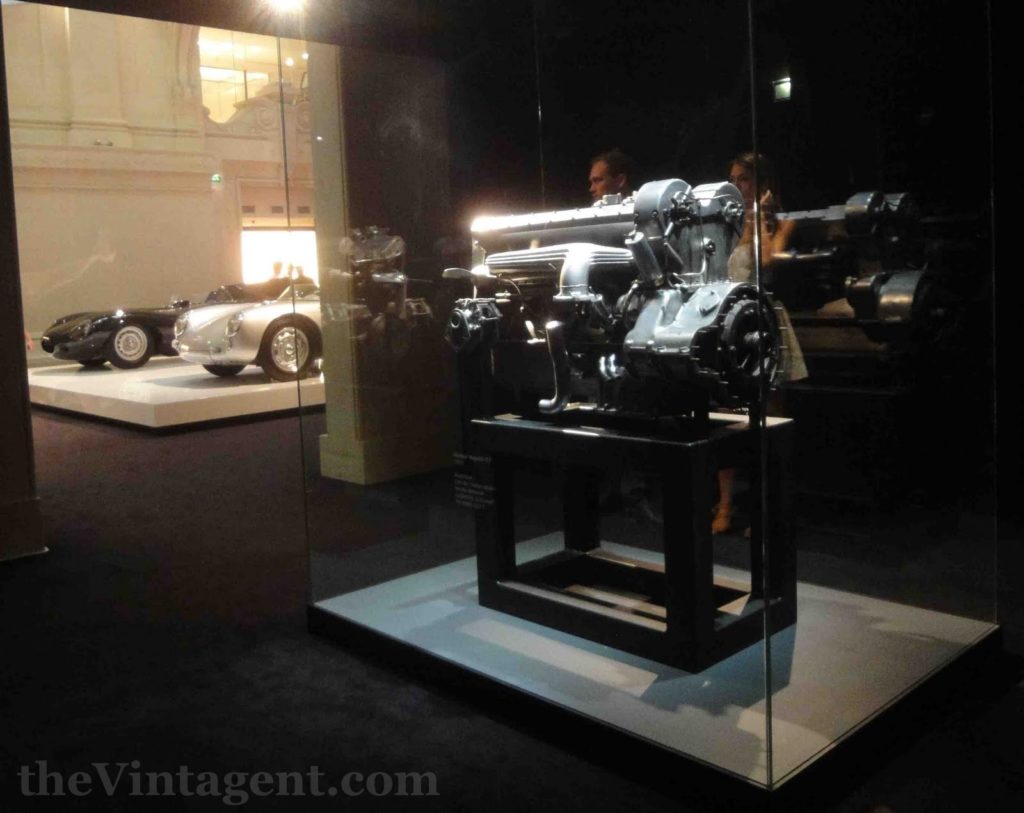
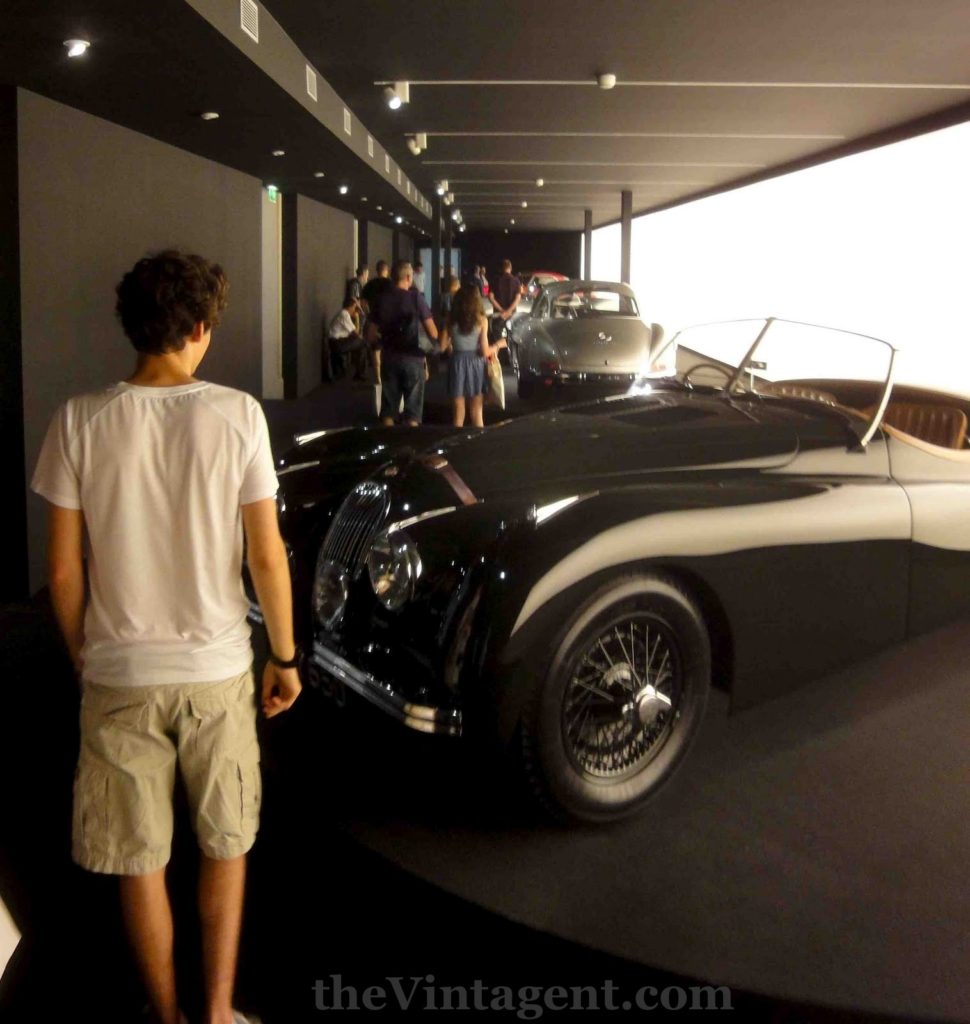
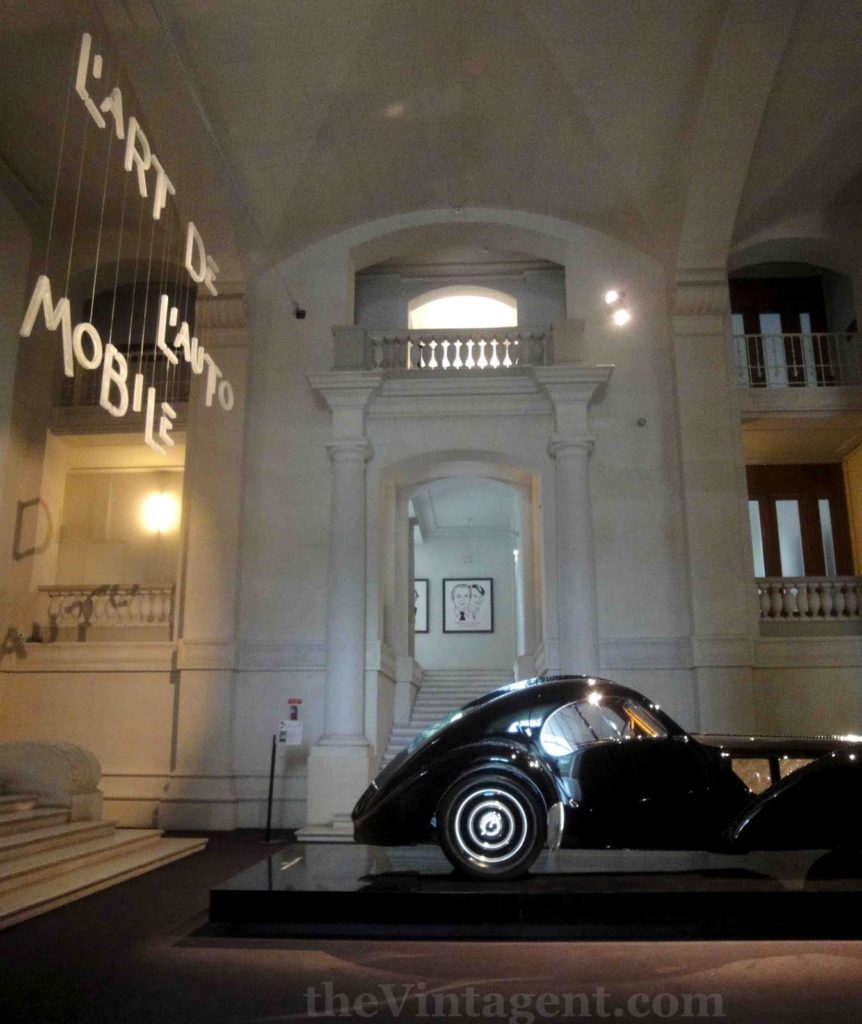
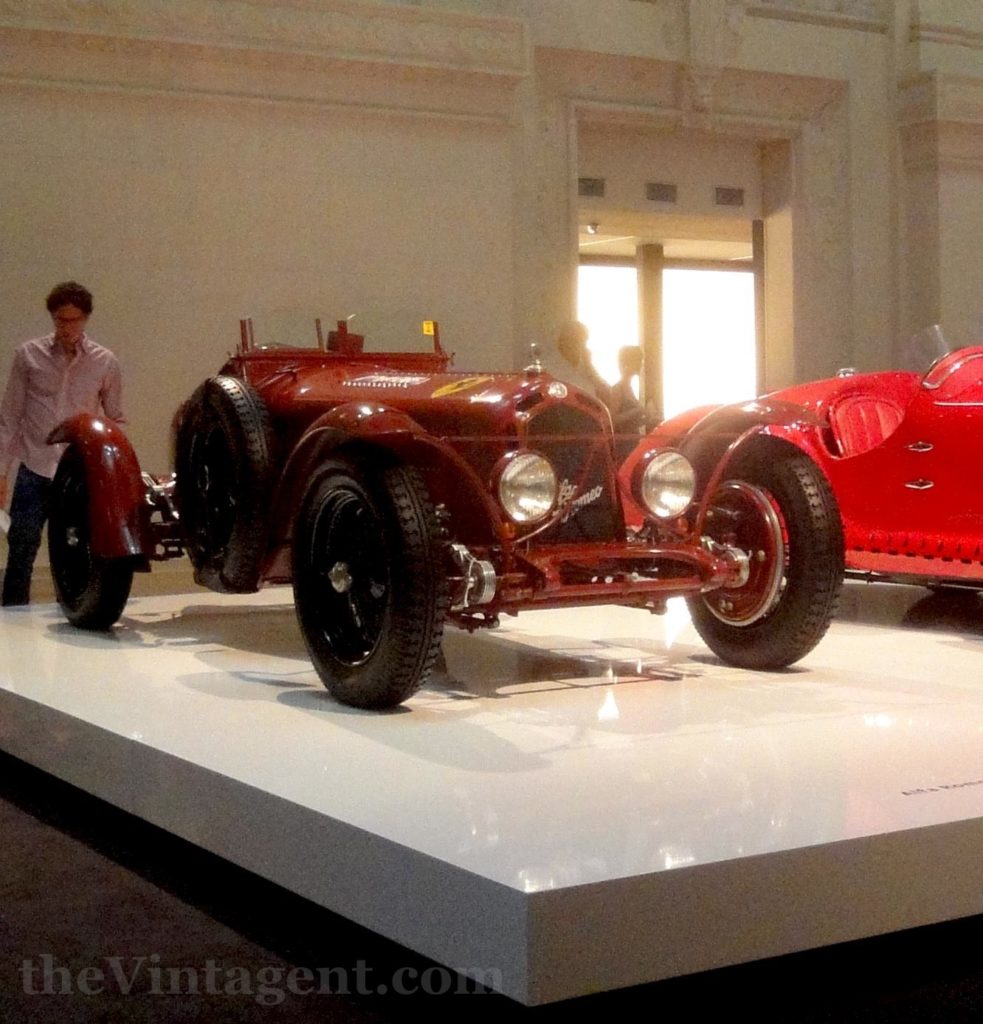
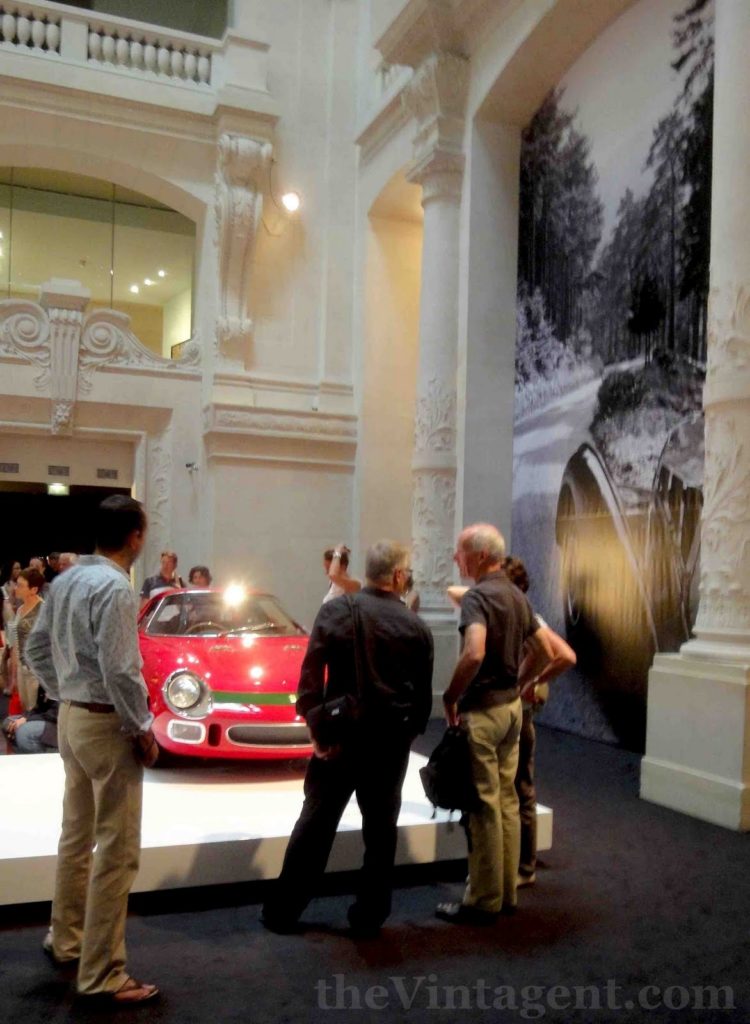

2011 Concorso Villa d'Este
The Concorso d'Eleganze di Villa d'Este is well known, and well loved, as perhaps the most elegant automotive celebration anywhere, a rare combination of the perfect landscape (lake Como), the perfect Villa, and a curated selection of 50 truly exceptional vehicles. With entry to Saturday's Concorso strictly limited to entrants and invited guests, seeing the show at the Villa remains a rose-hued dream to millions of car enthusiasts. Put bluntly, this is a private party for elite swells, some regularly in the press, some obscure, all on their best behavior and most beautiful attire at Lago di Como.
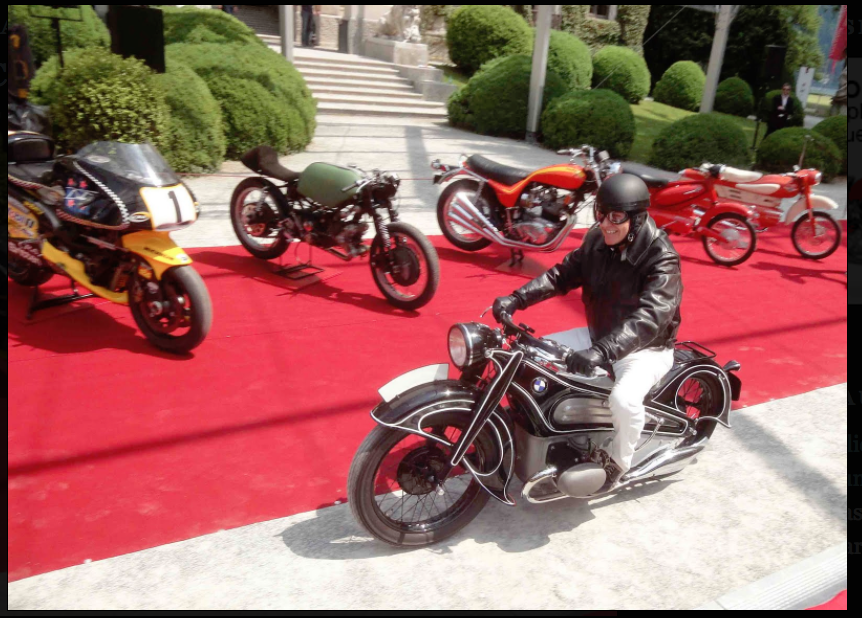
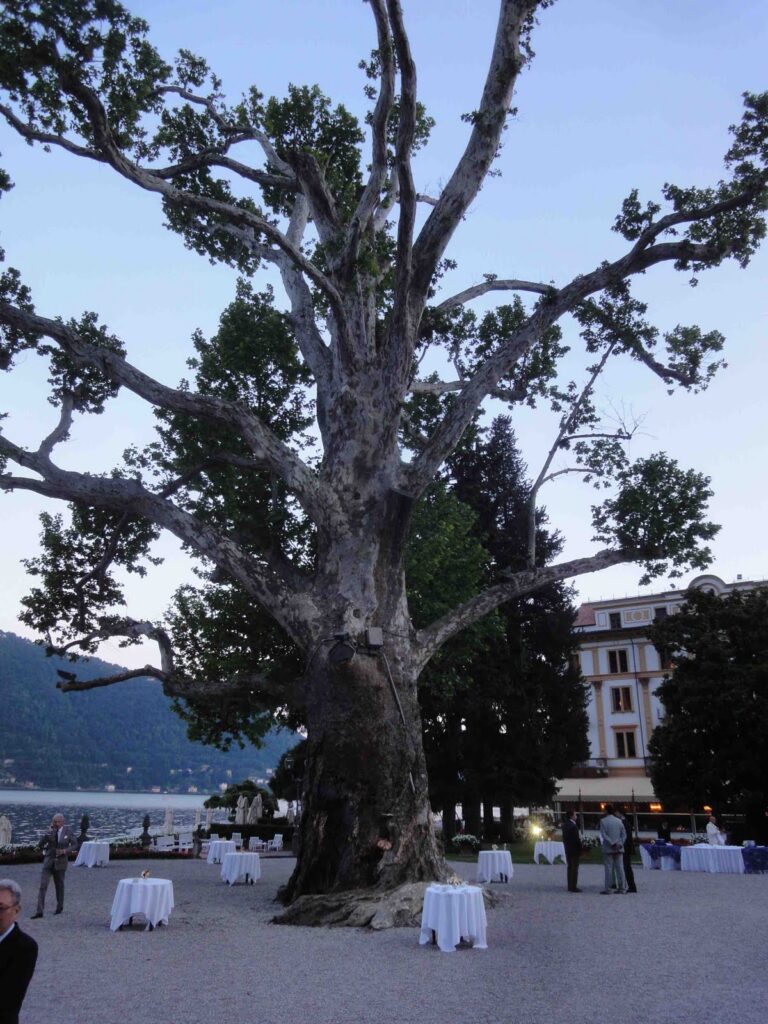

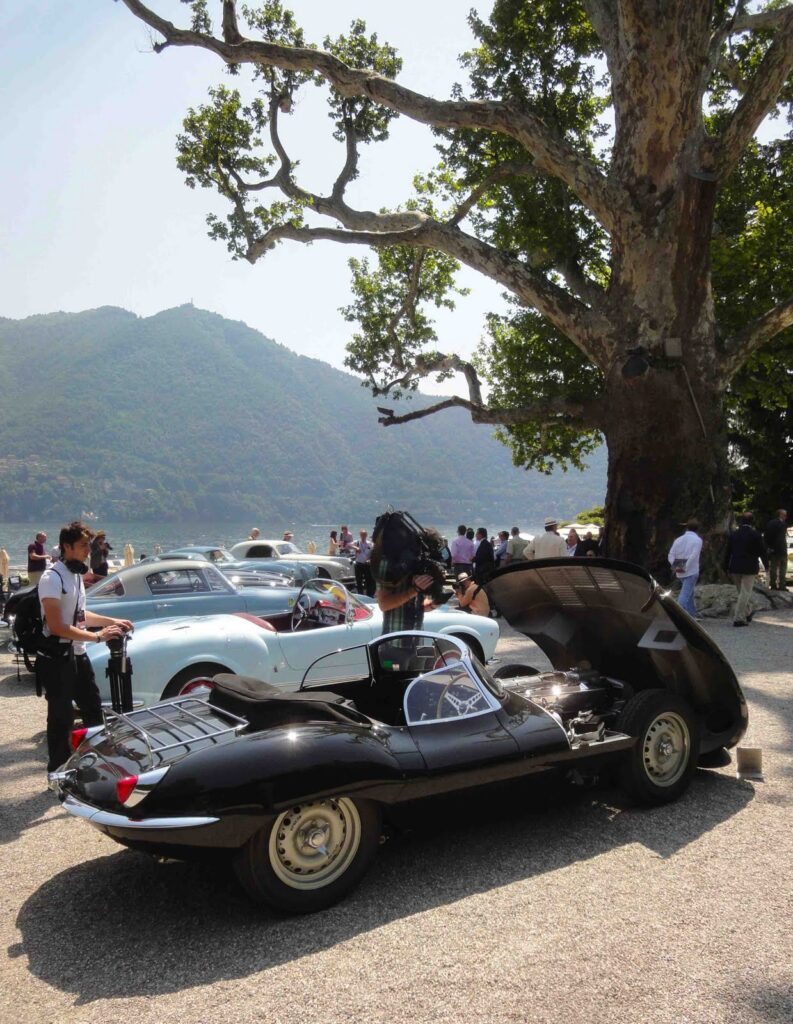
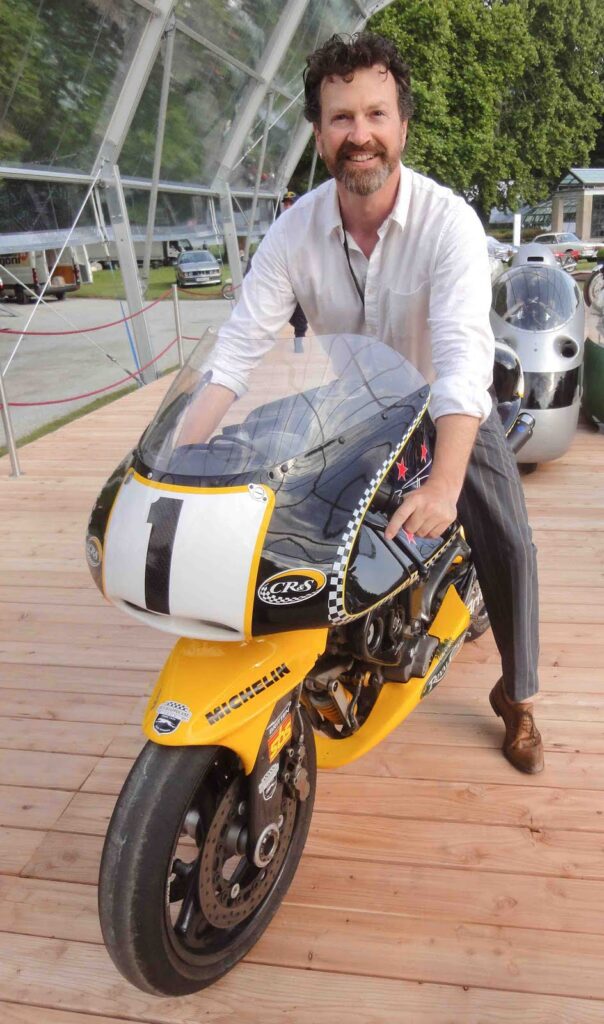
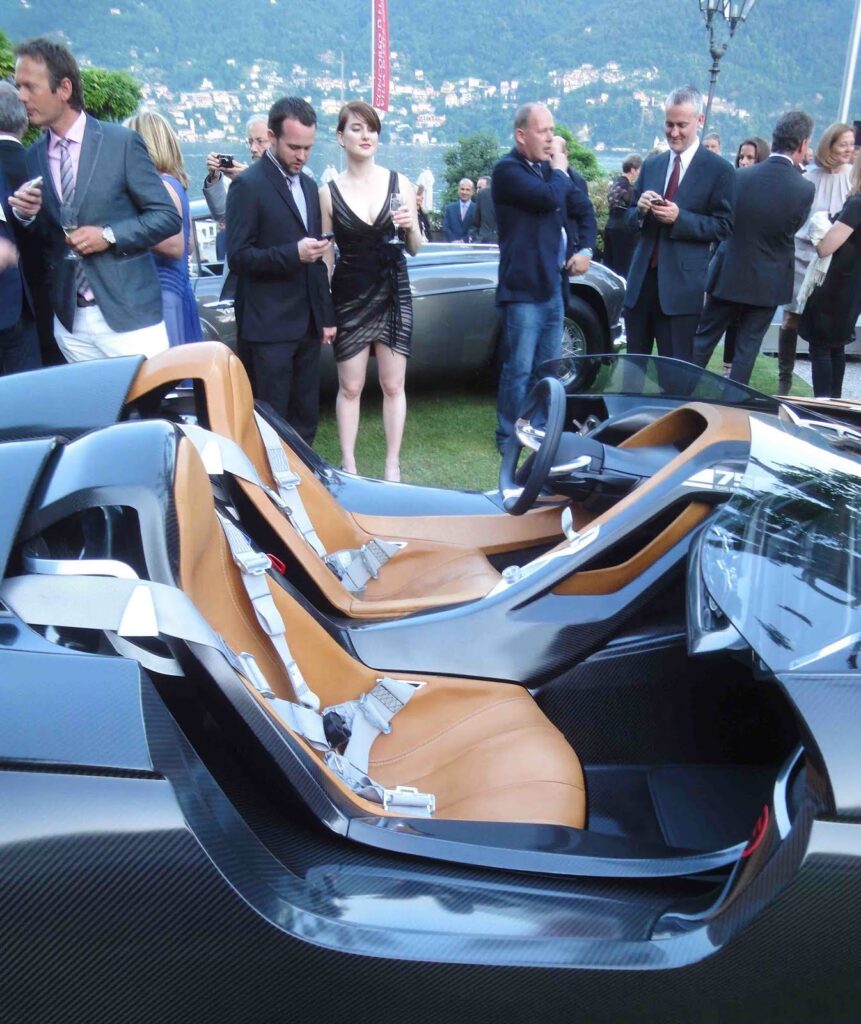
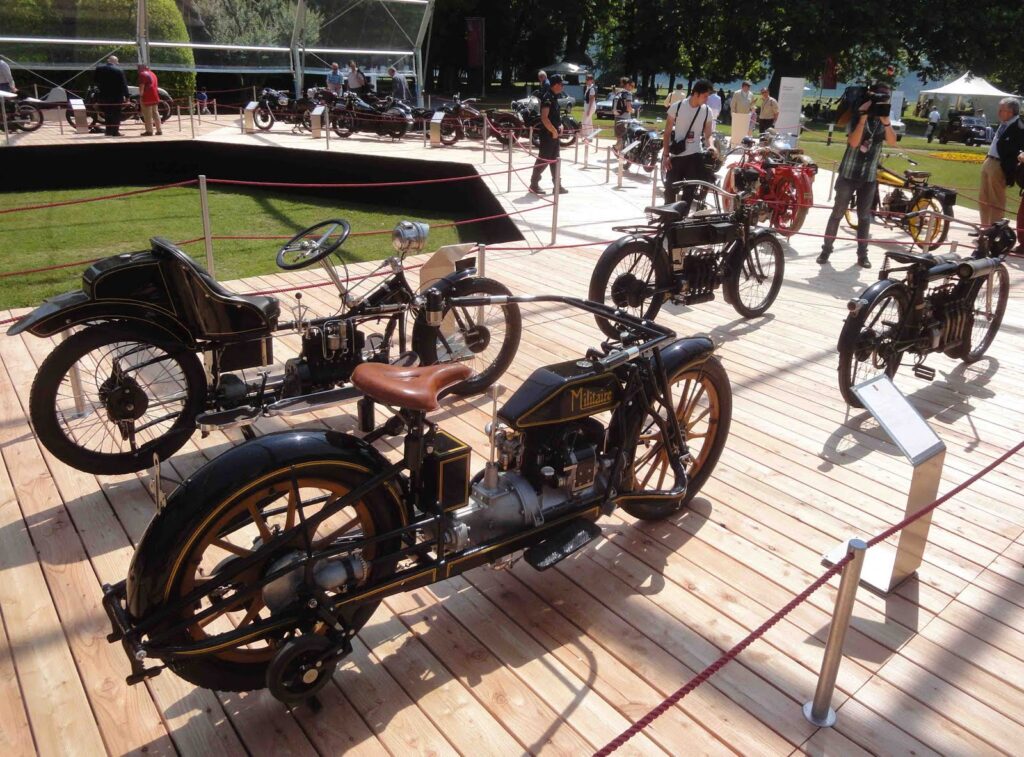
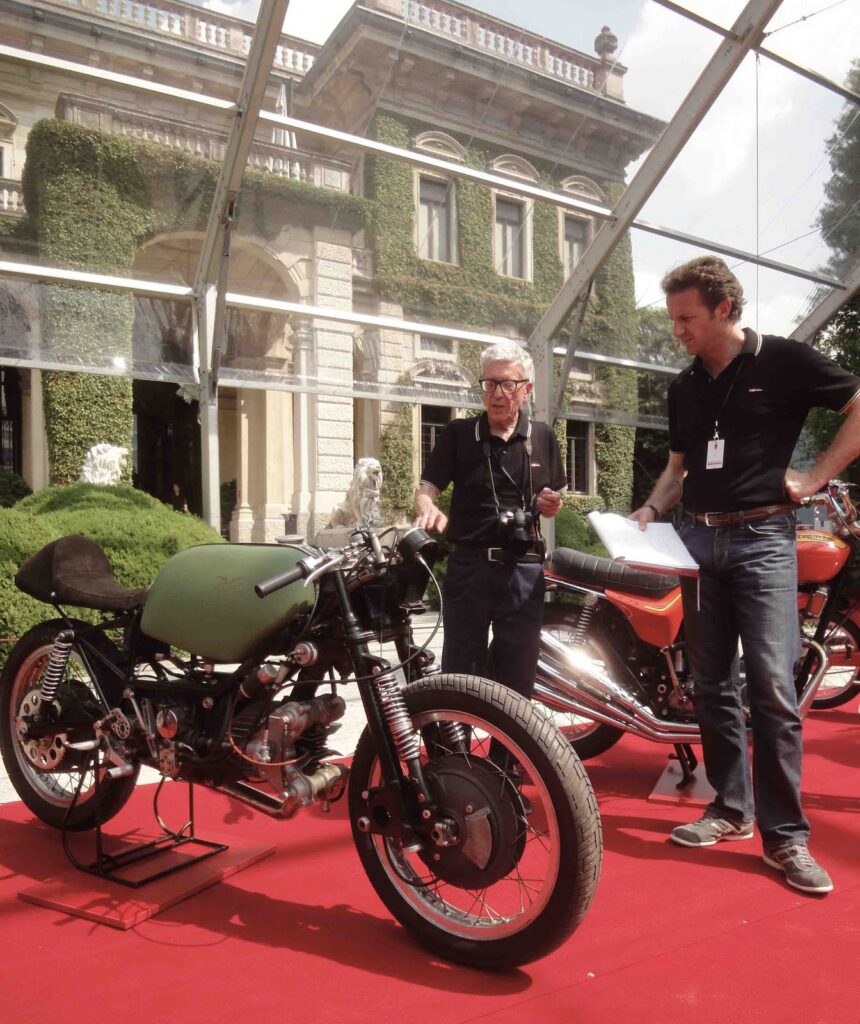
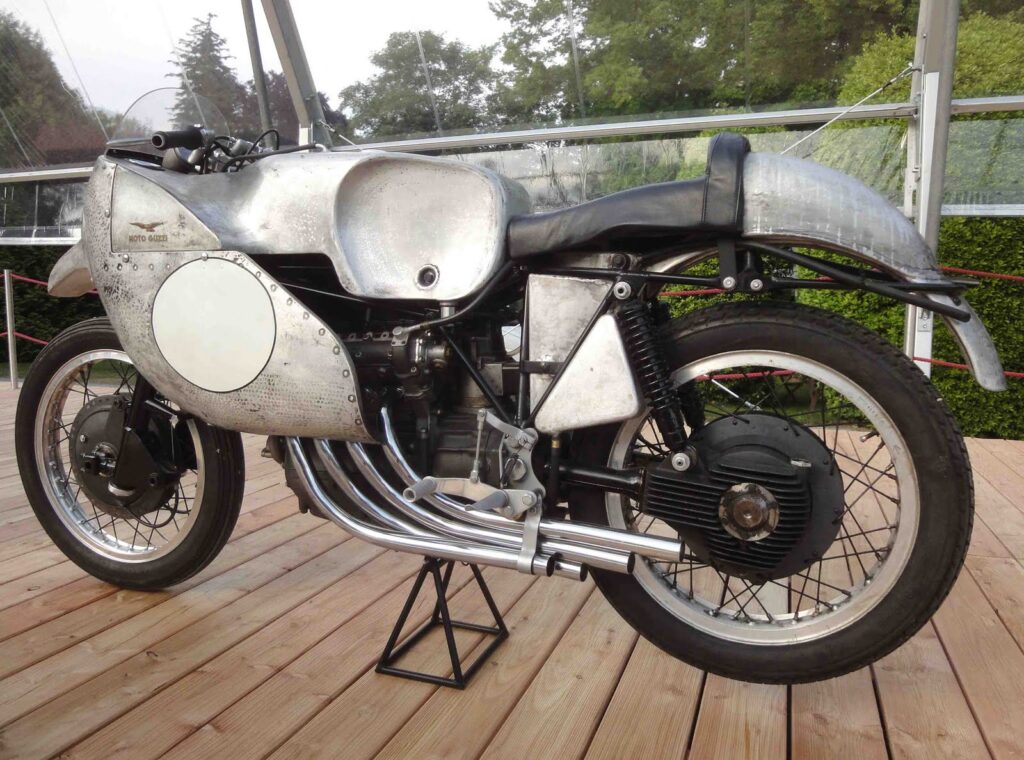
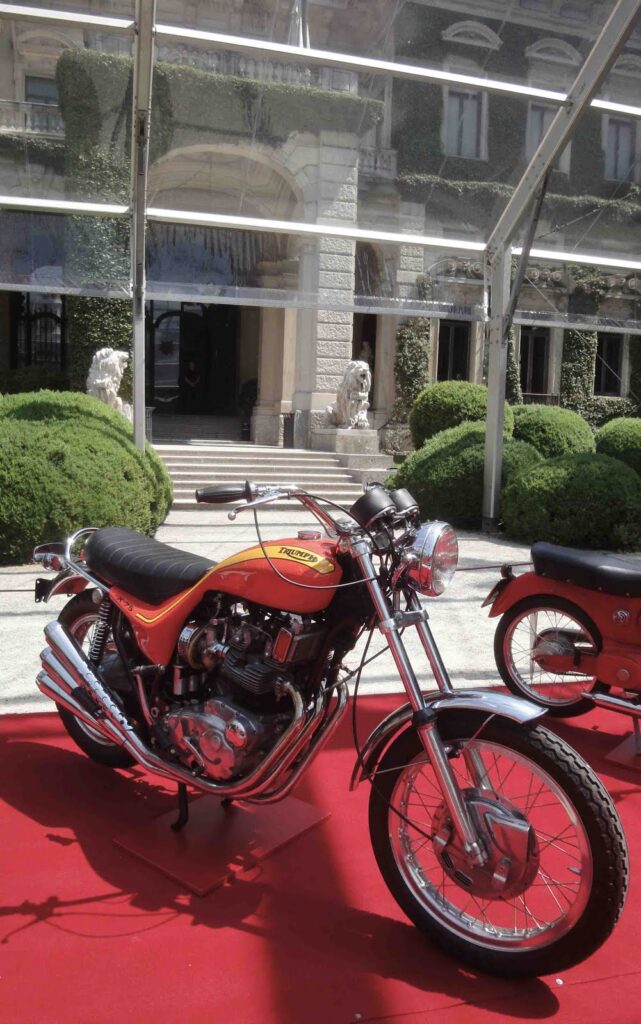
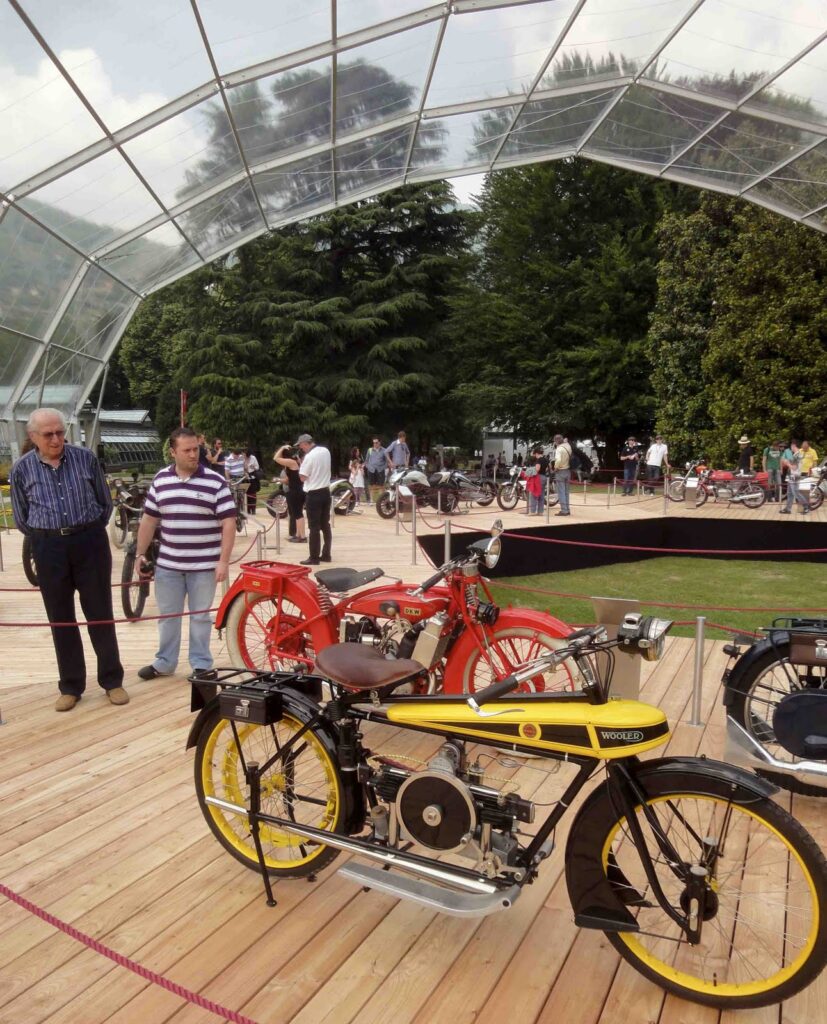
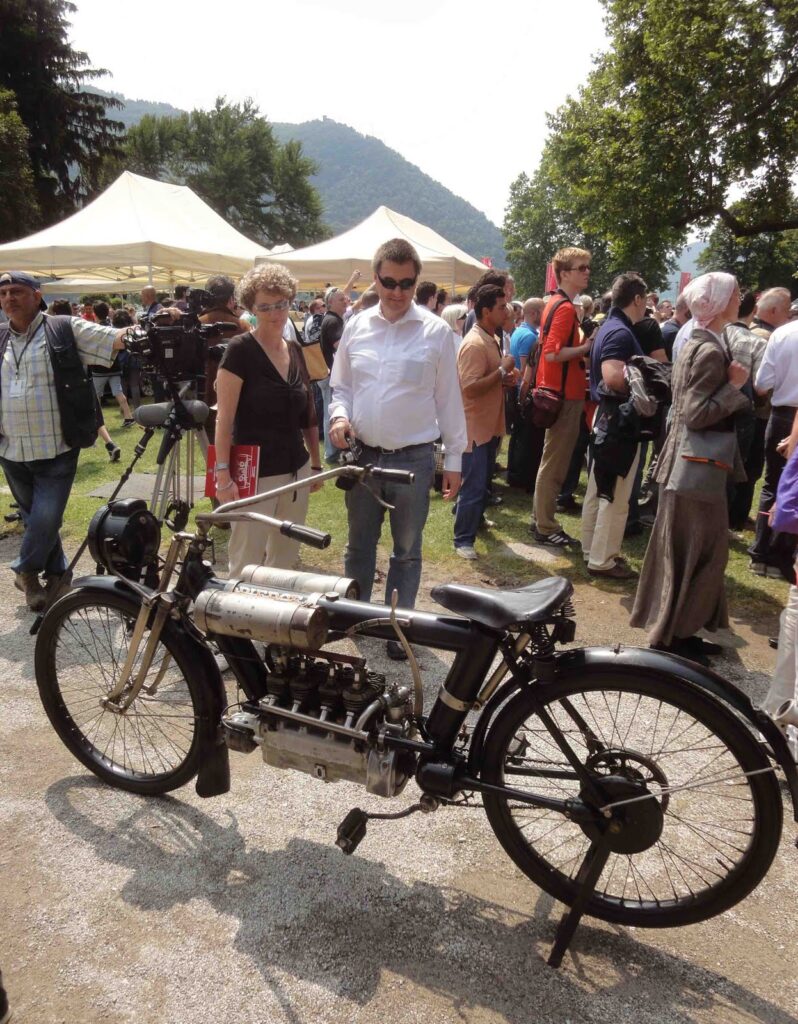
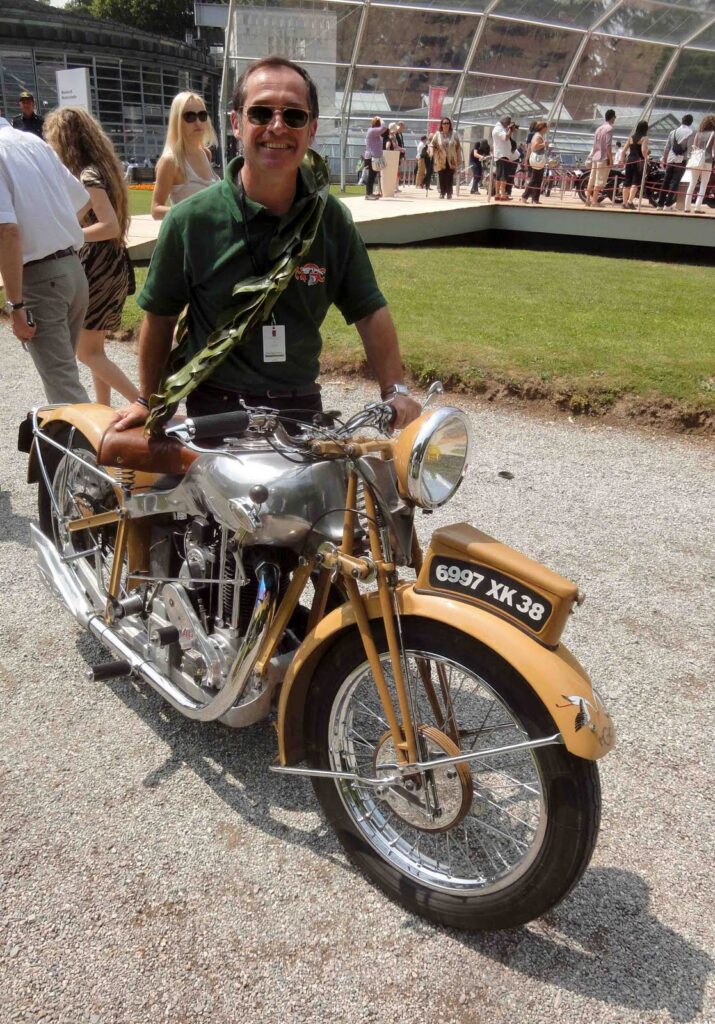
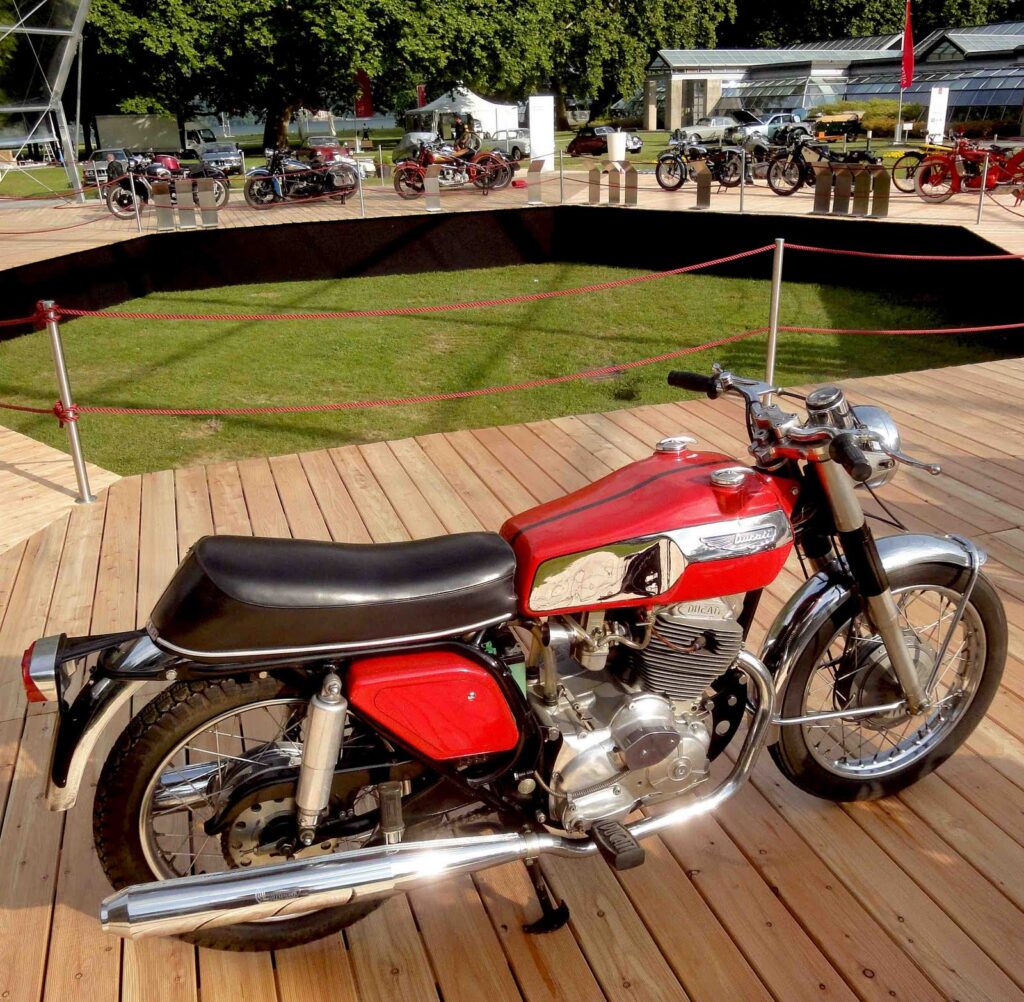
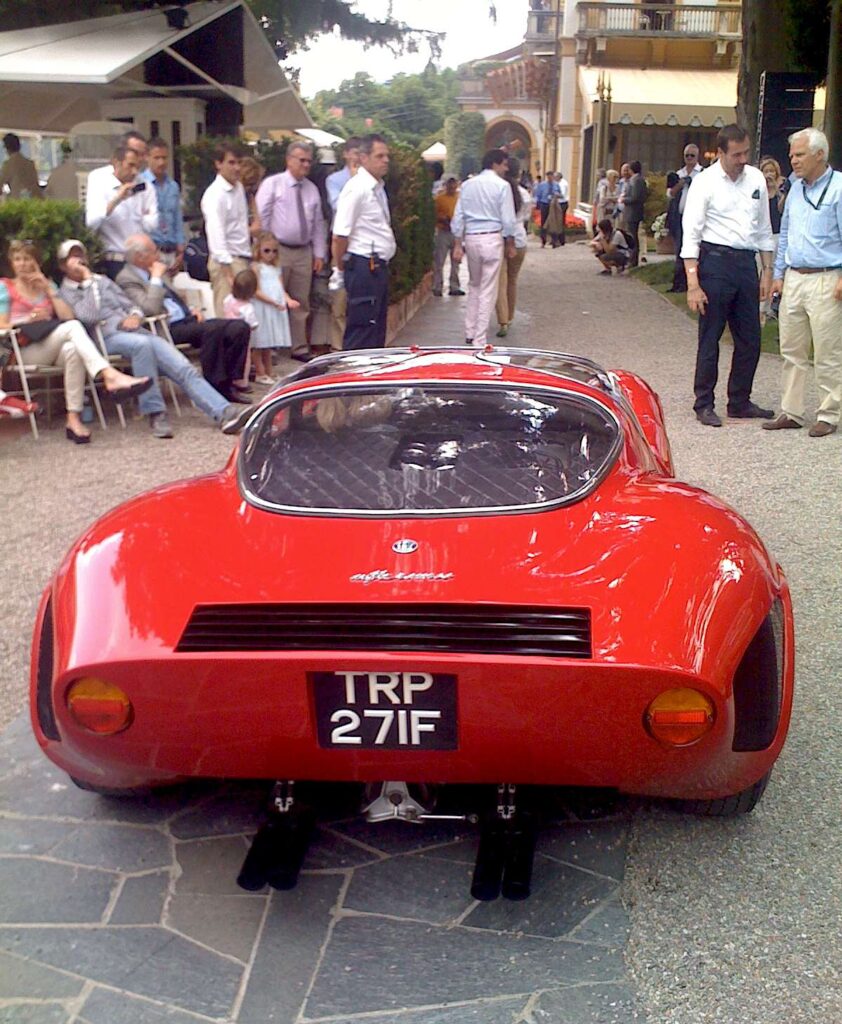
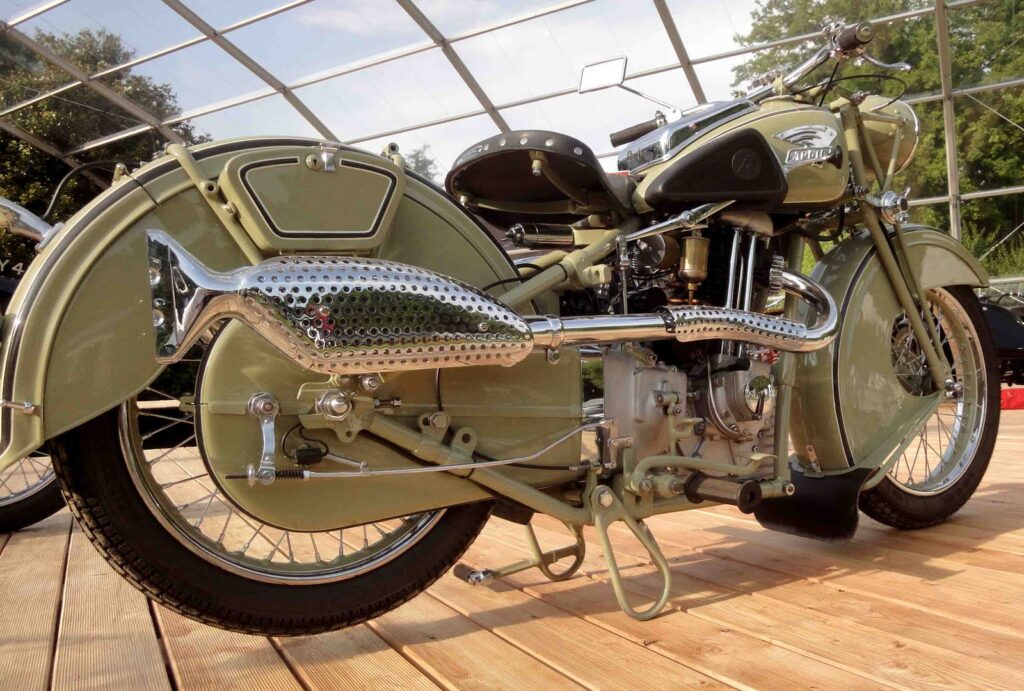
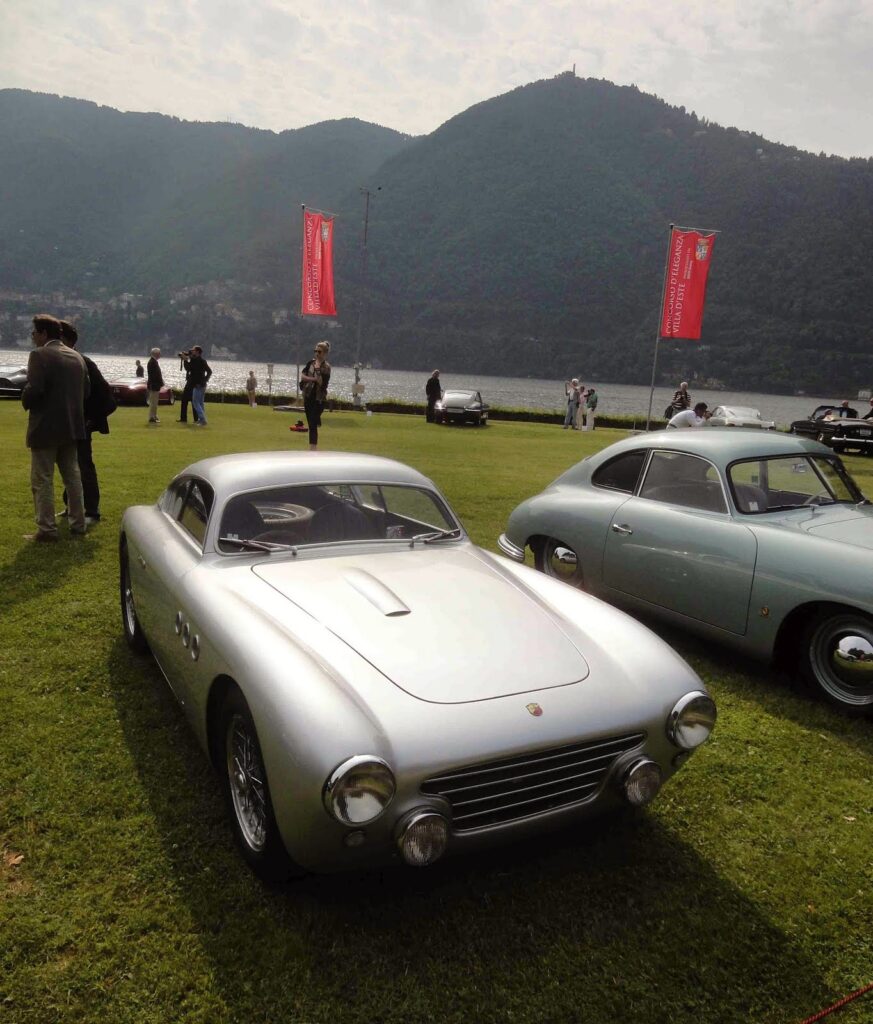
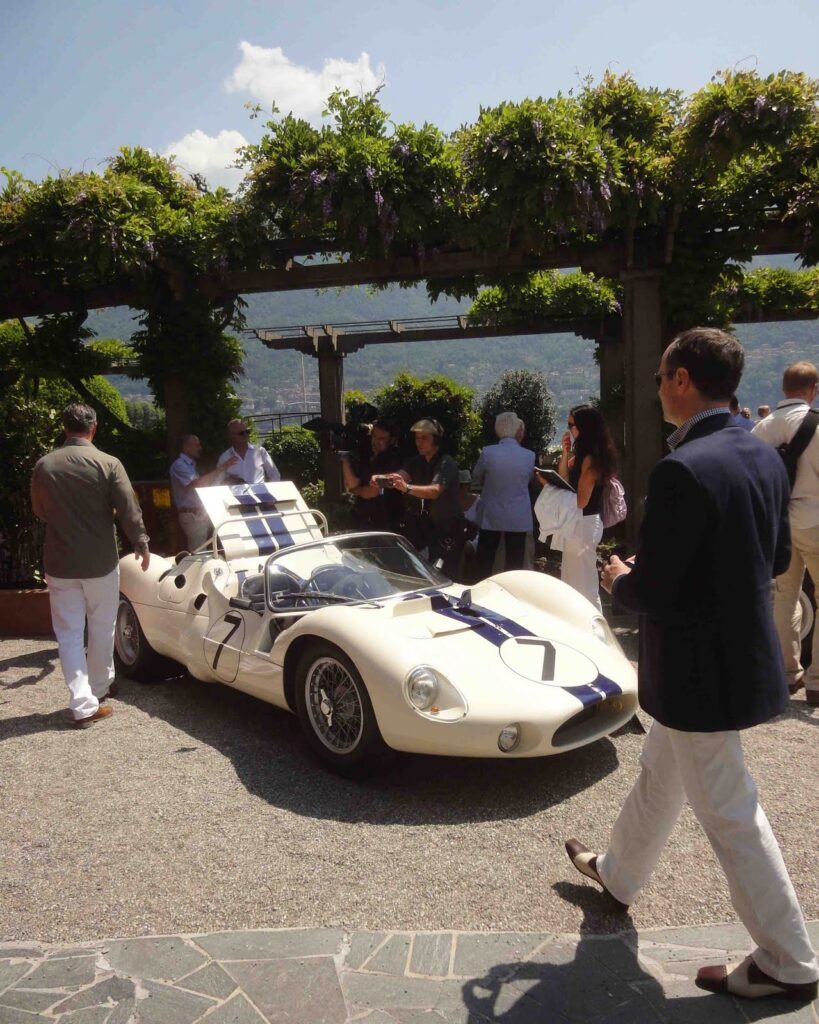
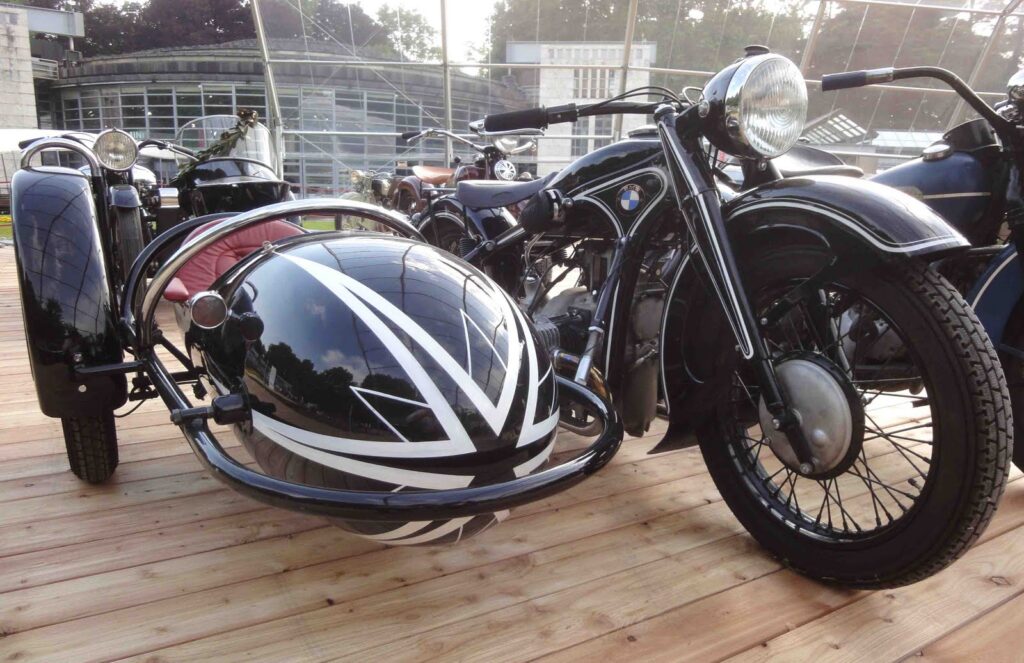
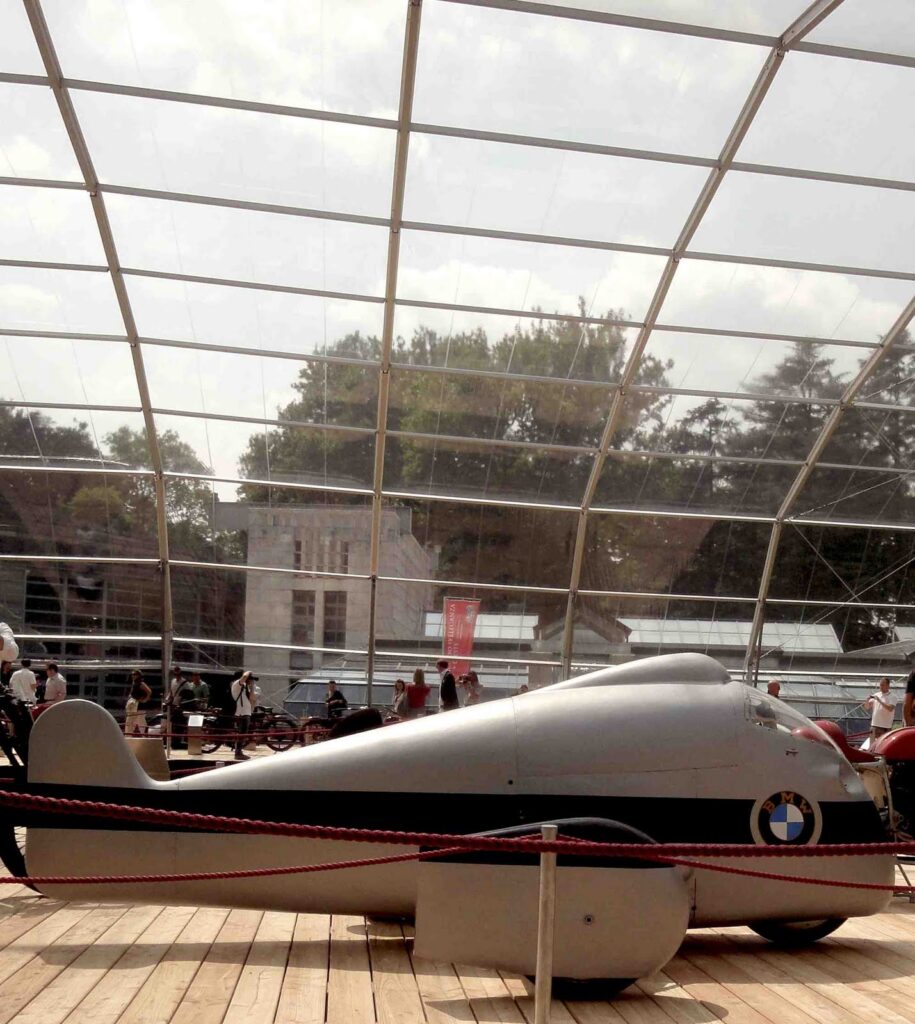
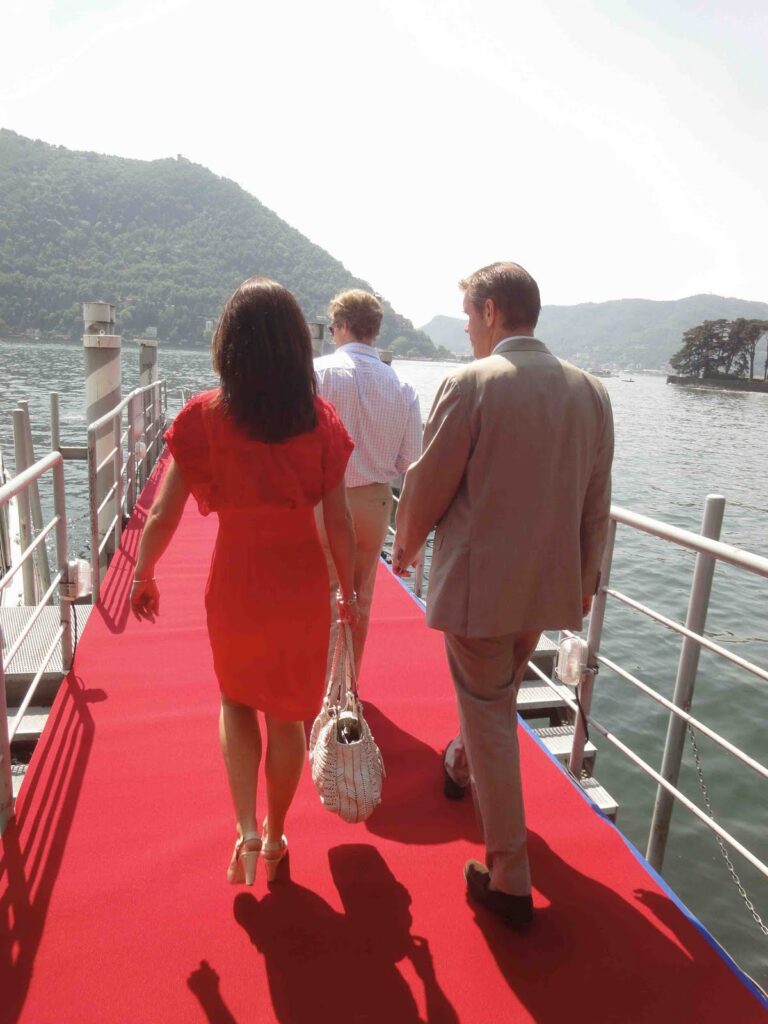
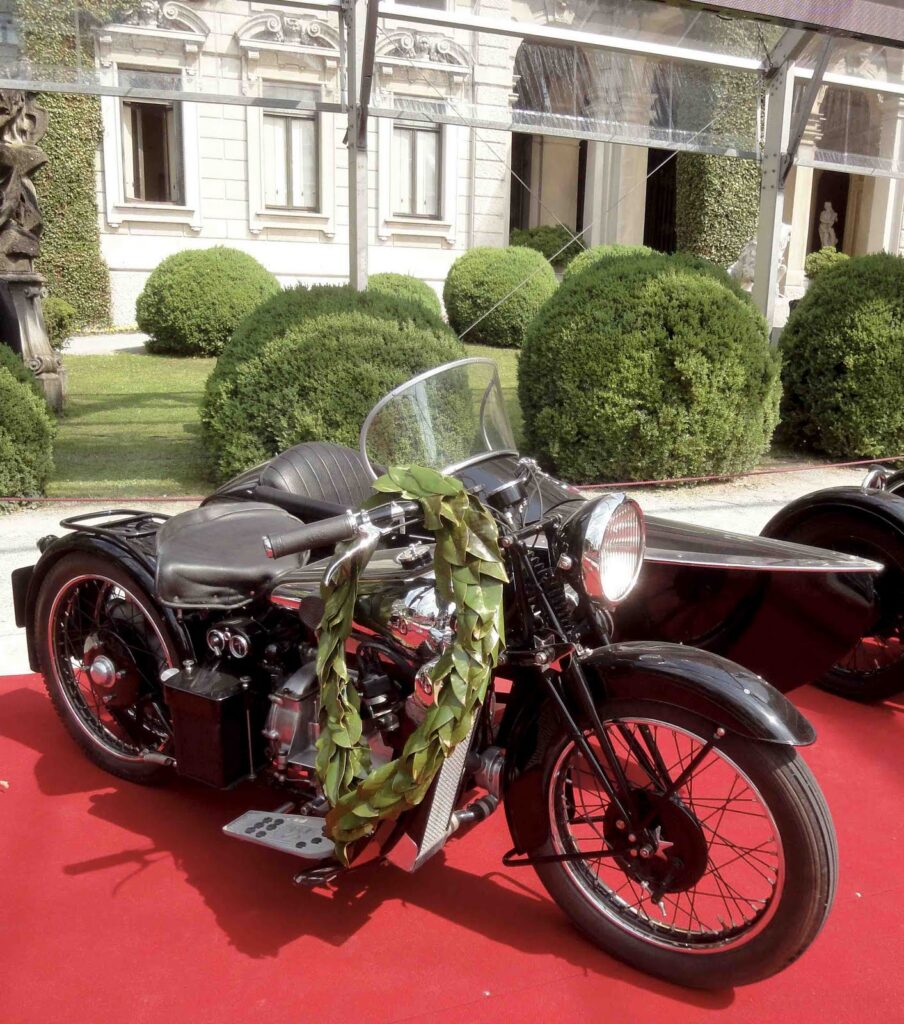
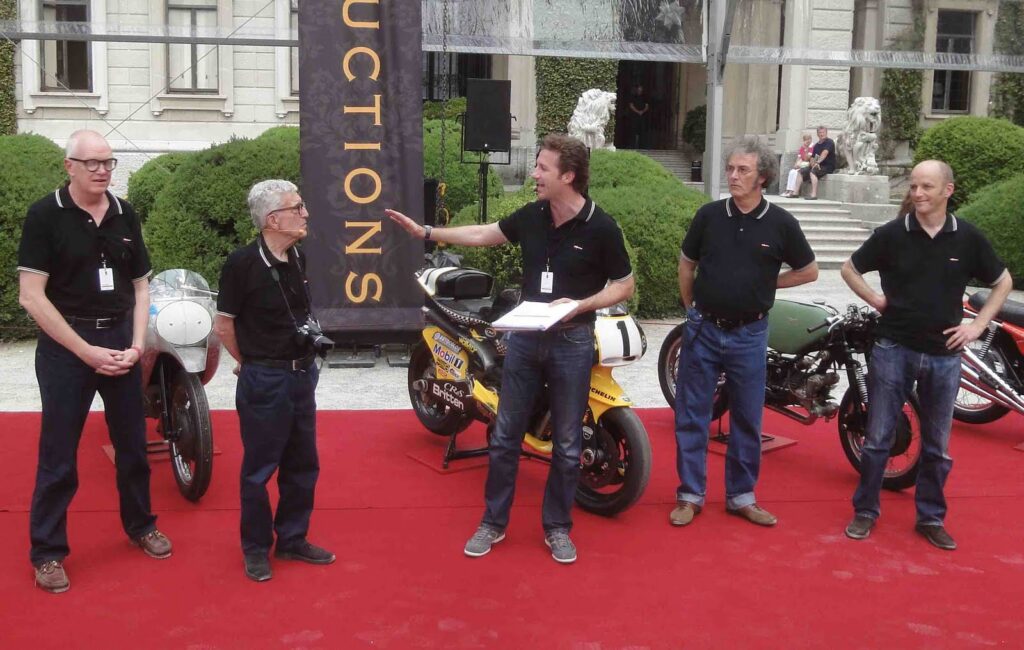
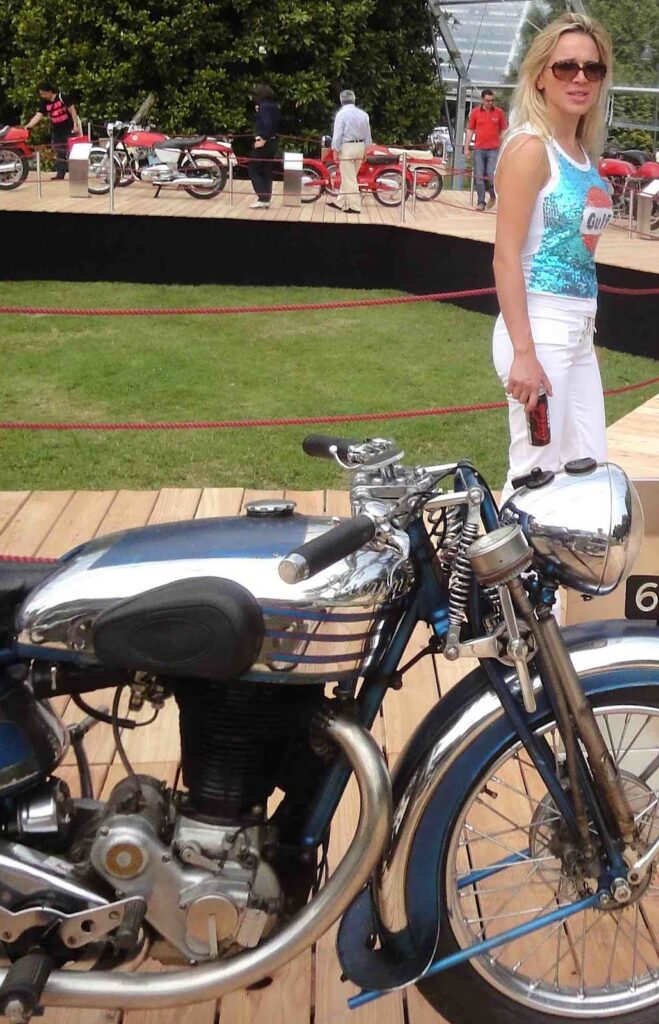

Steam Cycles and History
While we think of History as immutable and as reliably solid as the configuration of hydrogen atoms, the 'truth' of our past is constantly shifting, as our individual or collective attitudes move from established belief sets to new paradigms, in which the interpretation of history, and indeed the very 'facts' of events, are seen in totally a new light, and our historic priorities are re-ordered. [For more on that, try Thomas Kuhn's 'The Structure of Scientific Revolutions]

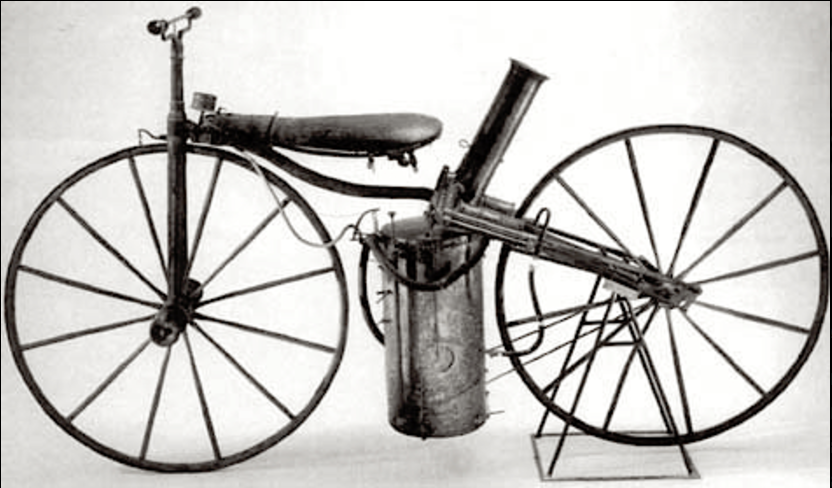
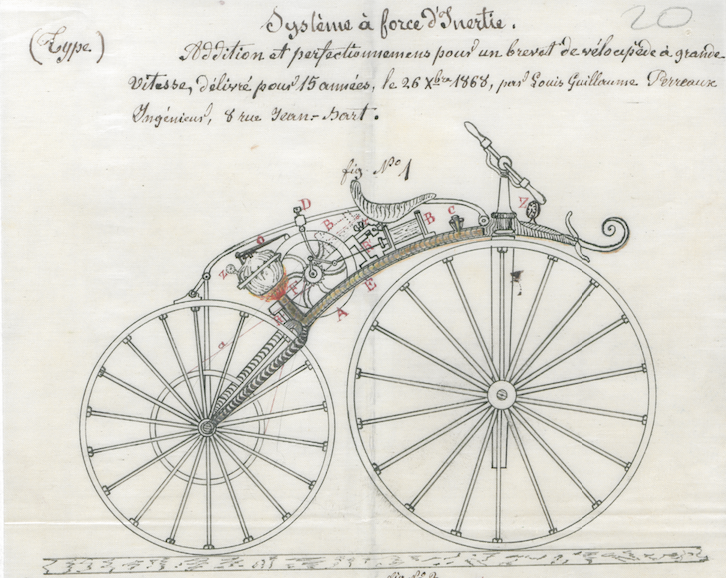
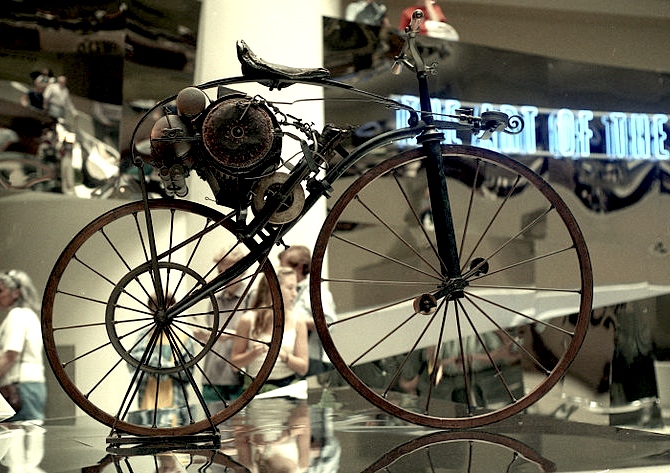
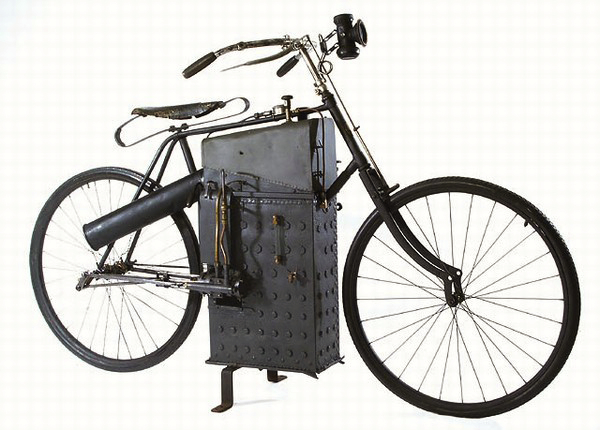

Chanel, Ducati, Revisited
Arch-tastemaker Karl Lagerfeld fully understands the erotic power of old motorcycles, making them essential characters in his short films for Chanel (see the previous film here). At the pinnacle of his long career as a fashion designer and photographer, Lagerfeld frequently uses motorcycle gear - boots, jackets, pants, helmets, and motorcycles themselves - as source material for his edgiest Chanel clothing. His latest film features a buff-colored 1970s Ducati 'square case' 750S, and Keira Knightley. While Ms.Knightley only rides the Ducati while sitting on a trailer, her stunt double certainly looks good in a fawn suede jumpsuit, jumping the Ducati over stairs!
https://youtu.be/aRV-2_Un-kk
The entire color palette for Knightley's jumpsuit, boots, and the Ducati itself, was created to match an off-the-shelf Ruby 'Belvedere' helmet. Jérome Coste, Ruby's designer, has Karl's literal blessing (see below); revolving the art direction for this film around a non-Chanel product is quite a compliment. For a bit more look at the Ducati, the Ruby, and Keira, here's a 'Making Of' video. Interesting that Keira herself doesn't realize the erotic charge of seeing a woman in a catsuit riding a motorcycle, until she sees her stunt double riding the bike, when she is "almost embarrassed"!
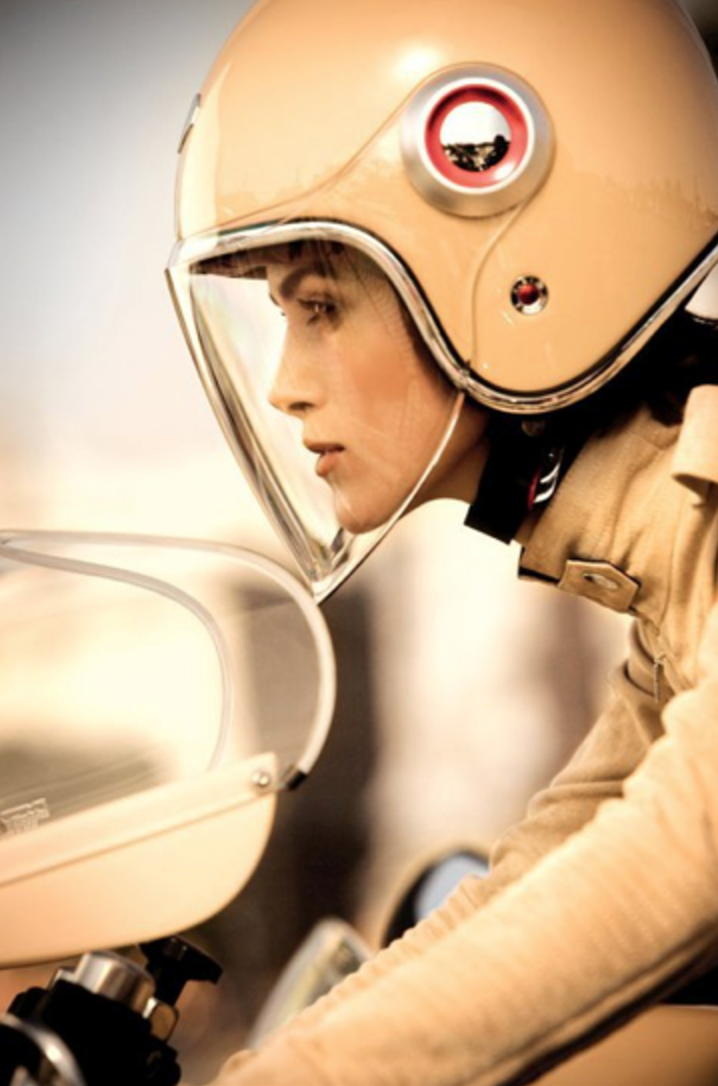
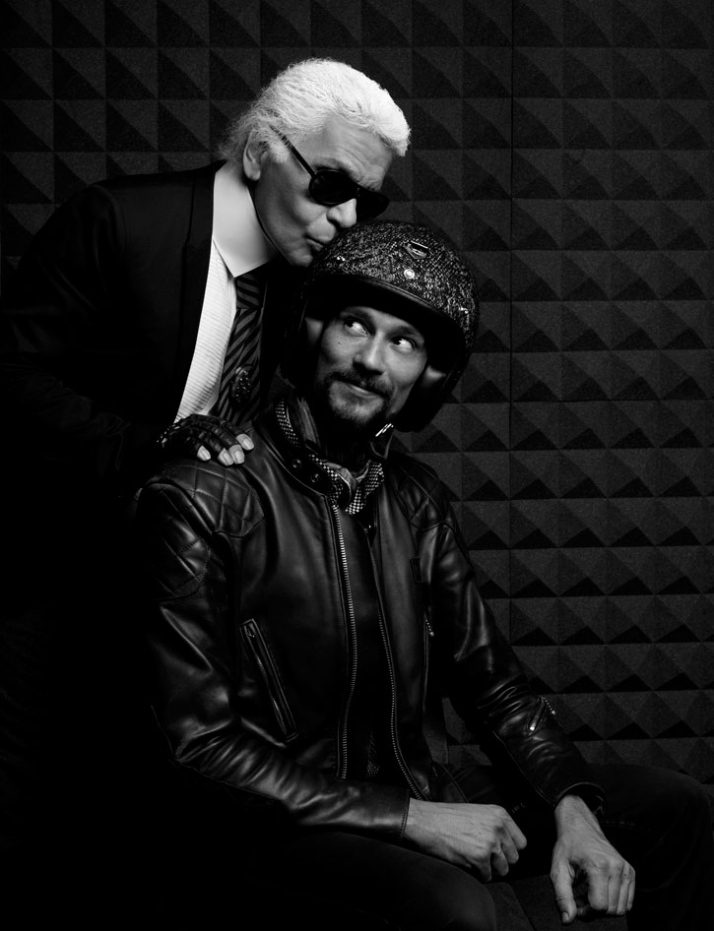

1911: Indians Sweep Isle of Man TT
The Hendee Moto-Cycle corporation is over half a century gone, but 100 years ago, they were the largest motorcycle manufacturer in the world (lo, how the mighty do fall...), and originators of many 'firsts' in the business. The first to create a 'works' professional racing team, with the first professional team rider (Jake deRosier), and certainly the first factory racing team sent abroad. In 1910 Oscar Hedstrom (designer of the Indian) sailed to England to supervise the factory effort. An Indian had placed 2nd in the twin-cylinder class in 1909 (Lee Evans aboard), and Hedstrom, mindful of potential export sales, subsidized Billy Wells' London dealership, and racing exploits at Brooklands and the Isle of Man TT.
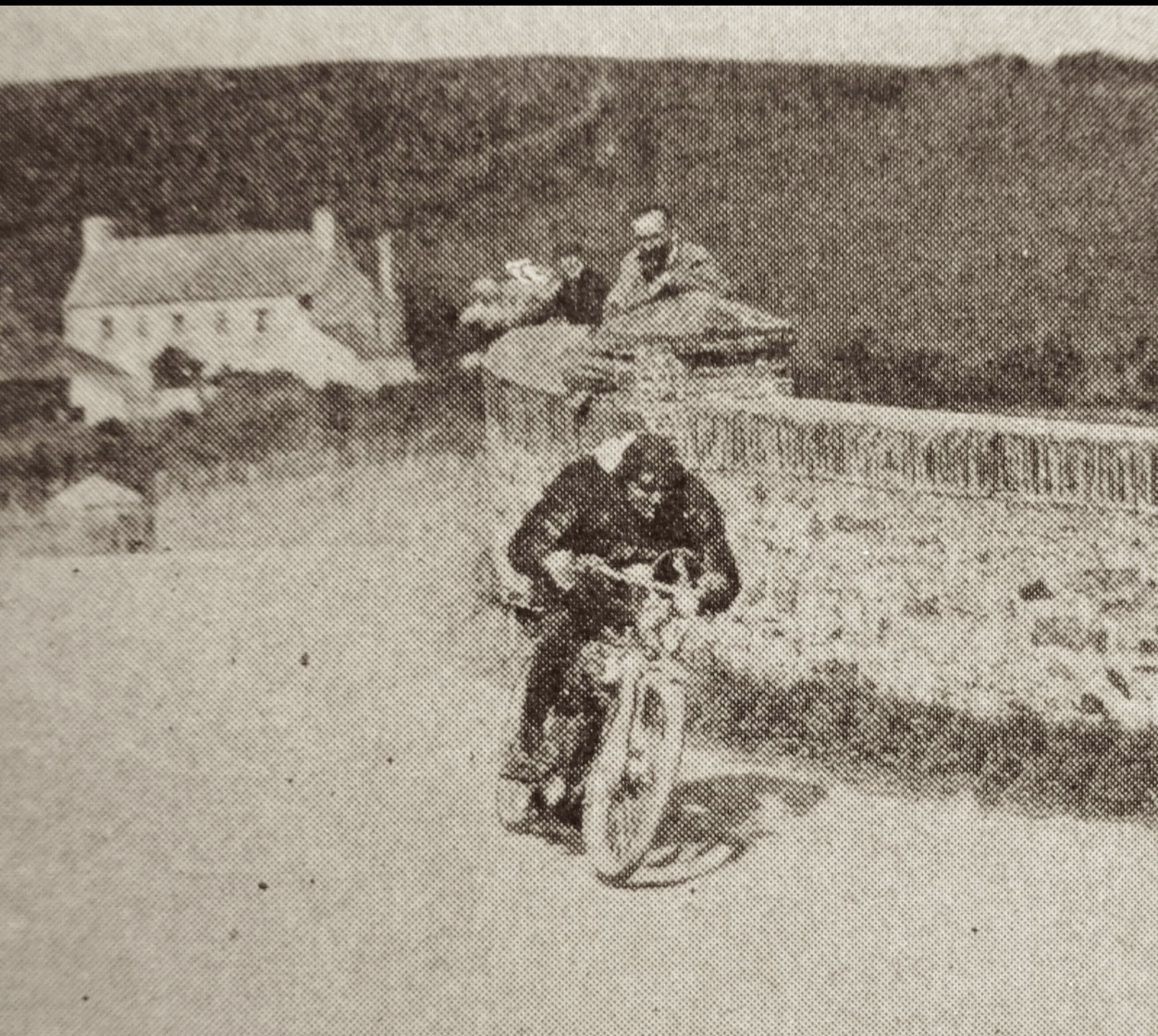

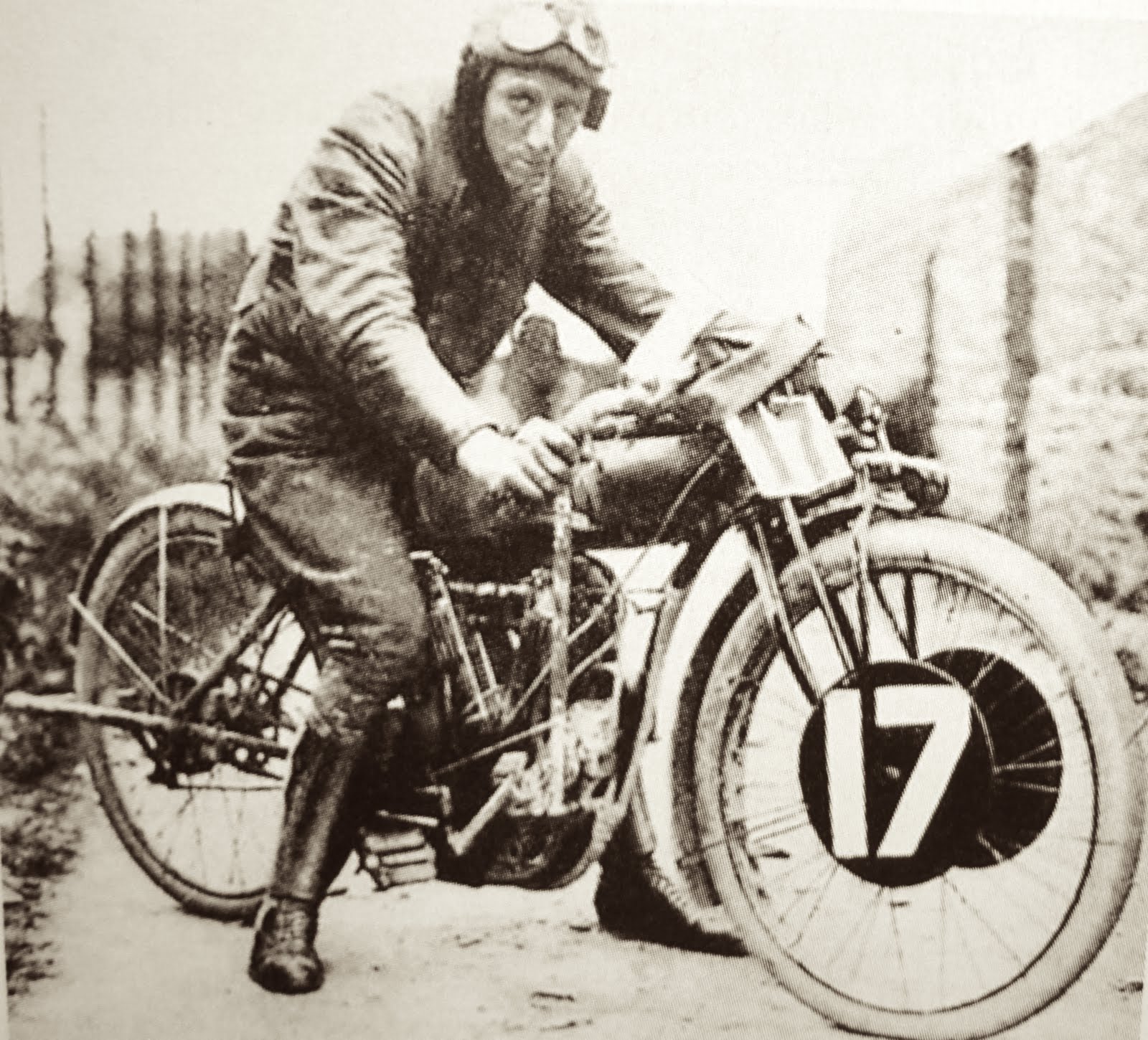
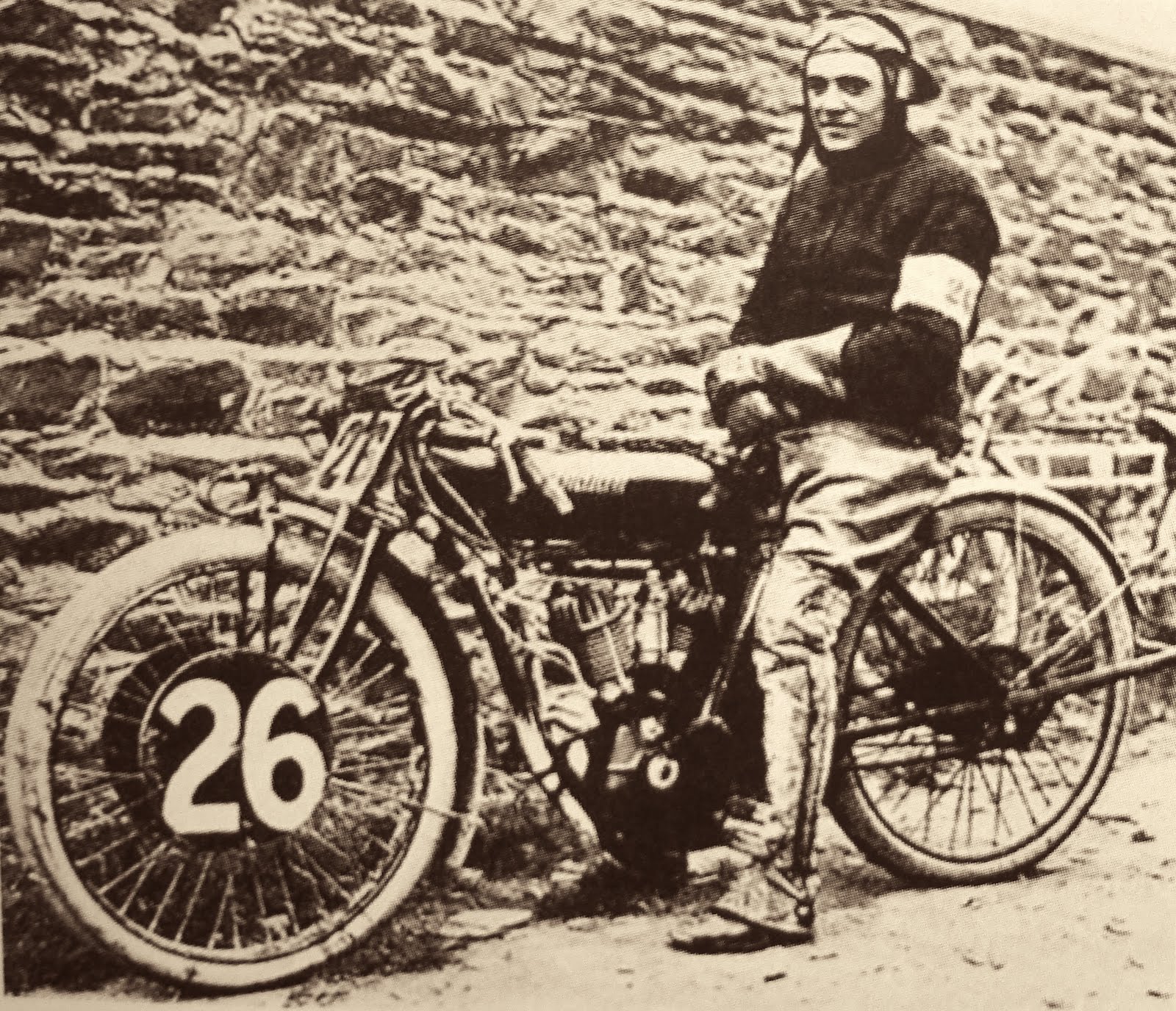
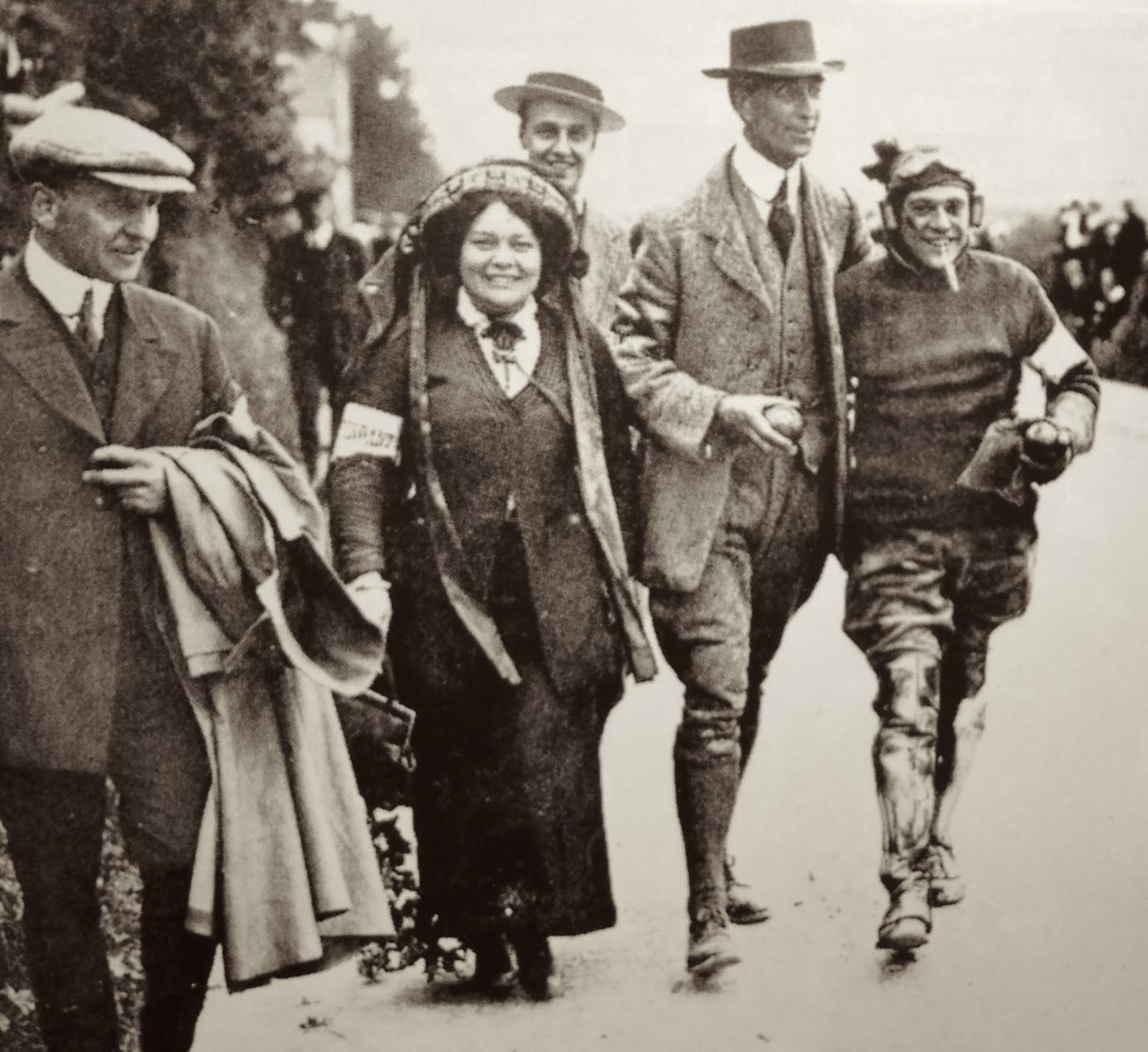
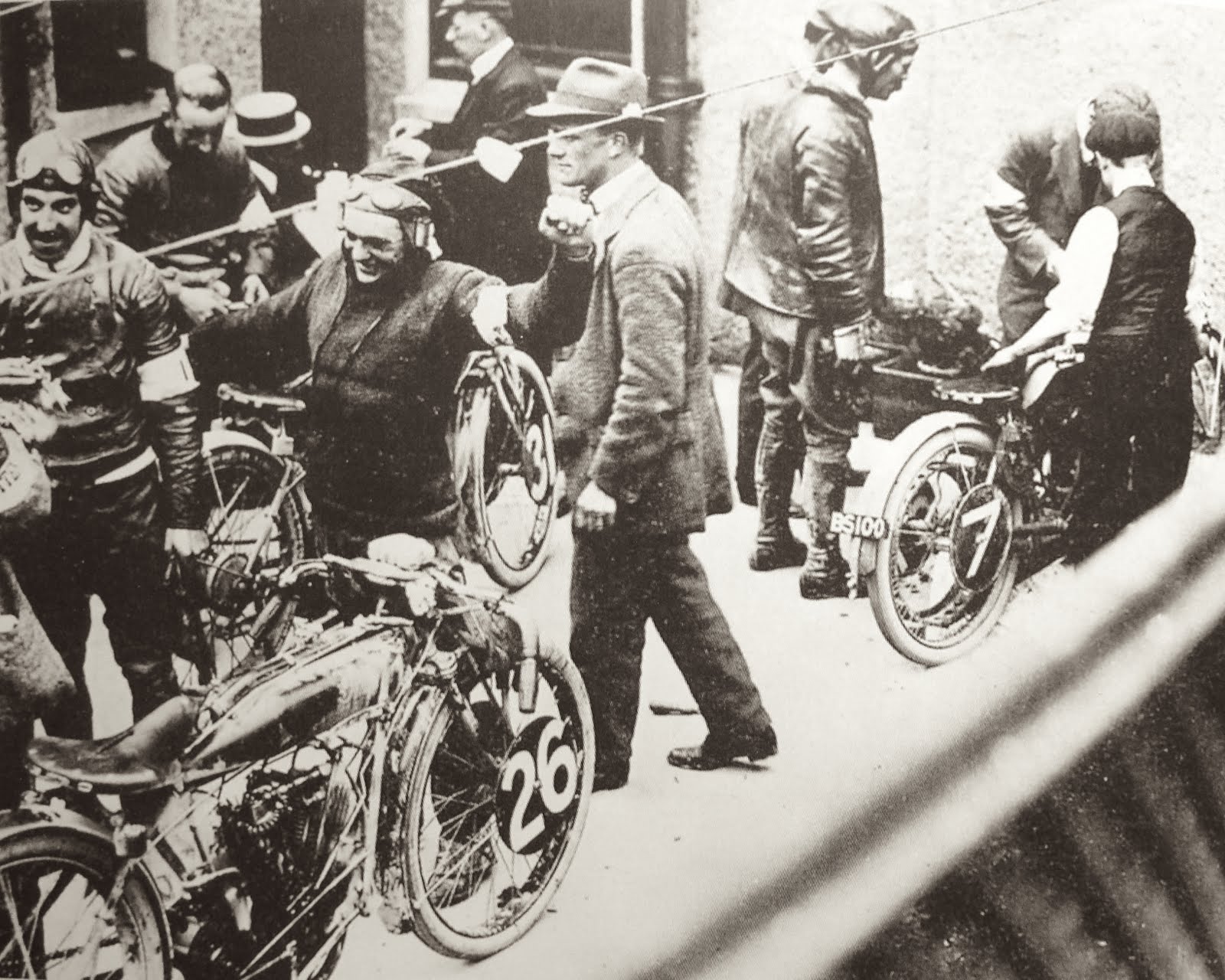

Building a Norton Four
In the mid 1960s an overhead-camshaft four cylinder motorcycle was the object of fantasy and an ideal of red-blooded motorcyclists everywhere. No fast Fours had been available commercially since 1942, when the last Indian 4 rolled out of Springfield, and only the rare (and ugly) MV Agusta 600 was theoretically available for the street. The MV was prohibitively expensive, and wasn't what riders wanted, which was a roadster version of their all-conquering World Championship racing bikes. Four-cylinder bikes had been around since the first FN Four of 1905, but after WW2, only Nimbus offered a four pot bike, and it was a strictly utilitarian holdover from the 1930s, with exposed rocker gear and a strip-steel frame. Creative motorcyclists responded to this void as they always had - by making their own, lashing together a pair of twin-cylinder engines, or fabricating home-designed 'cammy' fours (from Nougier, Marsh, etc), which cropped up in bike magazines like exotic flowers.
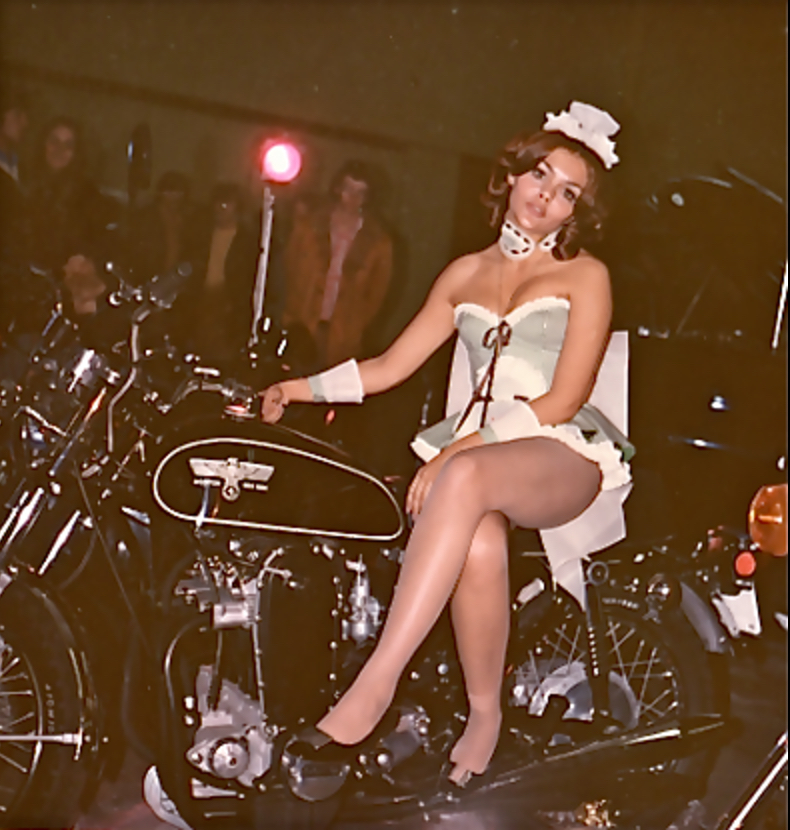
Another route to a 'four' was to stuff a small car engine into a motorcycle frame; that was the route of Friedl Münch, who series produced his 'Mammut' - see our test ride here. The most capacious frame in the 1960s was the Norton Featherbed, which had been in production since 1952, meaning plenty of 'loose' frames were available in salvage yards by the 1960s. A four-cylinder car engine with the right 'spec' was hard to find, as most automotive 'fours' were both water-cooled and made of cast iron - guaranteeing a very heavy motorcycle. A few small engines were of more advanced spec, and the two most likely candidates (in Europe at least) had deep motorcycle connections built into their DNA.
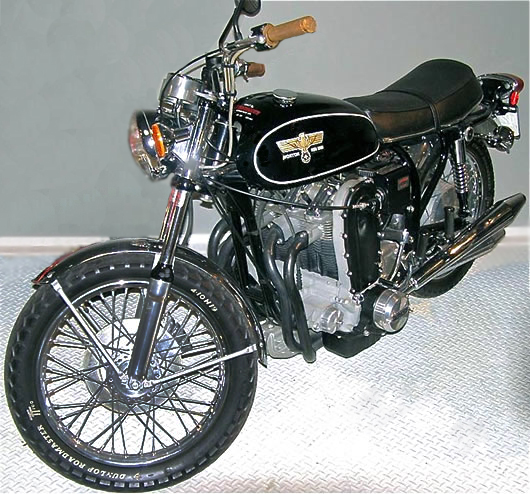
The Hillman 'Imp' had a powerful watercooled engine, designed by the unsung Norton hero Leo Kusmicki, the man who touched the 'Manx' with his magic wand and kept it competitive for 10 years after its 'sell-by' date. Kusmicki worked for the automotive industry after Norton shuttered its race shop, and the overhead-camshaft 'Imp' engine he designed was strong and tunable. Its water cooling dissuaded many solo motorcyclists, although plenty of racing sidecar outfits found the need to carry water a small price to pay, given the cheap power an Imp provided. Who needed the money of Count Agusta when a wrecked Hillman provided a readymade power unit?
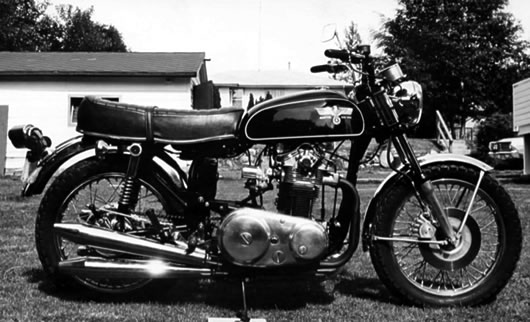
Another likely donor came from venerable motorcycle manufacturer NSU. The engine from their 'Prinz' automobile, which served long years as a rally competitor, was tuned over the years to ever sportier iterations, with the '1200 TTS' the ultimate mode. The NSU engine was air-cooled and all-aluminum, with handsome finning, and few awkward casting shapes to spoil its looks. The Prinz engine fit into the Norton frame without cutting metal, although a new bolt-on sump needed to be designed to fit a Norton frame. It looked simple, but the reality of mating the NSU engine with a motorcycle gearbox, plus sorting a primary chain, and clutch, and a functioning oil sump, required skilled fabrication. Everything needed to line up and function smoothly, and only a talented stylist could make the result look like a proper motorcycle.

Mick King, owner of Superformance Motorcycles in Vancouver (one of the first performance/custom bike shops in Western Canada) built an interesting special in the late 1960s, using a Norton Featherbed frame and a salvaged NSU car engine. Mick was kind enough to share his process, in photos, of taking a rustbucket NSU Prinz and a 1967 Norton Atlas chassis, to build a successful hybrid. The photos hint at the measuring, drawing, and fabrication time required to bring the elements together; the magic of a successful job is making it easy! The Italians call this 'Sprezzatura' - making the difficult look effortless; the mark of mastery. Mick's build took long enough that both the Honda 'CB750' and the Norton 'Commando' emerged on the market in the meantime, but as his machine was never meant as a production exercise, the Commando contributed useful bits to his Norton/NSU: the front forks and disc brake, mufflers, seat, and clutch.

"In the 1960s, there were no NSU dealers in Vancouver, and the car owners couldn't get them repaired... I had a motorcycle shop, and would fix a few NSU cars because I had managed an NSU dealership in the UK. They were so simple to work on, it was a good revenue source and sideline to my motorcycle business, which was one of the first on BCs west coast. I took in a trade an NSU 1200 TT car for two hundred bucks; due to rat infestation and rust the car was gutted and the wheels and sundry items sold off. I kept looking at the engine thinking it might look good in one of my Norton Featherbed frames, which owed me nothing... I had a couple gathering dust in the attic!"
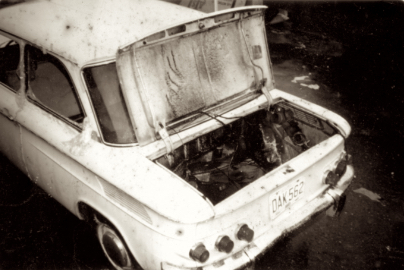
"As winter started in, the bike work stopped; I had just brought over an apprentice from the UK, and a new 9-1/2" South Bend lathe for our custom bike division, and decided to see if we could fit the NSU motor into the Norton frame. This gave the new arrival some valuable turning experience. We wanted the engine to fit the existing Norton engine mounts, as I did not want to mess up the frame for the sake of the NSU engine; I had no input or feedback as to how it may perform. When the Münch showed up in Cycle Canada magazine I thought, "Great timing! Maybe I can find some encouragement from the article!" But there was no data -no speed or bhp- as I recollect, the mag people were not allowed to ride it? So we plodded on, and after a few weeks the engine was roughed-in, and we took it for a ride. I could see why there was no data available - it was a gutless wonder, despite major engine work! I considered buying a twin-cam Japanese car engine but they were all snapped up for mini flat track race cars, as they are today!"
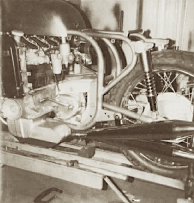
"Trying to draw a comparison with the Münch would be a waste of time in my opinion, considering the amount of money he invested, plus his engineering facilities and so on. Nevertheless I think from the get-go the Münch Mammut was doomed, mainly because D.O.H.C. motorcycle engines [such as Kawasaki Z-1] were already making their debut, and strapping an antiquated and gutless S.O.H.C NSU car engine into such an enormous and costly project baffled me and my mechanics from the get go. Then there was the price... ridiculous!"
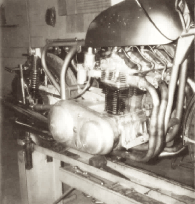
The two 'big' jobs in translating the engine from car to bike were the sump, which Mick cast in shapely aluminum to fit between the Norton frame rails, and the clutch/transmission interface, which he solved via an extended, demountable coupling between the gearbox and clutch, using a 'simple' steel box attached to the engine plates, which holds an outrigger bearing for the extended clutch shaft. This also meant installing the Norton gearbox backwards! Yes, it works fine both ways, but Mick had to reverse the 'pawl' on the kickstart shaft. The photographs should explain his thinking, which seems sound enough - the clutch no longer runs on the gearbox mainshaft but its own stub shaft, connected to the gearbox via a mated pair of pegged plates, similar to BMW shaft-drive practice. All very clever and relatively simple.
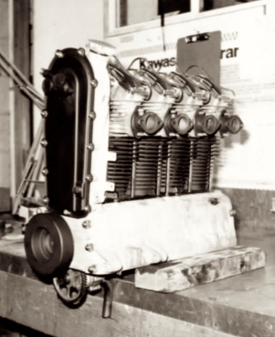
The donor NSU model was the 'Prinz 1000', and had Mick King read the specifications for this model, he might have thought twice about the engine! While an impressive 'spec' the standard Prinz only produced 40hp @ 5500rpm, which is about 10hp less than the Norton Atlas engine which he abandoned to make his 'special'... no wonder then that he was shocked to find his finished hybrid a 'gutless wonder'. If Mick had access to the latest model (1968) NSU TTS, he would have found a 70hp engine, using 10.5:1 compression pistons (not much room for increase there!) and sporting camshaft. But Mick set to work tuning his the motor, and his Norton/NSU was capable of 125mph, so it seems he equaled the NSU factory in hotting up the engine.
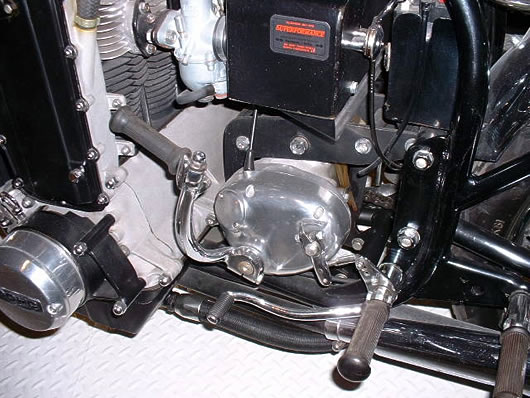
The finished machine did well on the 'show bike' circuit in the early 1970s, garnering Mick many 'Best of Show' wins, and that snapshot with the 1973 Penthouse Pet of the Year, Patricia Barrett. Mick's Norton/NSU special now lives in the Trev Deeley Museum in Vancouver, Canada.
Before the Bandit
After legendary Triumph boss Edward Turner retired from his motorcycle factory in 1963, he holed up in a BSA subsidiary, CarBodies Ltd of Coventry, but simply couldn't keep his hand off his original passion, two wheels. Having entered the hallowed pantheon of Motorcycle Greats with his popular, stylish, and sometimes avant-garde machines from the 1920s onwards, he is best remembered as the man who made a parallel-twin engine look like a twin-exhaust-port single cylinder machine (the 500cc Speed Twin of 1938), which fit snugly into the existing 'Tiger 90' single-cylinder chassis. This new combination had magic in name, looks, and performance, and set the tone for the British motorcycle industry for the nearly 50 years.
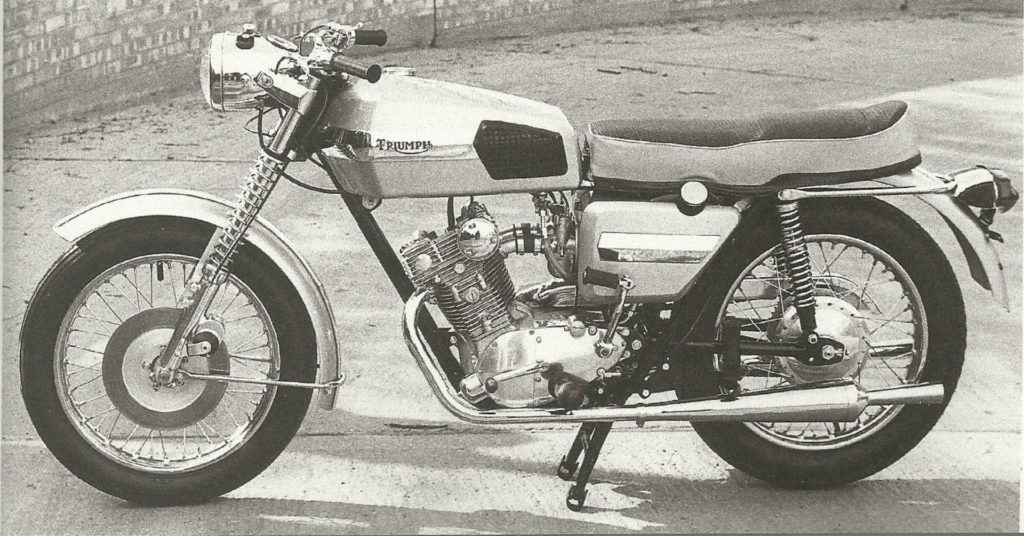
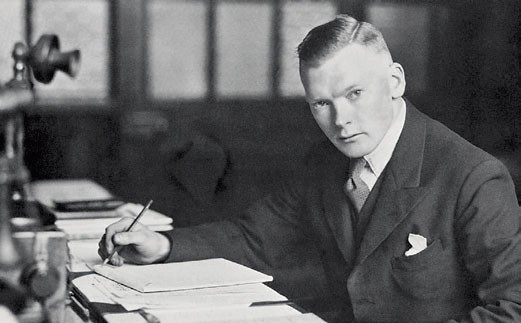
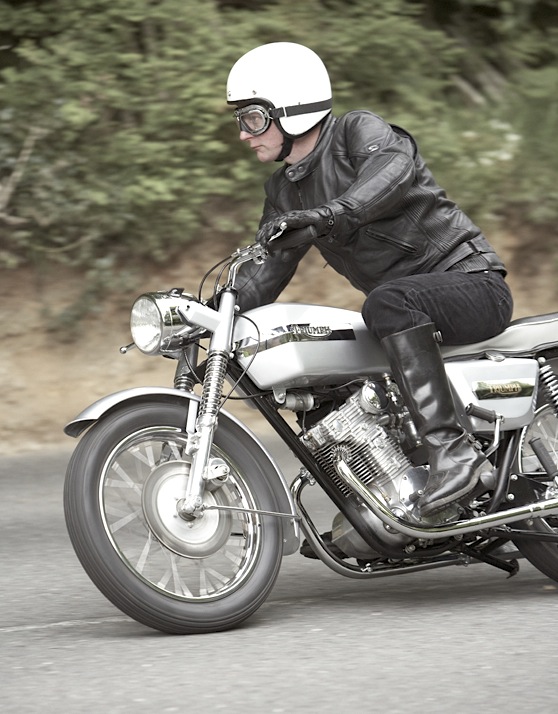
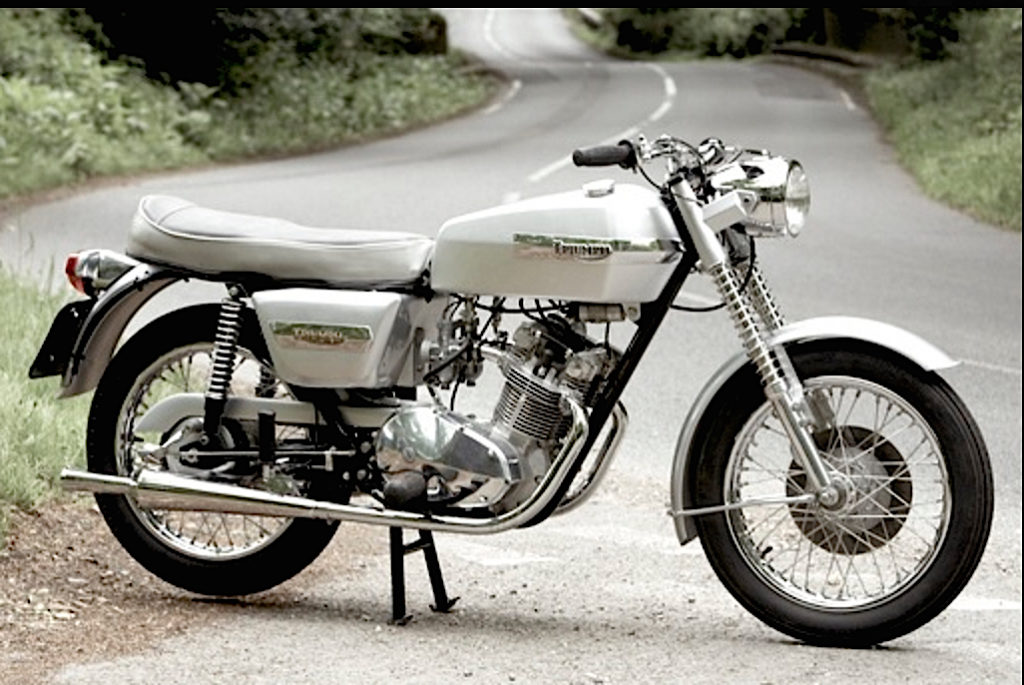
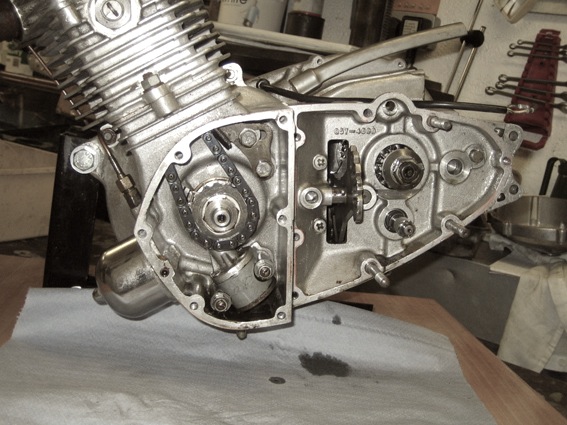
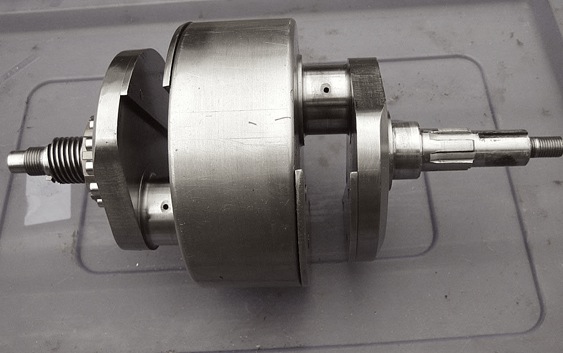

Shinya Kimura: 'I Am A Coachbuilder'
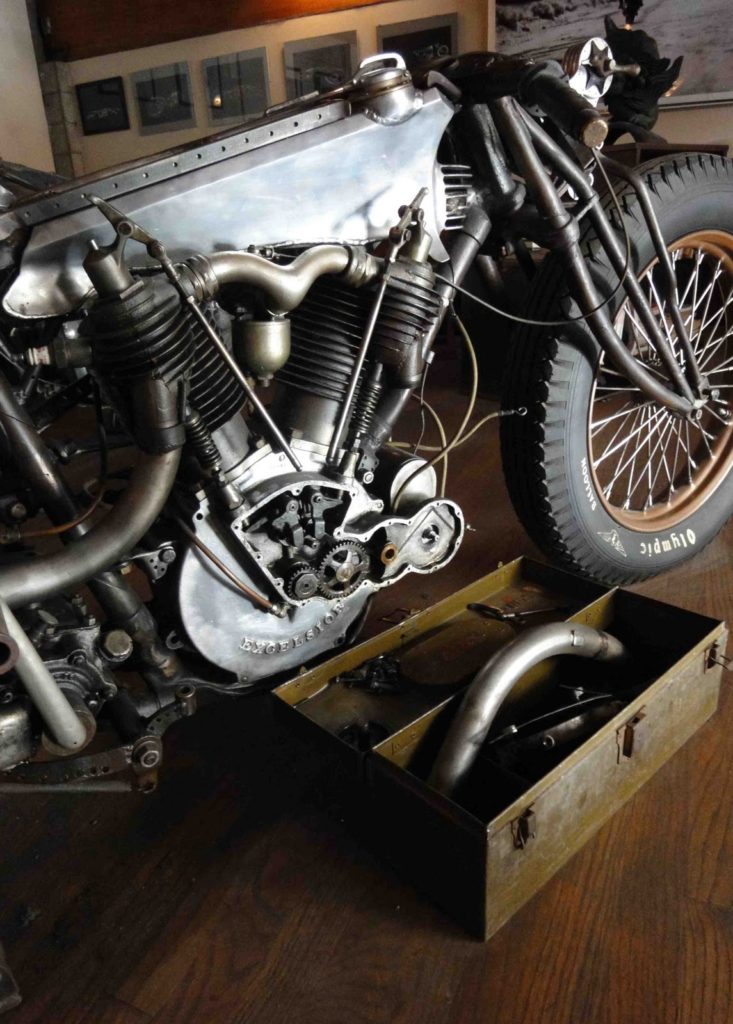
In a tradition which predates the internal combustion engine by several hundred years, a 'coachbuilder' was delivered a wheeled chassis without a body, and worked his artistry for the pleasure of a few customers who appreciated, and could afford, a completely bespoke conveyance, or an expression of the particular artistic vision of that builder. When motorized 'coaches' arrived, some of the same carriage builders worked their magic on the chassis of a Cadillac or Rolls Royce, making an already fine automobile just that bit more special.
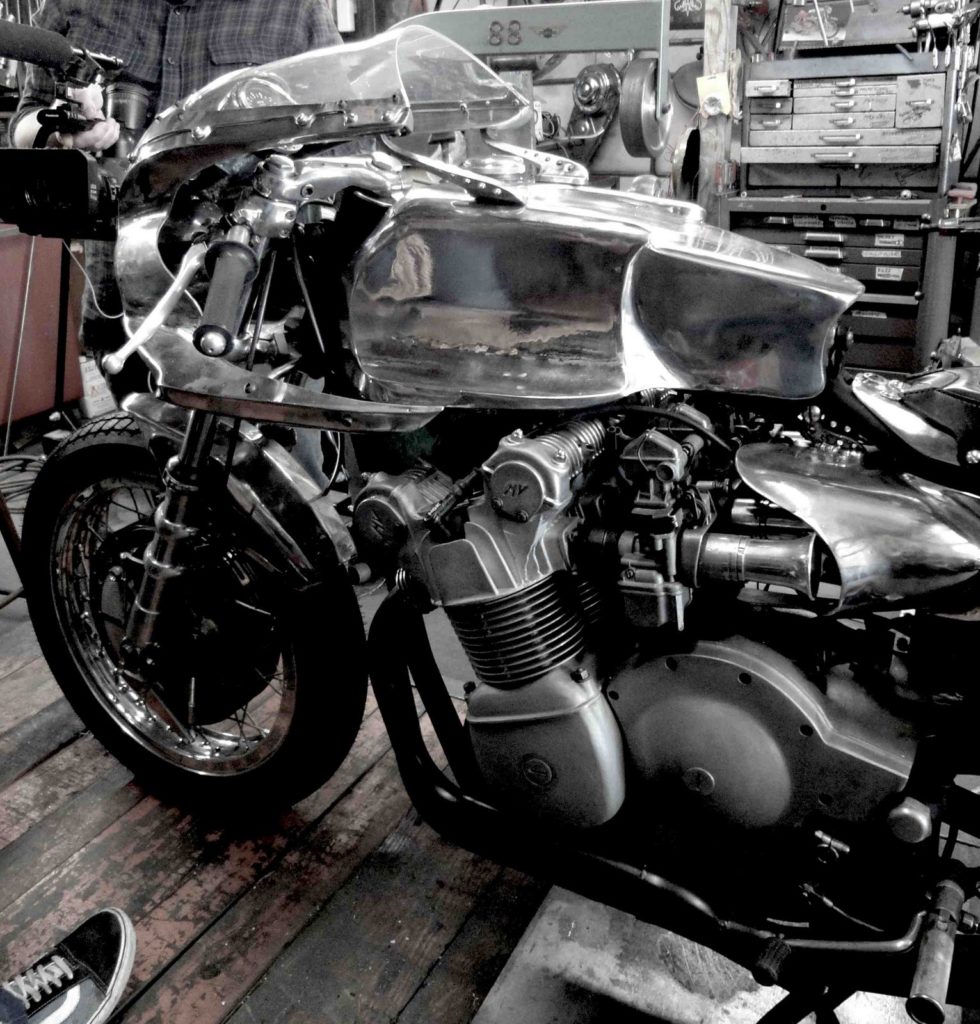
In an important sense, the coachbuilt auto was an expression of respect for the original design of the car, a paradoxical situation, but the resultant vehicle was never known simply as a 'Saoutchik' or 'Ghia' or 'Fleetwood', it was always a Delahaye with Saoutchik body, or an Alfa Romeo Ghia, or a Cadillac Fleetwood. The coachbuilder seemed to find another possibility for a respected design, perhaps one too flamboyant for general consumption, or simply too expensive for all but a very special customer.
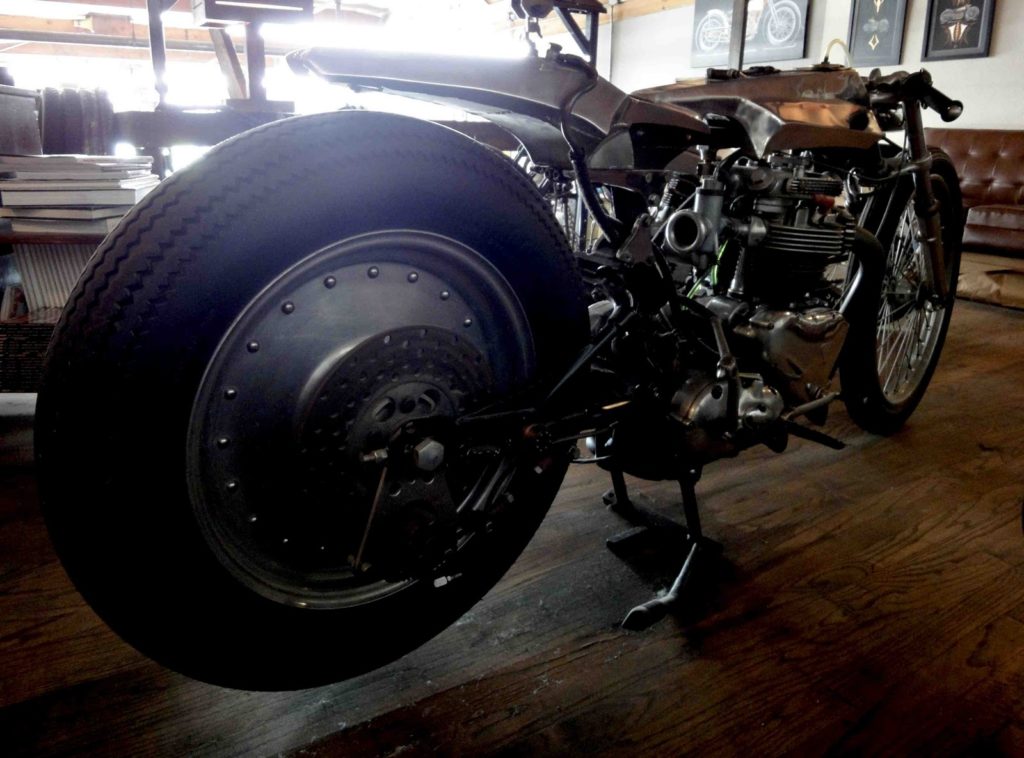
That Shinya Kimura prefers to call himself a Coachbuilder rather than a 'customizer' speaks to his profound love of motorcycles and appreciation for production bikes. The breadth of his interests are evident in the variety of makes which pass through his workshop, Chabott Engineering. Excelsior, Ducati, Triumph, Indian, Harley Davidson, Honda, MV Agusta, Kawasaki, Suzuki, have all been 'Shinyized' in his inimitable style.
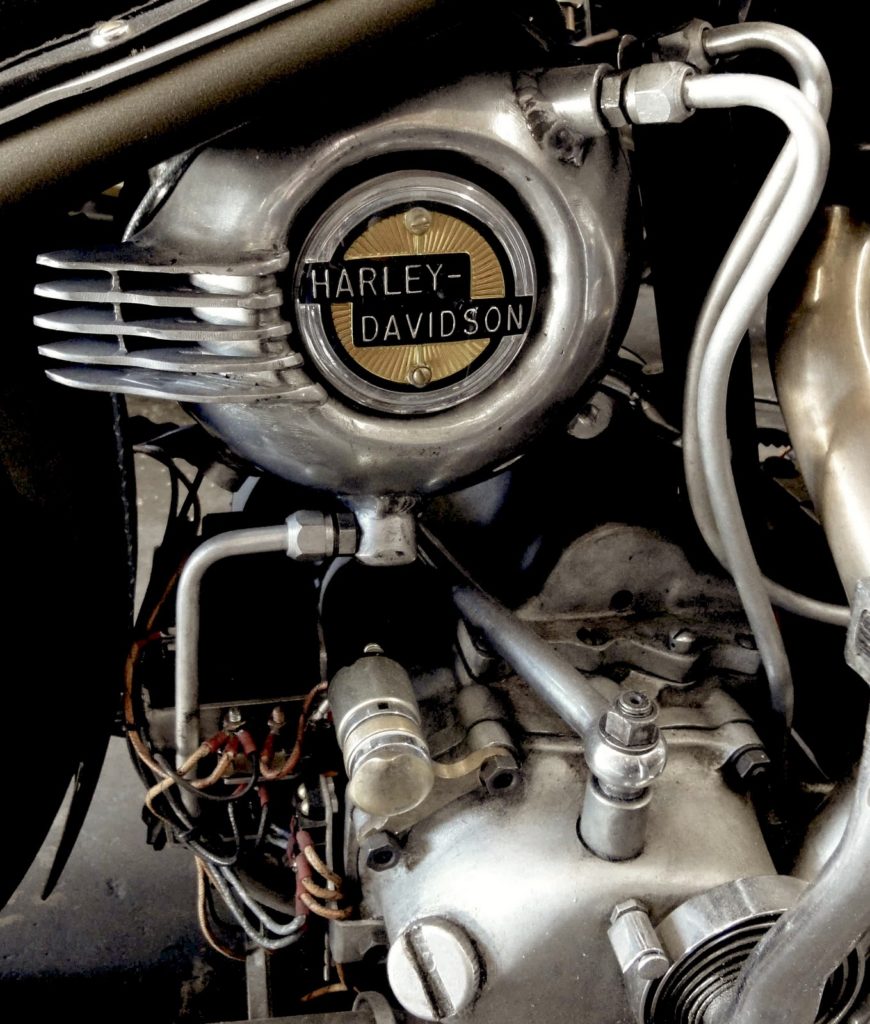
His working process is accretive and completely hands-on; Shinya makes no drawings, preferring to embrace a bike with distinctive lumps of aluminum, steel, brass, iron. A sculptor of motorcycles. While he has an 'English wheel', the usual tool for hand-forming smooth metal body panels, it's only used "twice a year, as I prefer to use a mallet to shape metal." As a result the tanks, seats, fairings, and beaten parts are clearly handmade, artisanal, with character on the surface - ripples, dings, asymmetries, tiny voids - exactly the sort of 'mistakes' a journeyman panel expert would avoid, but which on Shinya's machines are evidence of the maker's hand; a signature, a fingerprint.
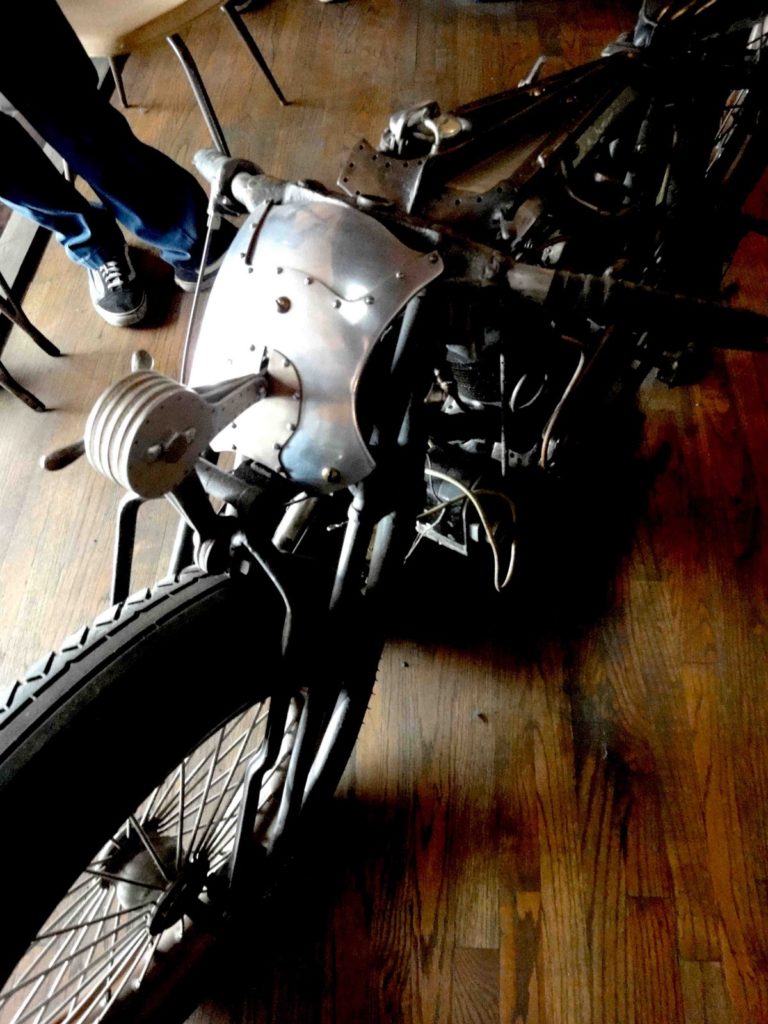
When he was 15, his first motorcycle was a Honda Cub, but it wasn't until his second motorcycle, a Suzuki OR50 two-stroke, that he began making changes, adding a larger tank from a DT1 and smaller seat, plus low handlebars for a café racer look. He wasn't able to move the footpegs; an awkward riding position was the result. He kept making changes over the years to his motorcycles, eventually founding Zero Engineering in Japan, where he customized around 300 Harley Davidsons with a very distinctive look.
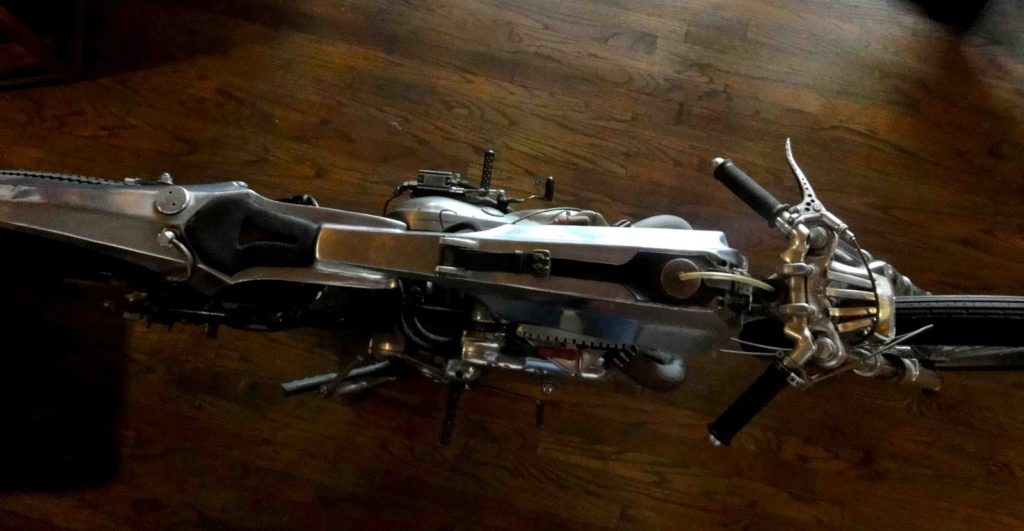
Wishing to branch further into his art, and work with other kinds of motorcycles, he moved to Southern California and founded Chabott Engineering, where the shop is minded by his partner, Ayu. He hoped his move "would make me more accessible to people, as it can be difficult to communicate with Japanese businesses from America and Europe. Now about 60% of my customers are American, the rest in Europe and Japan. The client is very important to me, as there would be no bike without them; I don't make bikes for myself."
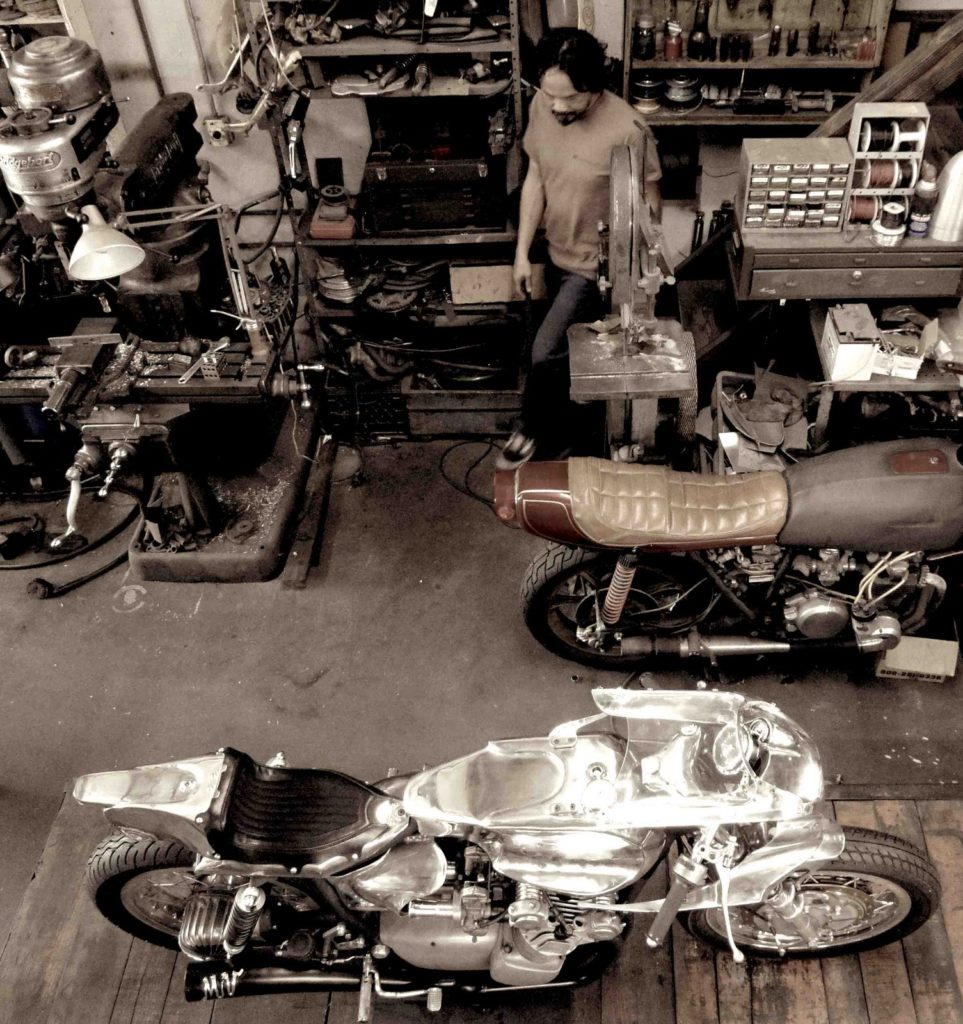
Shinya interviews those who commission his machines, finding what music they enjoy, what they wear, what they eat, but takes no input regarding the direction of his labor. After finding a donor motorcycle and necessary parts, he may ask a client if the particular marque is an acceptable base for their machine, as happened when a friend offered Shinya an MV Agusta 750 to modify. Would that I could have been on the other end of that phone call - 'I have a four-cylinder MV - can I make you a bike from this?' Mind boggling.
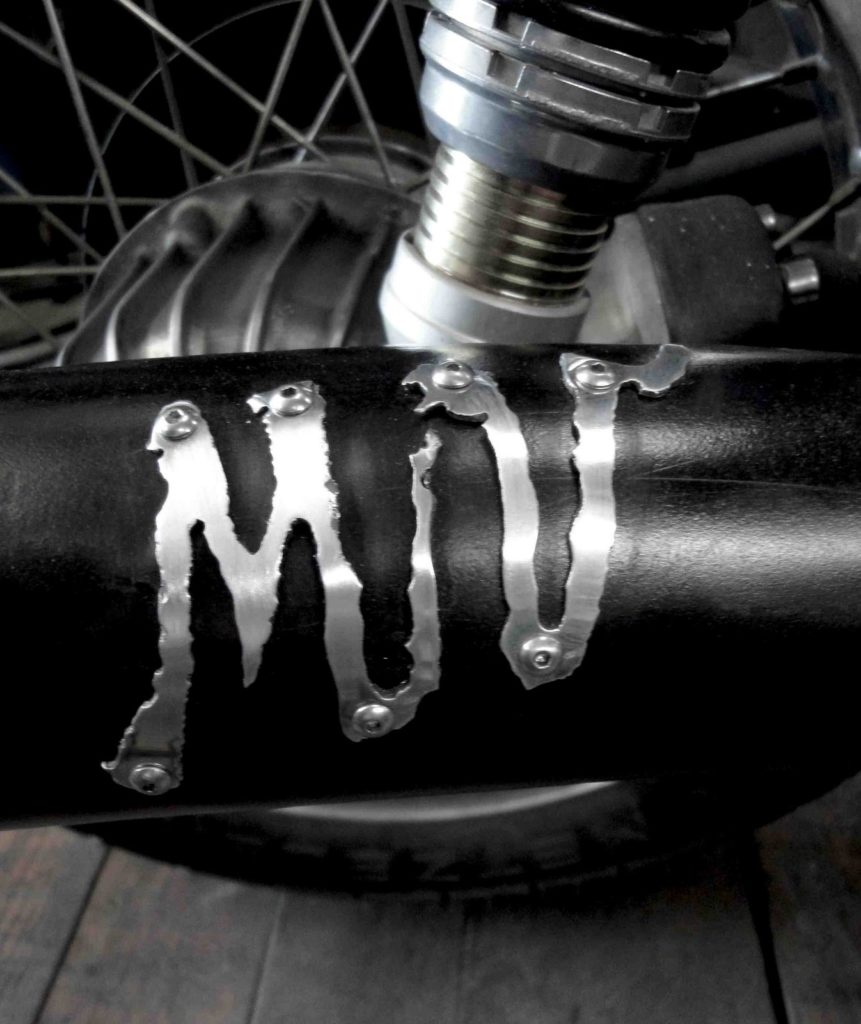
Of his working process, Shinya says, "I don't always know what the bike will look like; I don't imagine the finished design when I begin. I would get bored if I knew what I was going to make. Every time I'm surprised..."
